

Annual Outdoor & Hunting Issue

Old Game, New Generation Mahjong: Making a Comeback

Fall Decor TIPS

Apples & Apps
Desserts and Appetizers for Fall
2024 DELTA DOG
Photo Contest Winners




Annual Outdoor & Hunting Issue

Old Game, New Generation Mahjong: Making a Comeback

Fall Decor TIPS

Apples & Apps
Desserts and Appetizers for Fall
2024 DELTA DOG
Photo Contest Winners

6286 Briarcresst Ave, Suite 300, Memphis, TN 38120 55 Physicians Lane, Southaven, MS 38671 901.747.1007 • vip@msit.com
IR Oncology Procedures
• Tumor Thermal Ablation
Why refer to the Cancer Care Team at VIP?


• SIRT Y90
• TACE
• Embolization
• Interventional Pain Palliation
• Personalized Biopsy
• Venuous Access



• Collaborating with the refering oncologist to develop an individual treatment plan for patient
• Ongoing communication on patient progress
• Access for patient consults and procedures in a timely manner




Do you recognize any of these symptoms?
• Frequent need to urinate, especially at night
• Difficulty starting urination
• Weak urination stream
• Urinary urgency
• Urinary incontinence

Why UFE for uterine fibroids?
• Less Recovery Time
• No Hospital Stay
• Covered By Insurance
• Minimally Invasive
• Less Bleeding and Pain with Periods
• Outpatient enviornmentno hospital stay for patient
PAE Benefits
• Outpatient procedure
• Low risk of complication
• Reduced side effects
• Very little downtime
• 90% of patients see results
Prostate Artery Embolization (PAE) is a minimally invasive procedure that relieves symptoms by reducing blood supply to the prostate gland and improves urinary functions.
Why choose the Fibroid Team at VIP?
• Most UFE Experienced Physicians in the Mid-South
• CRNA Provider to Oversee Pain Management and Comfort
• Private Recovery Rooms
• Convenient Outpatient Clinic




You can plan everything for your vacation — except a last-minute work emergency. That’s where we come in. With nationwide 5G wireless and fiber-fast home internet, from C Spire, you’re always as connected as you want to be. C Spire. Inspired by You.








Publisher: J. Scott Coopwood
Editor in Chief: Cindy Coopwood
Managing Editor: Taylor Armstrong
Director of Production: Pam Parker
Director of Special Projects: Kelli Williams
Contributing Editors:
Maude Schuyler Clay, Lea Margaret Hamilton, Jim “Fish” Michie, Brantley Snipes, Roger Stolle
Digital Editor: Phil Schank
Consultant: Samir Husni, Ph.D.
Graphic Designers: Sandra Goff, Maggi Mosco, Denton Reed
Copy Editor: Suzanne Durfey, Camille Walker
Contributing Writers:
Emily Austin, Jim Beaugez, Emma Ellard, Jane Gully, Joey Lee, Sherry Lucas, Susan Marquez, Kelli Williams, James Taylor Webb, Wade S. Wineman, Jr.
Photography:
Tom Beck, Drew Dempsey, Rory Doyle, Hannah Joyce, Sherry Lucas, Brandall Laughlin, Stephanie Rawlinson, Scott Speakes
Account Executives: Joy Bateman, Melanie Dupree, Cristen Hemmins, Kristy Kitchings, Wendy Mize, Ann Nestler, Cadey True
Circulation: Lyndsi Naron
Accounting Manager: Holly Tharp
POSTMASTER: Send all address changes to Delta Magazine, PO Box 117, Cleveland, MS 38732
ADVERTISING:
For advertising information, please call (662) 843-2700
Delta Magazine accepts no responsibility for unsolicited materials or photos and in general does not return them to sender. Photography obtained for editorial usage is owned by Delta Magazine and may not be released for commercial use such as in advertisements and may not be purchased from the magazine for any reason. All editorial and advertising information is taken from sources considered to be authoritative, but the publication cannot guarantee their accuracy. Neither that information nor any opinion expressed on the pages of Delta Magazine in any way constitutes a solicitation for the sale or purchase of securities mentioned. No material in Delta Magazine may be reproduced in any form without the written consent of the publication. Delta Magazine is published bimonthly by Coopwood Magazines, Inc., 125 South Court St., Cleveland, MS 38732-2626. Periodicals postage paid at Cleveland, MS and additional mailing office. POSTMASTER: Send address changes to Delta Magazine, PO Box 117, Cleveland, MS 38732-0117. Delta Magazine (USPS#022-954)
Delta Magazine is published six times a year by Coopwood Magazines, Inc.
EDITORIAL & BUSINESS OFFICE ADDRESSES:
Mailing Address: PO Box 117, Cleveland, MS 38732
Shipping Address: 125 South Court Street, Cleveland, MS 38732
E-mail:
publisher@deltamagazine.com
editor@deltamagazine.com deltamagazine.com








SEPTEMBER THRU OCTOBER
Mississippi coastal sculptor/painter
Nina Cork shares her passion for the visual arts with an exhibition of her work over the past four decades.
JOIN US OCTOBER 4-5
for the largest Plein Air Paint Out in Mississippi. Come paint beautiful Greenwood in the heart of the Delta.




MONTH OF NOVEMBER
Enjoy fascinating work from Turkishborn DSU Assistant Professor of Art and Animation Korkut Akacik and his wife Yelda Akacik.
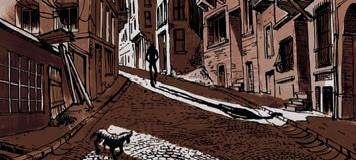

MONTH OF DECEMBER
Lee Harper’s Miniature Dioramas are sure to enthrall young and old alike. Doe’s Eat Place has been shrunk to fit on a steak platter!



Fall is a great time for a day trip, and there’s no better place to visit than the Museum of the Mississippi Delta. Located in Greenwood, we’re just a short hop from most of north Mississippi and eastern Arkansas. Don’t pack a thing–just load up and head our way!


1608 US-82, Greenwood, MS 38930 / T: (662) 453-0925 / www.museumofthemississippidelta.com






As you receive this issue, Labor Day will soon kick off dove season and all the wild game seasons that largely define this special time in the Mississippi Delta. Being raised by an avid hunter, then marrying one and becoming the mother of two now-grown sons who live and breathe by the hunting seasons was a great education—and has molded my life in some unusual ways.
For example, it was Scott’s dear friend, the late Jody Foret, apparently impressed as he watched me cleaning doves along with the college buddies Scott had invited for a Shelby dove hunt, who exclaimed, “Coopwood, you’d better marry that girl!” That was back in the fall of 1988, and the rest, as they say, is history. I would never have guessed that the mundane, somewhat gory skill my father taught me—under duress, I might add—would be on the list of desired qualities in a wife.
One of my core childhood memories is helping my dad process and package the various game he and my brother brought home with each hunting season. It was a veritable parade of doves, squirrels (it was like pulling off tiny sweaters), rabbits, and venison—which provided the vast majority of all protein consumed in the Callahan household. We had a system down that involved a lot of Saran wrap, freezer paper, and masking tape. Our family dog, Snoopy, a little white and black mixed breed did not hunt, but was delighted to stand nearby along with whichever cats we had at the time to eagerly await the scraps tossed aside.
Along with this fond memory, I will add that in raising our sons, I did my best to pass down this useful knowledge and eventually worked myself out of the job! Their cleaning, processing, and wild game cooking skills now far surpass mine.
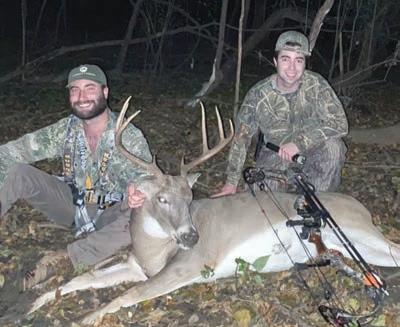


You will see that this issue is packed with fall goodness. We have poured ourselves into the 2024 Outdoor and Hunting section, page 95, which includes an interview with Laird Hamberlin of Safari Club International, un update on what’s going on with Ducks Unlimited in the Delta, readers’ stories of their favorite hunting companions, an Argentinian duck hunt, plus the winners of our Delta Dog Photo Contest and more.
We also share the work of Charleston artist Vicki Wood and the story of the Delta’s own Johnny Appleseed, Larry Stephenson, of Carrollton. And since it is harvest time, we share three incredible apple desserts perfect for the season and fantastic appetizers that’ll take you from a porch party to your next tailgate. You’ll also read about the resurgence of Mahjong—the game that time forgot—which has had a major revival, with ladies across the Delta getting in on the trend.
A tremendous amount of work goes into every issue of Delta Magazine, but the fall issue truly inspires us because it represents the best of this unique place we call home—and we hope it will inspire you as well!
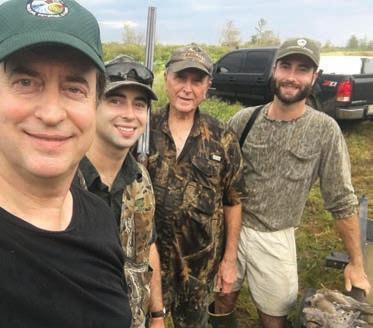
As always, please stay in touch with us and share your feedback, story ideas, photos from around the area, or any of our recipes you’ve tried! Email me at editor@deltamagazine.com or tag us @deltamagazine.
We hope to hear from you soon and happy fall! DM
Cindy Coopwood Editor @cindycoopwood
| editor@deltamagazine.com


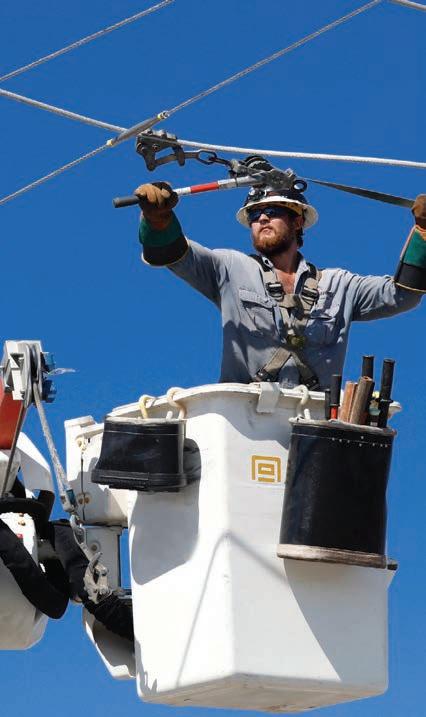


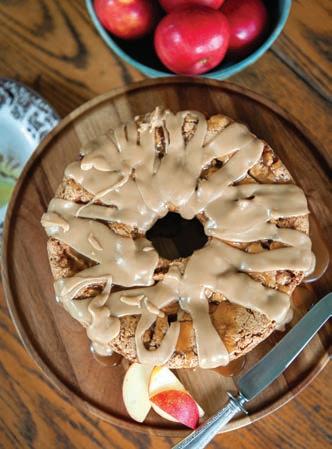
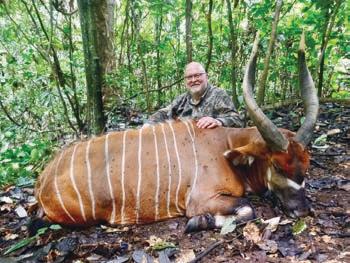

The resurgence of the ancient game in the
Carrollton’s own Johnny Appleseed propagating heirloom apple
Safari Club International: An interview with CEO, Laird Hamberlin, page 96
Lanier Bonner: Making custom leather goods, page 104

Reviews of new releases and what Deltans are reading now
Autumn Inspiration: Fun fall finds
VICKI WOOD
Charleston artist breaking all the rules
RENOS AND REBUILDS: Hunting lodges by Memphis designer J. Wilson Hunt
Fall tablescapes & tips, page 90 142 FOOD
APPLES & APPS
Recipes and appetizers for your next porch party or tailgate
Autumn appetizers, page 145
MISSISSIPPI RAILROADS: The story of the Bigleben Railroad
Where we’ve been, where we’re going next
Off the Beaten Path Roaming the real and rustic Delta
The Hope Cup: Premier Sporting event to benefit the Magnolia Speech School, page 110
World Class Hunts: An exceptional duck hunt in Argentina, page 118
A Man and His Dog: Readers sharing hunting dog stories, page 122
Cross Border Conservaton: Ducks Unlimited’s Continental Impact in the Delta, page 126
2024 Delta Dog Photo Contest Winners, page 134

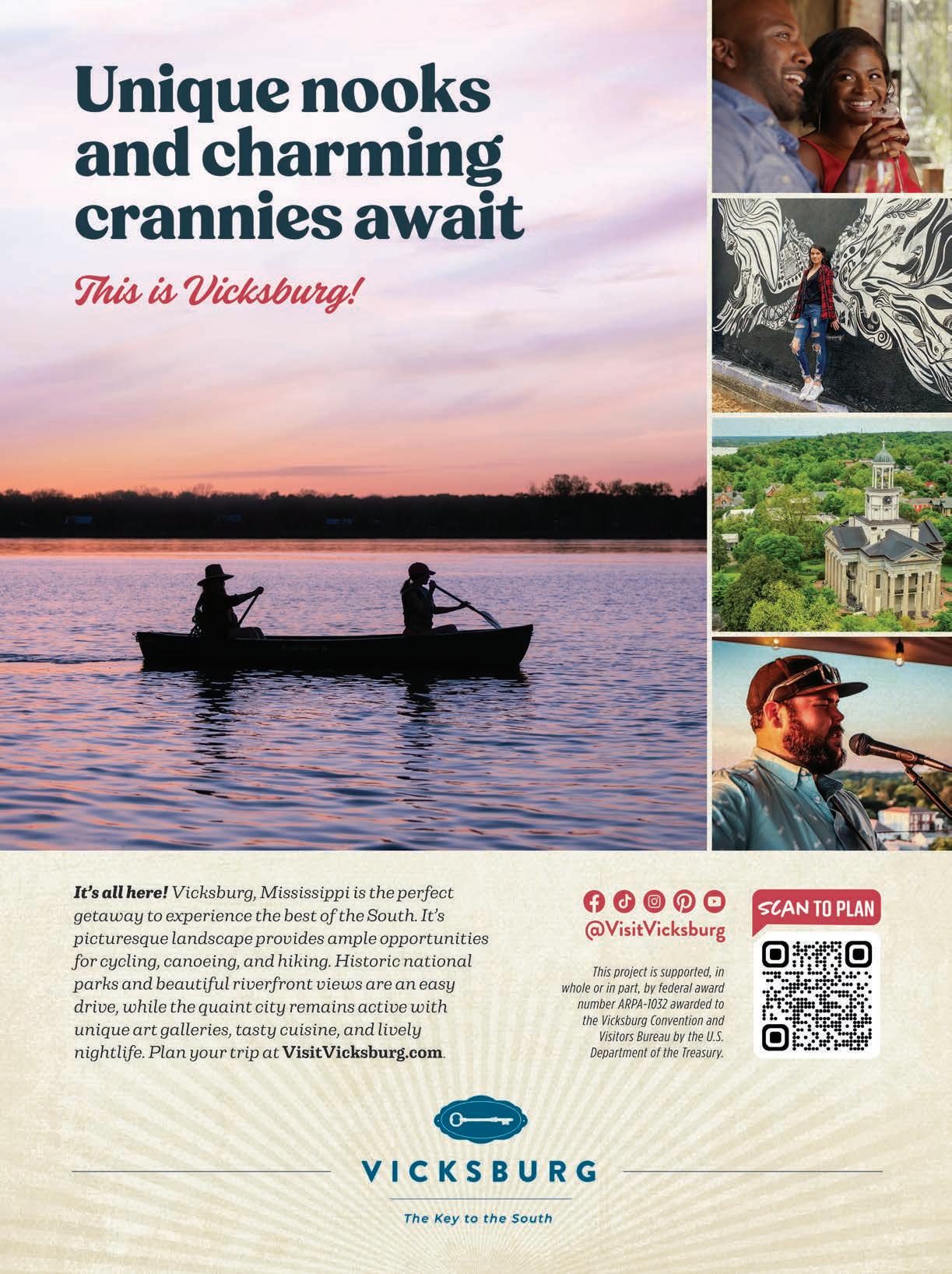








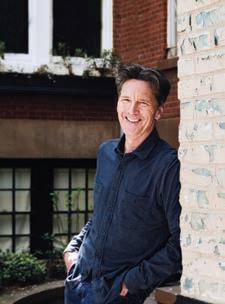
I am writing to say how much I enjoyed the cover story Andrew McCarthy. I was born in Clarksdale and recently moved back here and have been rediscovering my roots in the wild, wonderful, and beautiful Mississippi Delta.
A few months ago, while at an event at the lovely Travelers Hotel in Clarksdale, I saw a man in the lobby and instantly recognized him as McCarthy. My teenage heart swooned. Yet in that moment— instead of having the courage to say hello to someone who felt like an old friend—I froze up like a teenage Andie Walsh (if you know, you know.). St. Elmo’s Fire, Pretty in Pink, and Less Than Zero were the defining films of my high school years and the music from them my soundtrack.
Several years ago, I discovered McCarthy’s travel writing, and have been reading his books. I’m thrilled he’s discovered the Mississippi Delta and appreciates its musical and literary histories and cultural richness. I look forward to his next visit here. Maybe by then, I can find my voice and tell him how much I love his writing. He’s certainly found his.
Amanda Crumley Clarksdale, Mississippi

This was a wonderful opportunity and big blessing to me. Thank you so much!
Kathy Sue Wells Madison, Mississippi
Just received my July/August issue of Delta Magazine and was pleasantly surprised with Stafford’s take on my homeplace! I grew up on Highway 35 South about ten miles from Batesville and fifteen miles from Charleston. Our family farm encompassed property on both sides of the highway and our house sat on the north side facing beautiful fields to the south. We had hills in the back and the Yocona river bottom in the front, it was truly a special place! His appreciation of the topography and how it can apply to life was inspiring. Kudos to Stafford for eloquently sharing what I was blessed to know and experience.
Susan Randolph Lewis Sardis, Mississippi

I love the Delta Kitchen enewsletter! I recently made the squash tart from earlier this summer and we all loved it. Plus we had some leftover that held up well for a couple of days. Sounds like people are really enjoying the Delta Kitchen!
Frances Zook Oxford, Mississippi
Several of my friends and I have all subscribed to the Delta Kitchen! I made the tomato galette a few weeks ago and it was a hit. I also made the Jiffy Corn Casserole for my church potluck—it was the perfect thing to take!

I wanted to write and tell you how exciting it’s been being featured in Delta Magazine and highlighted with my artwork.
Susan Wiggins Madison, Mississippi
The two-ingredient chocolate Cola cake in the last Delta Kitchen was absolutely delicious! I bake all the time, but had never made it. It’s is so simple and definitely our a new favorite dessert. Thanks for sharing!
Kay Downs Cleveland, Mississippi
SOCIAL MEDIA COMMENTS
@deltamagazine


SEC Football is only a few weeks away! What is your favorite go-to dish to serve while tailgating?
Gilled Magnolia sausages. – Marilyn Cox
BBQ and all the sides. – Rita Johnson
Gooey butter cake cut in square is always a hit. Captain Rodney’s Dip with Fritos and Taylor Grocery Chicken or catfish strips! – Melanie Saffold
BLT dip or the ever trusty sausage balls!
– Suzanne Barnette
My favorites are corn cheese dip—it’s so easy — sausage rotel cream cheese hot dip for colder days and sometimes brunch depending on game time!
– Cathy Miller
I like to make those ham and cheese sliders on Hawaiian bread. They are my kids favorite!
– Kay Downs
A huge bowl of individual chip bags! You would not believe how popular they are! I also always make a pasta salad. – Lea Margaret Hamilton
I love corn dip, Captain Rodney’s or the ham and swiss sliders on Hawaiian rolls! – Sandy Tidmore
I love to grill brats and bring red beans and rice. Especially for the LSU game. – Chris Spencer

If you had to choose your favorite wild game recipe, what would it be?
Smoked venison sausage with red beans and rice.
– Jay Johnson
Marinated grilled venison. – Cindy Coopwood
Alligator court bouillon. – Rogers Varner
Fried venison with mashed potatoes and gravy, the bomb. – Sandra Goff
Venison tenderloin filleted and stuffed with cream cheese and jalapeños and then wrapped with bacon.
– Thomas Coopwood
Fried venison with rice and gravy. – Ray Callahan
SEND COMMENTS AND LETTERS TO: editor@deltamagazine.com or Delta Magazine, PO Box 117, Cleveland, MS 38732


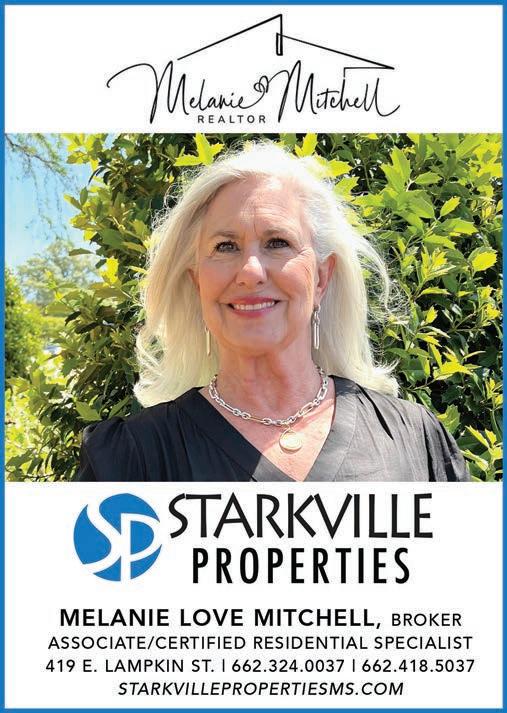





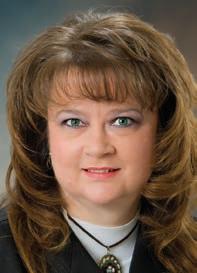
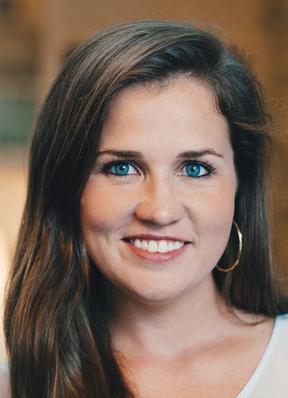


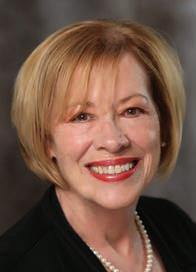

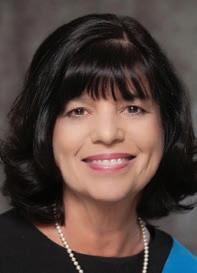
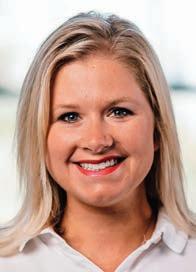

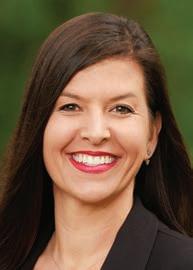


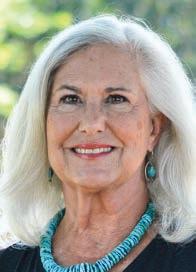



the levee
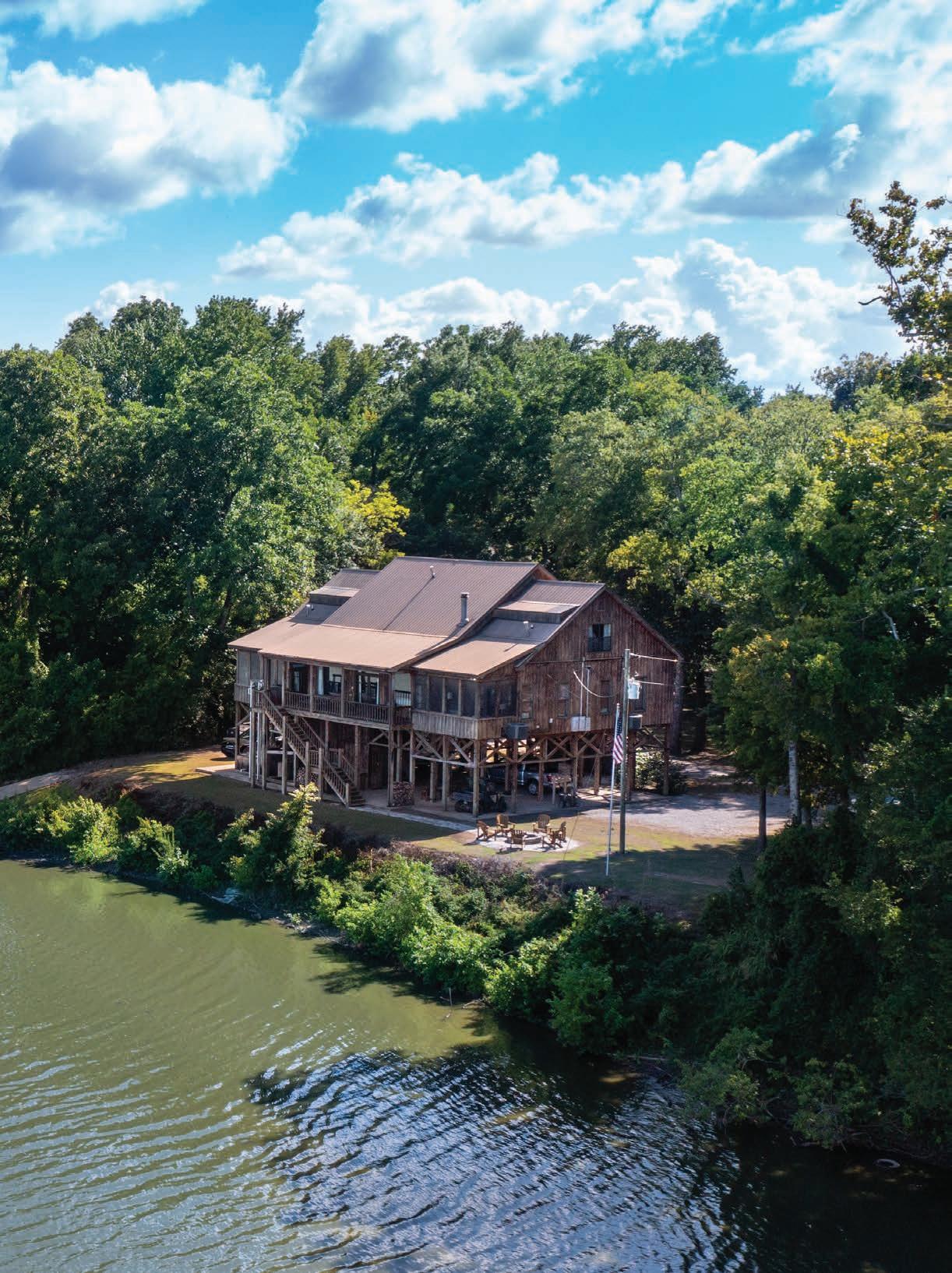



where we’ve been, where to go next

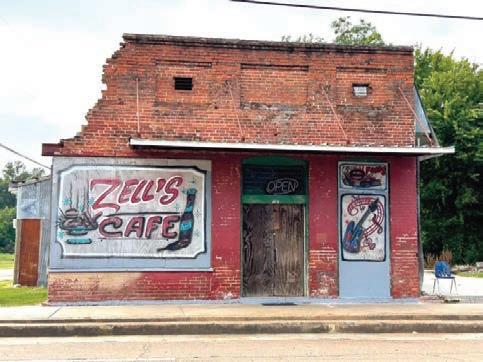
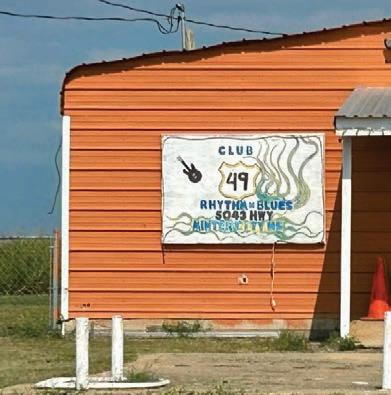
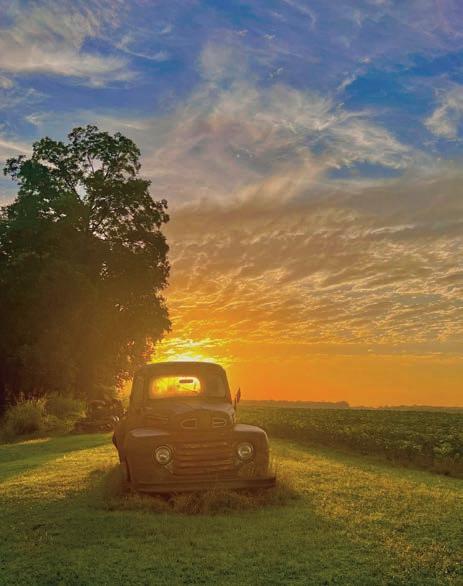

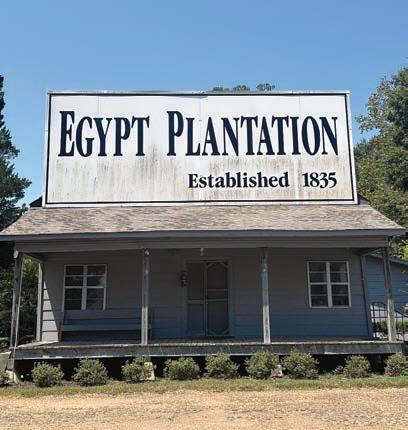

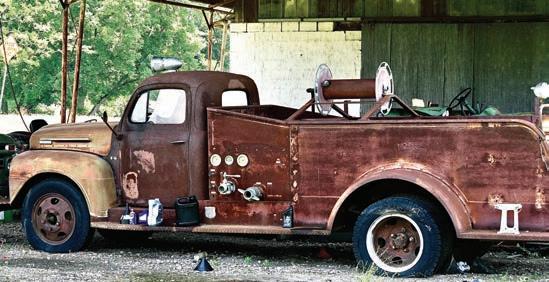
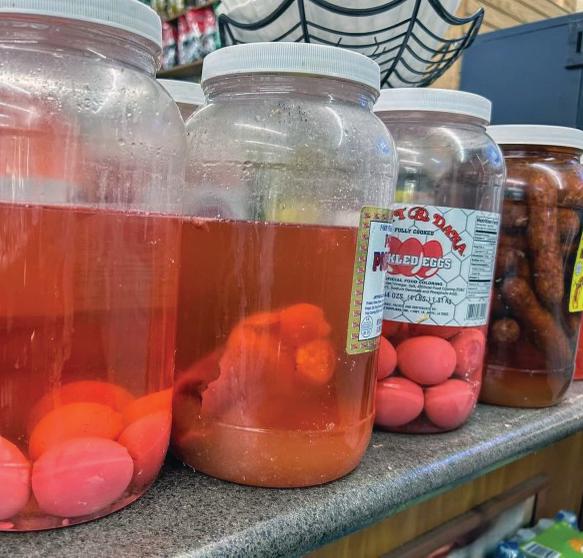





Chuck’s Dairy Bar rebuilds stronger and better
CHUCK’S DAIRY BAR HAS BEEN A BEACON OF COMMUNITY SPIRIT FOR NEARLY SIXTY YEARS. On March 24, 2023, this beloved institution faced its darkest hour along with the entire city of Rolling Fork, when an EF-4 tornado ravaged the area, leaving a trail of devastation in its wake.
The town was flattened, and Chuck’s was no exception. However, in a remarkable act of heroism, owners Tracy and Tim Harden rushed their staff into the restaurant’s walk-in cooler mere seconds before the tornado struck, saving multiple lives, including their own.
Chuck’s is more than just a restaurant, it’s a pillar of the community. From providing free meals to those in need, delivering food to seniors, organizing community fundraisers, to giving cookies and hot chocolate to kids over the holidays, Chuck’s is a shining example of neighborly love.
After the storm, the Harden’s resilience and dedication shone through as they continued to serve their community, operating out of a food trailer for nearly fifteen months. Chuck’s provided free meals to around 500-600 people daily.
Now, Chuck’s Dairy Bar has reopened, marking a new chapter for this iconic restaurant. Tracy recalls the whirlwind reopening, “The feeling of being back was that it’s been way too long and we are finally home!” she exclaimed. “My support system in this little town of mine is amazing! It just grew after the tornado. People from all over the world have sent love and kindness our way.”
One significant improvement is that the new building is now handicap accessible. “That had to change, and it’s been a pleasure watching people in wheelchairs roll right on in with everyone else,” Tracy shared.
And though the building is new, the menu remains the same. “We kept the same menu…We are most known for our chuck burger which is the chili and slaw burger, the strip steak baskets, homemade onion rings, fried chicken and our shakes. The pineapple shake is a favorite!”
Chuck’s Dairy Bar stands as a testament to resilience and the power of hope. Tracy’s advice to others resonates deeply, “I just encourage people to get up each day with the mindset that no matter what happens, you’ll be okay. All the times I thought I wouldn’t be okay, or I wouldn’t make it…I was, and I did!”
As the new chapter unfolds, Chuck’s will continue to be a beloved gathering spot. Whether you’re stopping by for a chuck burger or a pineapple shake, you’re stepping into a legacy of love and determination that will inspire generations to come.
20668 Highway 61, Rolling Fork; 662.873.4021 chucksdairybar.com; Facebook: Chucks Dairy Bar
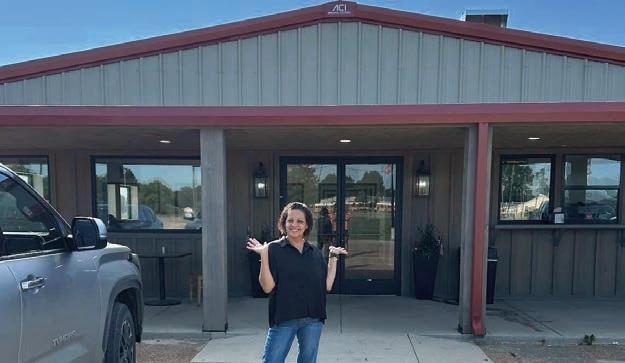
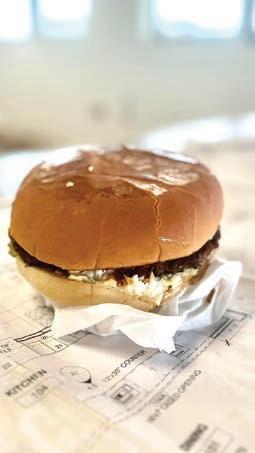
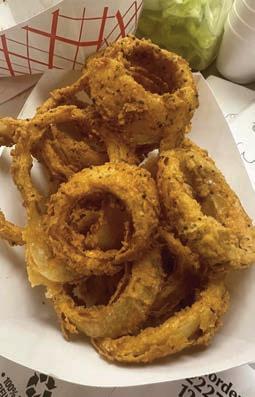

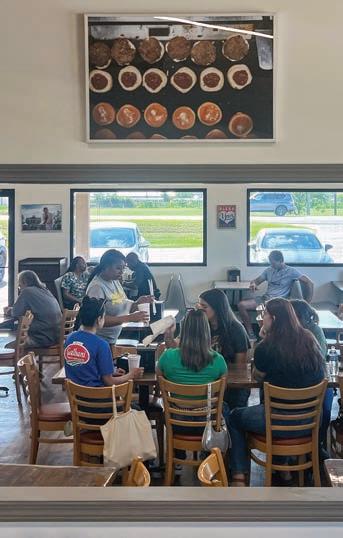
The storied restaurant has reopened with a new owner at the helm
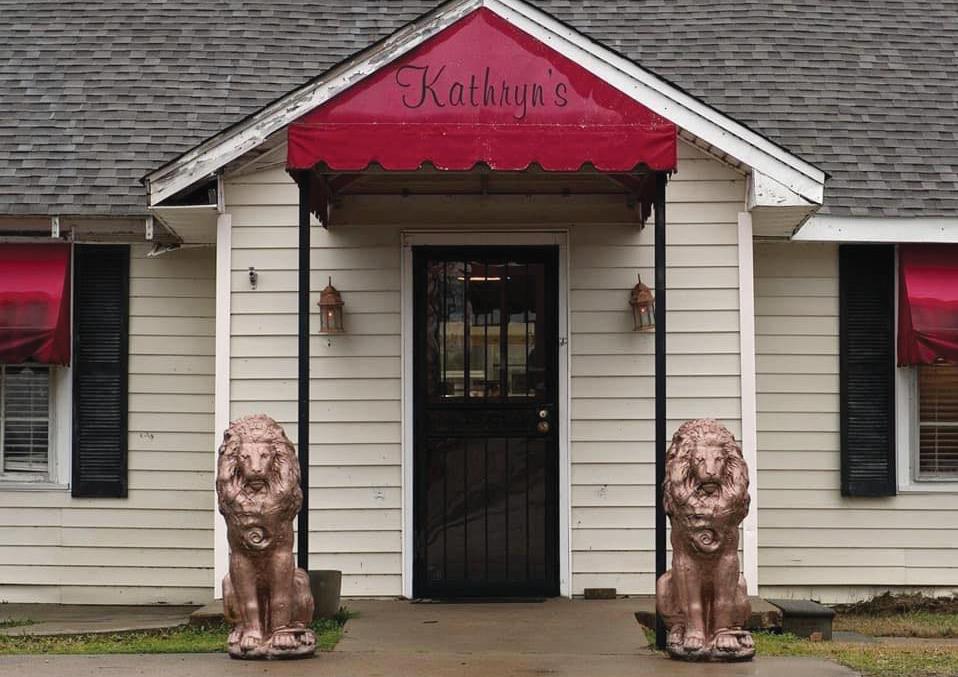
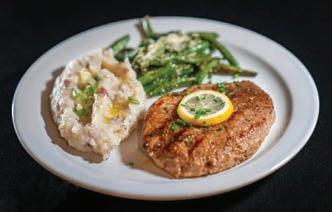

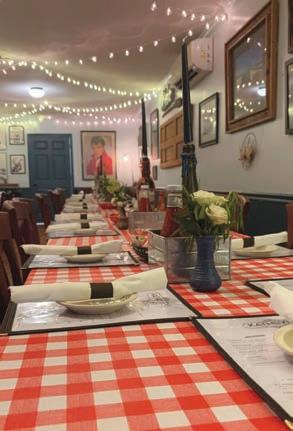

TIMELESS, CLASSIC, AND TRADITIONAL ARE THREE WORDS THAT PERFECTLY DESCRIBE KATHRYN’S ON MOON LAKE. Originally the family home of Frank and Kathryn Rossi, it eventually became a restaurant, speakeasy, and, at times, an abandoned building. Tennessee Williams and William Faulkner were once regulars at this place, their creativity flowing alongside the swirling tobacco smoke, steak, salad, and Kathryn’s “world-famous” onion rings.
Established in 1937—times were tough when Rossi, an Italian immigrant, and his wife, Kathryn, who emigrated from Ireland, needed another way to make money. So, they set up a few tables and opened a restaurant inside their house.
The establishment has changed ownership often since its doors first opened. Most recently, it has been revitalized by new owner, Whitney Myers, who grew up going to Kathryn’s. Myers worked as a manager at nearby Uncle Henry’s, another long-standing Moon Lake restaurant that recently closed. The very day Uncle Henry’s closed, Myers turned around and bought Kathryn’s, taking much of the staff with her in the new venture.
“Purchasing Kathryn’s and the way it came about was a blessing from God,” Myers explains. “A generous friend wanted to see me be successful with it and literally handed me the money. And off we went!”
“I bought the building in early May, and we opened two weeks later. We have been fully booked with reservations and have had such positive feedback. Kathryn’s is back!” says Myers, who, by day, also happens to be the Physical education teacher at St. Elizabeth’s School in Clarksdale.
The beloved restaurant has so much history that Myers tried to change as little as possible. “I wanted it to be as much like the original Kathryn’s as it could be. But I had to paint the back room,” she laughs.
Meyers also kept most of the restaurant’s favorites on the menu but added some new dishes such as pork chop preparation, redfish, and buffalo shrimp. “Kathryn’s original favorites are the onion rings, fried pickles, Kathryn’s salad, and the blackened catfish,” she says. Kathryn’s also remains a BYOB establishment.
Myers’s leap of faith has been a huge success, with the much-loved restaurant serving up to 120 people per night on weekends. Call for reservations.
5770 Moon Lake Road, Dundee; 662.624.1248
Facebook: Kathryn’sOnMoonLake





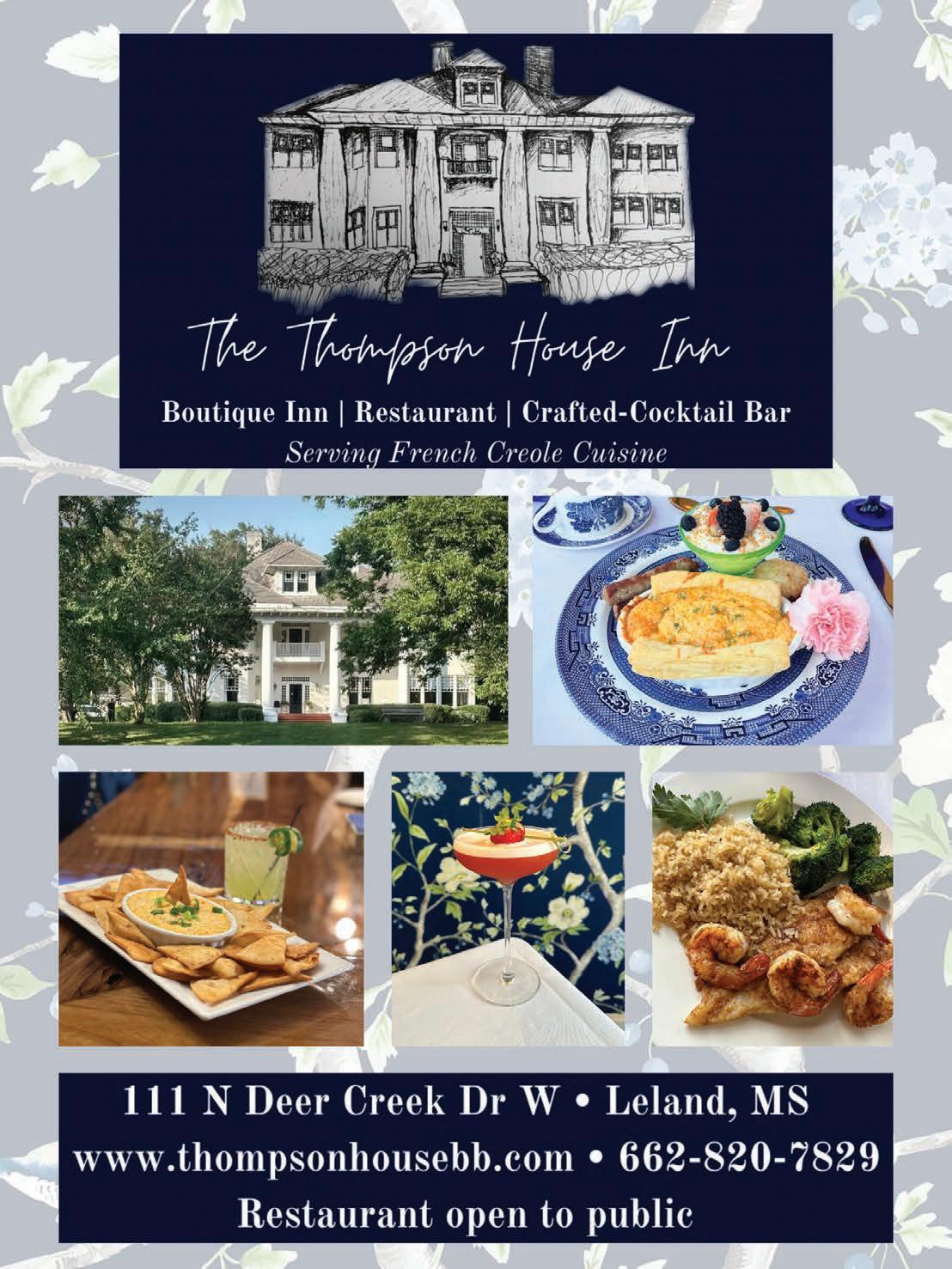
See the new Taylor Swift exhibit and Country Music Trail Marker
Calling all Swifties! Head to Cleveland this fall to get your Taylor Swift fix at the new exhibit at GRAMMY Museum® Mississippi titled Taylor Swift: Through The Eras. The exhibit, sponsored by Visit Mississippi, celebrates the GRAMMY winner’s prolific career with many artifacts, instruments and memorabilia that represent each of Swift’s 11 eras.
Some of the amazing artifacts include—Swift’s custom Taylor GS-6 “Sparkle Guitar” played throughout her Fearless Tour, the Stella McCartney coat worn by Swift on the cover of her 2020 album evermore, the Oscar de la Renta dress and Christian Louboutin shoes worn at the GRAMMY Awards in 2021, and the Maticevski gown and gloves worn in the music video for “Fortnight (feat. Post Malone).”
“We couldn’t be more excited to debut Taylor Swift: Through The Eras at our Mississippi Museum,” says Emily Havens, Executive Director of GRAMMY Museum Mississippi. “Swift has won an impressive fourteen GRAMMYs, and is the only artist to win four Album of the Year GRAMMYs. It’s incredible, and we can’t wait to share this story with our visitors.” The exhibit opened, August 23, and will be on display through early February 2025.





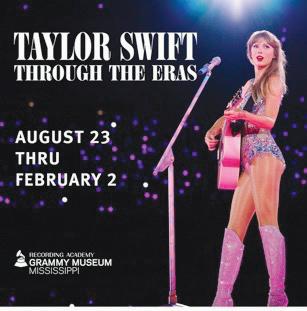
country music through the newest Country Music Trail Marker at GRAMMY Museum Mississippi,” says Visit Mississippi Director Rochelle Hicks. “This world-class attraction shares the musical influence and achievements of legendary Mississippi artists from the past and present with thousands of visitors every year, and we are thrilled to showcase it on the historic Mississippi Country Music Trail.”
While there, hop on the Mississippi Country Music Trail and check out their newest marker which honors numerous GRAMMY Award-winning country music artists from Mississippi, including Tammy Wynette, Marty Stuart, Faith Hill, Charley Pride, Bobbie Gentry, LeAnn Rimes, Carl Jackson, and Paul Overstreet.
“We are proud to highlight Mississippi’s significant contributions to
Add a dash of Magic with Ty Thames’ new Culinary Creation
Hot sauce is a must-have in the South, whether you’re a spice lover or just looking to jazz up your dishes. And if you’re a fan of unique, local flavors, you’re in for a treat with Mississippi Red Pepper Sauce. Back in 2015, during a fishing tournament in Panama City Beach, Ty Thames embarked on a culinary adventure that would change his life. As the chef aboard a fishing boat, Ty’s cooking skills faced the ultimate test. Armed with enthusiasm and a basket of heirloom peppers, he whipped up what would soon become a favorite hot sauce, known today as Mississippi Red.
Havens agrees. “It is such an honor for us to have a permanent place on the Mississippi Country Music Trail to share the history of country music in this great state with future generations to come,” she says.
GRAMMY Museum Mississippi is open Tuesday through Saturday from 10 a.m. to 5 p.m. and Sunday from 12 p.m. to 3 p.m.
662.441.0100; grammymuseumms.org Facebook: GRAMMY Museum Mississippi; Instagram:@grammymuseumms


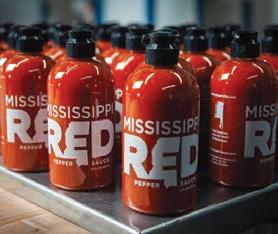
where he owns three restaurants: BIN 612, Restaurant Tyler, and The Guest Room.

“The sauce came about quite spontaneously,” Ty recalled. “I was unpacking ingredients from a basket provided by my friend Sam McLemore from Bountiful Harvest Farms, and I saw these beautiful red peppers. My mind started racing with possibilities.” Ty created a marinade combining roasted garlic, fresh herbs, and vinegar that was a hit with the crew. Ty’s culinary creation began to take on a life of its own.


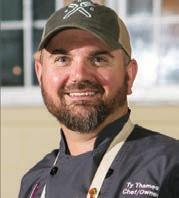
Ty Thames
Born and raised in Clinton, Ty’s passion for cooking took him to the New England Culinary Institute in Vermont and an apprenticeship in Parma, Italy. Today he calls Starkville home,
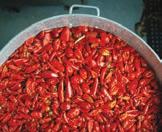
Initially, Mississippi Red was a small-batch creation crafted for friends and family. However, as the sauce’s popularity grew, so did Ty’s ambition. In 2020, he built a production kitchen at his farm in Houston, Miss., and began producing the sauce on a larger scale. The sauce is now available in approximately thirty stores across the state and in his restaurants. An online store and Amazon availability are coming soon. And stayed tuned, as Ty continues to innovate and expand, he’s also working on a hot honey and a spicy mayo.
What sets Mississippi Red apart from other sauces is its unique flavor profile. “It’s a well-balanced, fermented hot sauce with a sweet twang, herbs, and garlic,” Ty explained. Whether paired with pork chops, eggs, fried catfish, or used as a marinade for grilling fish, Mississippi Red Pepper Sauce promises to bring a touch of culinary magic to every meal.
662.324.8422; msredpeppersauce.com
Facebook: MississippiRedPepperSauce; Instagram: @msredpeppersauce
Vibrant Events and Fantastic Food in Yazoo City
Old Gringo Saloon in Yazoo City was opened earlier this year by Scott Weaver and Lynette Quiroga and has quickly become a beloved spot for locals and visitors alike. By day, it’s a familyfriendly dining spot, and as night falls, it transforms into a place perfect for winding down, hanging out with friends, or enjoying a date night.
“We strive to provide a little bit of Texas dance hall mixed with a hometown bar,” says Lynette. “Our vibe is one of a kind! We want to be a place where you walk in, and everyone knows your name. A place where regulars and newbies feel welcomed just the same.”

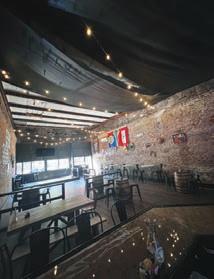
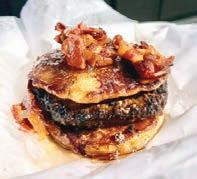

But it’s not just the food that draws the crowds; it’s the vibrant events calendar. From bike nights on Sundays and karaoke twice a month to game nights on Thursdays and live music every Friday and Saturday, there’s always something happening at the saloon.
Working with the local visitors’ bureau and other businesses, Old Gringo hosts community events and is set to introduce an open mic on Sunday afternoons starting in August, giving local entertainers a place to showcase their talents.

The menu offerings are as diverse as they are delicious. The restaurant offers a nice mix of Tex-Mex and comfort food, with standout dishes like the “Risk It for the Brisket” sandwich and brisket mac and cheese.
“We strive to provide our guests with meals that contain fresh ingredients, plenty of flavor, and the taste of home,” Lynette says. “Many of our recipes have been passed down from generations or are recipes we cook for our children daily.”
A celebration of European automotive excellence
For the past sixteen years, on the first Saturday in October, the Renaissance at Colony Park in Ridgeland has transformed into a vibrant showcase of European automotive elegance. The Renaissance Euro Fest combines an impressive collection of classic and modern European cars and motorcycles.
Founded by passionate Mercedes collector Mike Marsh, the event has become a significant gathering for automotive enthusiasts and a highlight in the Southeastern United States.
Marsh’s inspiration for the festival came from his desire to find a local venue to display his collection. “There was no place locally to show my cars,” he recalls. “I said if I ever find a nice place, I’m going to put on a show. The Renaissance had just opened, so it was a winwin for both of us.”
Since its inception in 2009, the event has been held in October and has become a must-attend for car enthusiasts.
The Euro Fest is an invitation-only show for the vehicles. There are two shows in one—vintage vehicles that are at least twenty-five years old and newer models that must have exceptional attributes such as limited production or racing provenance to be accepted.
The main event on Saturday, October 5, will feature more than 125 judged cars and fifty to seventy-five non-judged vehicles in the Legends of the Interstate display. The festival also showcases around twenty-five European motorcycles, a rarity in American shows dominated by domestic brands.

Scott and Lynette have big plans for the future. They acquired the old Mijo Printing Company building and Smith Park courtyard, with plans to transform the courtyard into an outdoor amphitheater. This space will host a variety of events, from biker church services to concerts and outdoor games.
“This is just the beginning of our hope to bring life back to the 300 block of South Main Street!” Lynnette says.
“We have a calendar full of events every month, a dance floor, home cooking, and the coolest staff around!” Lynette says. Whether you’re a regular or a first-timer, the Old Gringo Saloon promises an experience that’s as unique as it is unforgettable.
305 South Main Street, Yazoo City; 662.763.5050; Facebook: OldGringoSaloon-Yazoo City, MS; Instagram:@oldgringosaloon


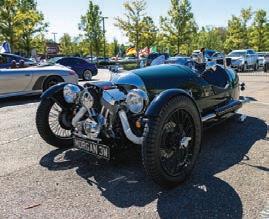

A family-friendly event with something for everyone, the festival will feature music, food trucks, and restaurants punctuated by more than 100 European flags adorning the venue in a vibrant atmosphere.
Marsh stressed that one of the most unique things about this event is that it is free for everyone—participants and spectators, “We couldn’t do that without such great sponsors,” he says. “As long as I’m doing this, participants and spectators won’t have to pay anything.” He says his passion for the event and the joy it brings to attendees is palpable. “This is my answer to my golf game, duck camp, deer camp, SEC football—all my joys wrapped into one bundle.”
The Renaissance Euro Fest promises to be a spectacular celebration of European automotive heritage.
1000 Highland Colony Pkwy, Ridgeland; 601.519.0900; euro-fest.net; Facebook: EuroFestClassicEuropeanAutoandMotorcycleShow
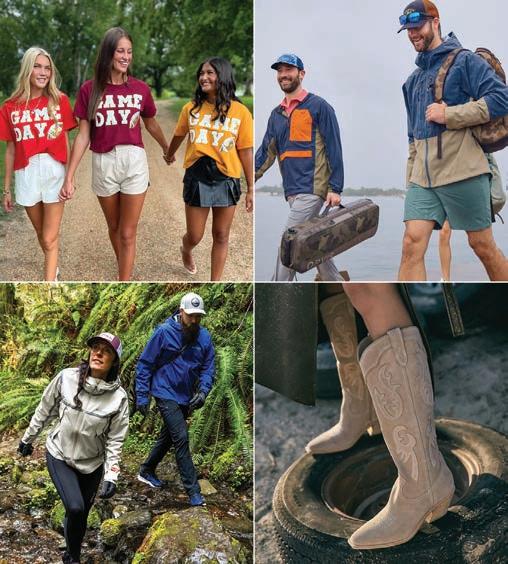



Aerie • Altar’d State • Alterations by Tailor Kim • American Eagle
Angie’s • Another Broken Egg Café
• Anthony Vince’ Nail Salon
Anthropologie • Aplós Simple Mediterranean
• Apple • Aqua the Day Spa • Aria Boutique • Athleta • AT&T • Ava’s Children’s Boutique • BankPlus • Barnes & Noble Booksellers • Barnette’s Salon • Basil’s • BellaChes Specialty Gifts • Brooks Brothers Buckle • CAET Seafood|Oysterette • Chicken Salad Chick
Chico’s • Club Champion • Club Pilates • Columbia Sportswear
The Commissary • ENZO Osteria • European Wax • Events by KPEP • Five Guys Burgers and Fries • Free People • The Fresh Market • Gifts by KPEP • Hallmark • Highland Park • Hyatt Place Hotel • Inspire Nutrition • Interior Spaces • J.Crew Factory • J.Jill Jolly Orthodontics • Koestler Prime • Lee Michaels Fine Jewelry
LensCrafters • Libby Story • Local 463 Urban Kitchen • LOFT
lululemon • Magnolia Soap & Bath Co. • Maselle & Associates
Material Girls • Milo + Olive • Mindful Therapy • Mochinut Mojito’s Cantina & Grill • Monkee’s • The Orvis Co. • Oswego
Jewelers • Pandora • Panera Bread • Penn Street Investments Red Square Clothing Co. • Regus • Renaissance Cinema Grill & Bar • Ridgeland Visitors Center • Sand Dollar Lifestyles
ScoopDeeDoo Ice Cream • Sephora • Sledge & Co. • Smoothie
King • Soma Intimates • Starbucks Coffee Sunglass Hut Talbots • Traditional Jewelers • Vintage Wine Market • Whimsy
Cookie Co. • White House|Black Market • Zea Rotisserie & Bar Your Shopping & Dining Destination for All


Jim Fraiser (American Writing Services)
Greenwood native Jim Fraiser appears to be mad as hell and unwilling to take it anymore. His latest work, American Comedy, a modern update on Dante’s Divine Comedy, is a fully irreverent ride through a modernday Hades set in The White House. Guided by the Roman poet and satirist Juvenal, Fraiser’s protagonist is led through both hell and purgatory, encountering an assortment of well-known, currentday villains and hypocrites being roasted by history’s greatest and most acerbic satirists. Fraiser’s writing is both biting and illuminatingly descriptive in this romp as he continues to be one of the best Southern satirists of the past thirty years. As in the classic this new novel is based on, his protagonist reaches Paradise in the end to find many revelations and truths, including some that many who read the book may have forgotten. A quirky, exhilarating read, that also entertains and enlightens. One would expect no less from Jim Fraiser. (Jack Criss)
TheFineArtofSingingforOne’sSupperandOtherStories by William Dunlap (Independently published)
“A useful definition of fiction might be a piece of writing so redolent with verisimilitude that it’s believable,” says William Dunlap.
Dunlap’s latest offering, The Fine Art of Singing for One’s Supper and Other Stories, takes the reader on a unique journey as the characters share insight into their own and others’ psyches.




The book imagines an exclusive dinner party in Manhattan where each guest is expected to tell a story, true or fictitious—it hardly matters. However, it must be entertaining. In the process, the guests find out a great deal about themselves and their formidable hostess. (DM Staff)
Hurricane Baby: Stories by Julie Liddell Whitehead (Madville Publishing)
In 2005, before, during, and in the immediate aftermath of Hurricane Katrina, author Julie Whitehead’s book Hurricane Baby: Stories shares tales of conflict and upheaval. The characters pull you into their lives as they try to figure out how to return to normal.
Wendy Magnum of Hattiesburg suffers remorse after having an intimate encounter with Judd McKay, a friend of her husband, Ray, trusted with his family during Hurricane Katrina. Tommy Herbert turns to alcohol to handle what he saw in search-and-rescue in Metairie, Louisiana. Mike Seabrook’s relationships with his God and his wife, Dinah, are tested after he loses a patient in his emergency room. Lori King goes into premature labor as a result of the storm, and her husband, James, discovers his best friend died trying to protect his home from looters. (DM Staff)
For the Record Books
o Marci McCarron Pinion
Capote’s Women by Laurence Leamer
o Linda Castleberry Showah
Let Us Descend by Jesmyn Wald
o Graham Clarke
Escaping the Delta by Elijah Ward
o Terry P. Lee
Escape from the Back Forty by Peggy Norris

We asked Facebook friends and the Delta Magazinefan page group members what is their favorite book about hunting they have ever read.
o Cindy Turner Roberts, retired Santa Rosa Beach, Florida
The Dummy Line by Bobby Cole
o Marie Quinn, retired Fairhope, Alabama
Race at Morning by William Faulkner




DeltaMagazine fans are currently reading

o Toni Bell Shannon
The Prodigal Son by Colleen McCullough
o Seth Wheatley III
The Widows of Malabar Hill by Sujata Massey
o John Cox

Walking With Sam: A Father, a Son, and Five Hundred Miles Across Spain by Andrew McCarthy
o Becky Smith
Oath and Honor by Liz Cheney
o Jerry Palmer, author Rock Hill, Mississippi
A Poacher’s Nightmare by Kennie Prince
o Will Tierce, quality engineer Merigold, Mississippi
The Bear by Andrew Krivak
o William Reed, business representative Dothan, Alabama
Death in the Long Grass by Peter Hathaway Capstick
o Stafford Shurden, farmer and restauranteur Drew, Mississippi
Where the Red Fern Grows by Wilson Rawls
o Rob Lowry
Death After Dishonor by Danny R. Smith
o Lee Myers Wiseman
The Poldark Series by Winston Graham
o Susan G Myers

The Delta in the Rearview Mirror by Di Rushing
o Bill Paxman
Southern Man by Greg Iles
Two-StepDevilby Jamie Quattro (Grove Atlantic)
Jamie Quattro’s literary talents are on full display in her newest novel, Two-Step Devil, which many say is her best novel yet.
In Lookout Mountain, Alabama, a seventy-yearold man lives on the edge of society and spends his days receiving messages from God. At an abandoned gas station, he spots a teenage girl in the back of a car with her wrists zip-tied. The Prophet sees it as his destiny to rescue her and believes she will help him take his visions to the White House. An alliance forms between them, built from the richness of his past and the hope of her future.

Inventive in its play with form, this novel is told from the point of view of the Prophet, the girl, and a mesmeric devil character. The story probes modern subjects in a most intelligent narrative voice. It is not to be missed. (Liza Jones)
TheWeddingPeopleby Alison Espach (Henry Holt and Company)
Alison Espach’s novel The Wedding People should be a huge hit due to its resonance and well-written humor—both dark and light.

Phoebe Stone has been through the wringer. After failed rounds of IVF, a painful divorce, and coming to terms with a career that is not what she thought it would be, she books herself a room at the Cornwall Inn, a hotel where she has always wanted to stay in Newport, Rhode Island. But she has only been able to reserve the room through a glitch because the hotel is completely reserved for a wedding. Phoebe is immediately swept up in the wedding festivities and comes to know Lila, the bride. What follows is a friendship that changes everything.
Smart, witty, and full of well-drawn characters, this is a fun read that will also tenderize the heart. (Liza Jones)
Ghostwriter:Shakespeare,LiteraryLandmines,andanEccentricPatron’s RoyalObsessionby Lawrence Wells (University Press of Mississippi)
Part literary mystery, part an examination of what constitutes fiction versus reality, Ghostwriter is based on the true story of author Lawrence Wells, then 45, hired by the University of Mississippi in 1987 to ghostwrite a novel for a wealthy, eccentric donor (“Mrs. F,” then 75), who was convinced that Edward de Vere, 17th Earl of Oxford, was William Shakespeare. Believing herself to be the reincarnation of Queen Elizabeth I, Mrs. F treated ghostwriter Wells as a “captive” Edward de Vere.

Their roller-coaster literary collaboration dramatized Elizabeth and de Vere’s romance, which, according to legend, produced a son (Henry Wriothesley) born in secret. Henry grew up to become the 3rd Earl of Southampton, who is universally acknowledged as “The Fair Youth” of Shakespeare’s sonnets and whose real-life descendants include Princess Diana and her sons, Prince Harry and William, Prince of Wales.
Wells and his late wife, Dean Faulkner Wells, niece of William Faulkner, traveled to England to research the life of Edward de Vere and interview proponents of the Shakespeare authorship debate.
Flashbacks weave several elements together—the seventeenthcentury mystery of Queen Elizabeth’s “royal bastard,” Wells’s evolving relationship with his eccentric patron, his search for the “real” Shakespeare, and the bawdy Elizabethan narrative he composed for his benefactor. The stories merge, leading to a surprising conclusion. (DM Staff) DM

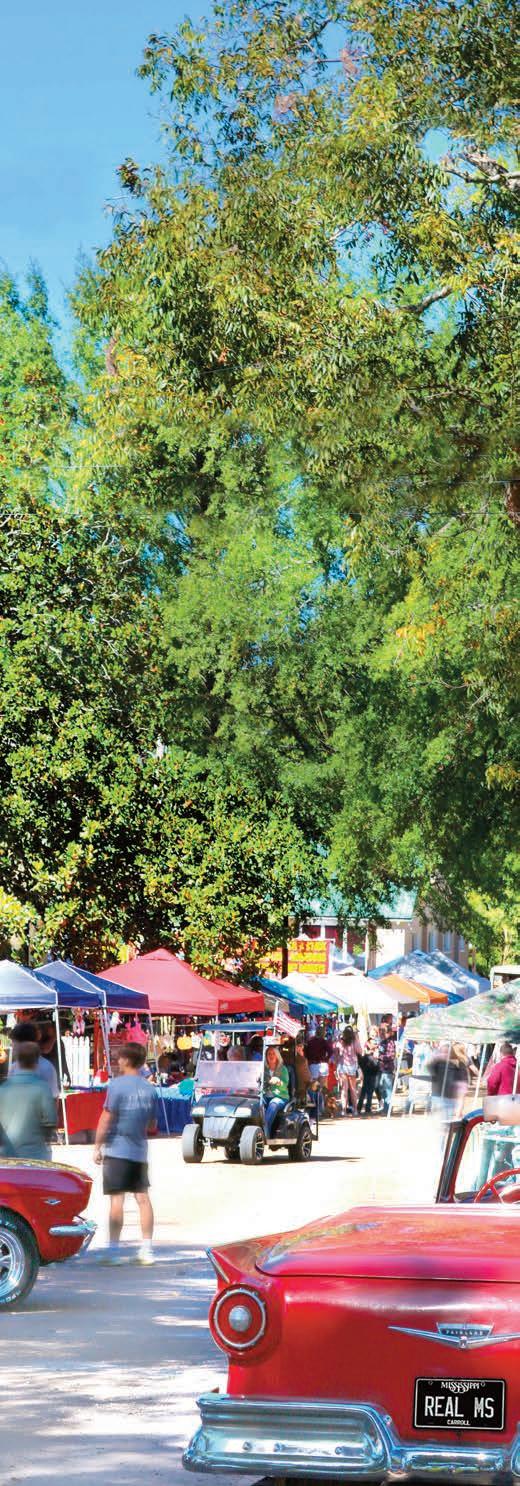





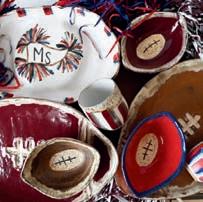
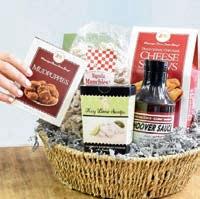
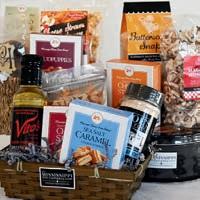
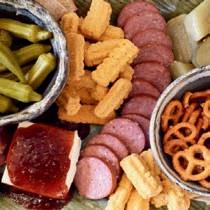



From fall decor must-haves to vintage finds to game day accessories, get ready for cooler temps with these fun fall finds!
1. Festive Fall Hand Towels
The Mississippi Gift Company, Greenwood Instagram: @themississippigiftcompany themississippigiftcompany.com; 662.455.6961
2. Pumpkin Door Hangers
Mimi’s on Main, Senatobia Instagram: @mimisonmain mimisonmain.myshoplocal.com; 662.562.8261
3. Golden Wheat Napkins
The Olive Tree, Starkville Instagram: @theolivetreestarkville theolivetreestarkville.com; 662.722.3019
4. Stackable Bangles by Hoo Hoops
The Wishing Well, Cleveland Instagram: @thewishingwellofcleveland shopthewishingwell.com; 662.843.7881
5. Cool Kicks
Ginger G., Oxford Instagram: @shopginger.g shopgingerg.com; 662.234.1360
6. Cheetah Print Belt
Gilbow’s, Cleveland Instagram: @gilbows 662.843.1151



7. Mossy Oak Field Bag and Canvas Water Bowl
Tom Beckbe, Oxford Instagram: @tombeckbe tombeckbe.com; 662.259.8149
8. Tortoiseshell Tumblers
Rosson Co., Cleveland Instagram: @rossoncompany rosson-co.shoplightspeed.com; 662.843.3986
9. Gorgeous Pheasant Feather Pumpkins
The Olive Tree, Starkville Instagram: @theolivetreestarkville theolivetreestarkville.com; 662.722.3019
10. Football Platter by Etta B. Pottery Yazoo Drug Co., Yazoo City Instagram: @yazoogifts yazoodrugs.com; 662.746.7423
11. Velvet Mushroom
Delta Party Rental, Cleveland Instagram: @deltapartyrental.llc 662.545.4483

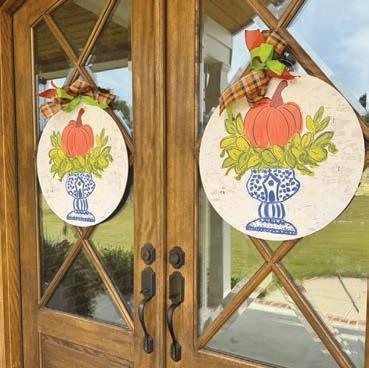
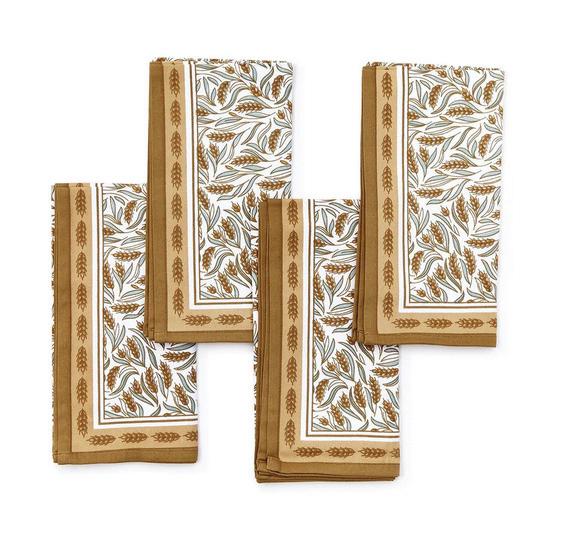

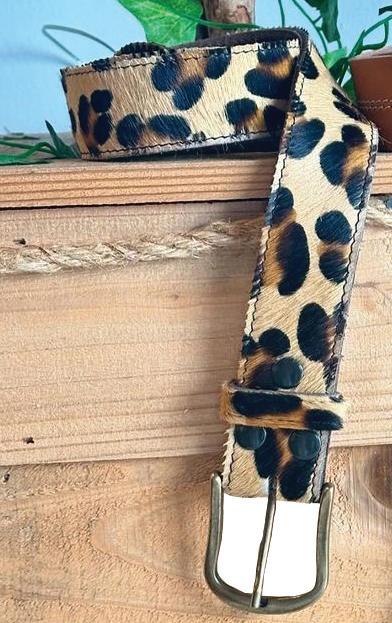




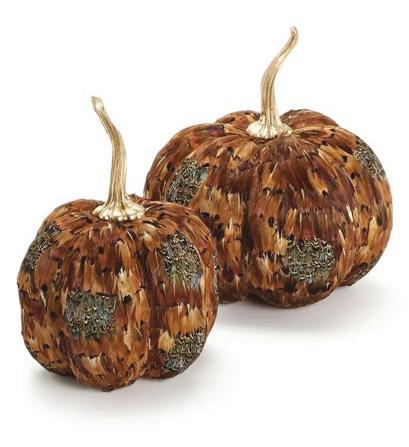



















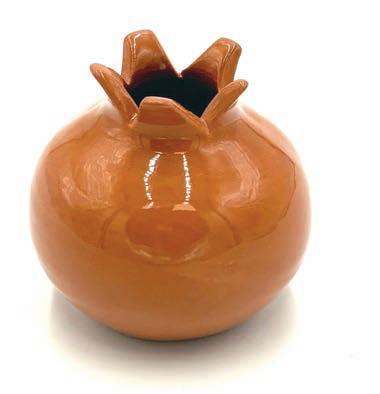

12. Carved Wood Match Striker
Hunt and Bloom, Houston, Texas Instagram: @shophuntandbloom huntandbloom.com; 713.364.3552
13. Glazed Terra Cotta Pomegranate Bud Vase
Reed Smythe & Co., Nashville, Tennessee Instagram: @reedsmytheco reedsmythe.com; 615.200.8287
14. Starkville-themed Acrylic Tray
The Olive Tree, Starkville Instagram: @theolivetreestarkville theolivetreestarkville.com; 662.722.3019
15. Niven Morgan Candles Lefleur Interiors, Oxford Instagram: @lefleurinteriors_oxford lefleurinteriors.com; 662.380.5378
16. Fresh Fall Pumpkins
Fountain’s Green Grow-Cery, Greenville Instagram: @shopfountains 662.335.7960
17. Vintage Wooden Leaf Tray
Moonstruck Flea Market, Cleveland Instagram: @moonstruckflea moonstruckfleamarket.com; 662.444.3532
18. Decorative Ribbon for Fall House to Home, Southaven Housetohomewholesale.com; 662.393.2121
19. Sitka Gear Waders
Hunters’ Hollow, Inc., Oxford Instagram: @huntershollowinc huntershollow.com; 662.234.5945
20. Retro Rebel Foam Cups
The Mississippi Gift Company, Greenwood Instagram: @themississippigiftcompany themississippigiftcompany.com; 662.455.6961

Create a mini pumpkin stack with fresh pumpkins and moss


Update your preserved wreaths and arrangements with festive wired ribbon for each season!
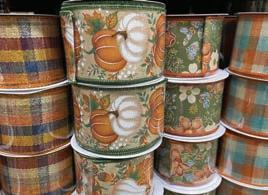













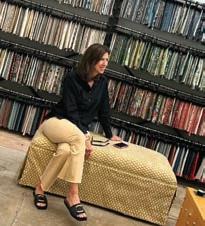




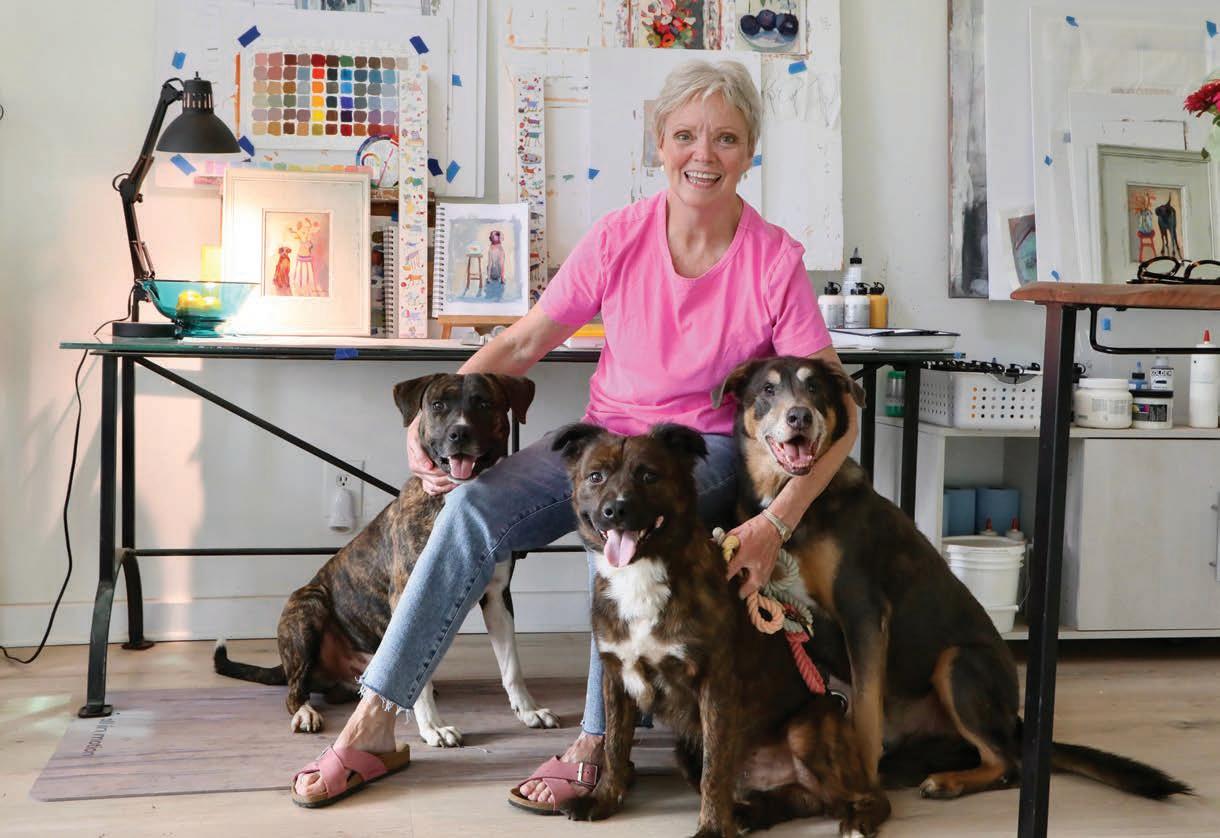
BY SUSAN MARQUEZ • PHOTOGRAPHY BY BRANDALL LAUGHLIN
Throughout her life, Charleston has been the place artist Vicki Wood most identified as her home. It was a constant thread, a place she could always return to.
Wood began her life in Starkville before the family moved to Yazoo City, where her father was a chemical engineer at Mississippi Chemical. “After that, I spent a lot of my childhood moving from state to state when my dad was offered better positions with different companies. We lived in Texas, Alabama, Iowa, and Arkansas, and when I was a junior, we moved to Baton Rouge, where I graduated from high school. It made for an interesting childhood,” Wood explains.
But it’s Charleston that always has held a special place in her heart. “We had family in Charleston—my mom was one of eight children of a farming family that grew up in the country outside of town, and it was the place we would always visit and where I spent my summers.” It’s also the place where she now lives.
Another constant in her life was art. “From middle school on, I took art classes any time I could. While my parents didn’t discourage me, they didn’t really encourage me,” she laughs. “I always got the impression that I might starve if I was an artist.”
Wood spent her college years at Louisiana State University, majoring in graphic design. “I loved architecture and interior design and took a few classes in both but ended up in advertising design.” While in school, she also took a few art courses as electives, including painting, watercolor, jewelry making, figure drawing, and a color class. After graduation, she worked at ad agencies in New Orleans and Baton Rouge.
Wood got married while living in Baton Rouge and finally paid attention to a thought that she couldn’t get out of her mind—that maybe she should apply to law school. So, with a major pivot in her career trajectory, Wood took the LSAT, applied, and was accepted into LSU’s School of Law.
“I was surprised I got in, and once I did, I realized I had to figure

out a way to pay for it.” While typically, law students were encouraged not to work, Vicki was not typical—she had no choice. “So, I worked all through law school. And in October of my last year, I had my son.”
Wood practiced law in Baton Rouge for many years. Then life had her relocating again, with a divorce, and subsequent move and job search—with her nine-year-old son in tow. With that, Wood moved home to Charleston. “I packed up a horse trailer, two horses, my blue heeler, and my son—and we moved into my grandmother’s old home. But I had no idea there would not be a job available for me there.” She eventually found work in Clarksdale, an hour’s drive each way, which was difficult for a single mother with a child in school.
It wasn’t long before she found a home of her own. “I found a guy selling forty acres with a creek and a tiny two-bedroom house. I was on my way to Jackson to take the bar exam so I could practice law in Mississippi, and when I returned, I closed on our future home.” After that, she hung out her own shingle, practicing law in Charleston for several years. When her son went to Denver for college, Wood took a job with Baker Donelson in Memphis, living there but not letting go of her home place in Charleston.
Wood eventually returned to Charleston and began working as director of the county library system, when the need arose, and took the online classes to earn the state-required master’s in library and information sciences. She worked there for several years before retiring to care for her parents. It was then that Wood began painting again.
Now, she paints in her home studio, which has tall ceilings and windows that let in lots of natural light. “I spend most of my time in the studio, where I usually find my dogs lying about,” she laughs.
Her passion for dogs and horses is one of her greatest inspirations. “At one time, I had five horses here, and I would walk out in the field amongst them and take photographs, then paint from the photos. It’s not easy painting animals because it is so important to get the anatomy correct.”
That inspiration and her relaxed avoidance of following the rules has greatly influenced her work. “I guess you have to know the rules to break them, right?”
Wood explains that she paints what she wants and how she




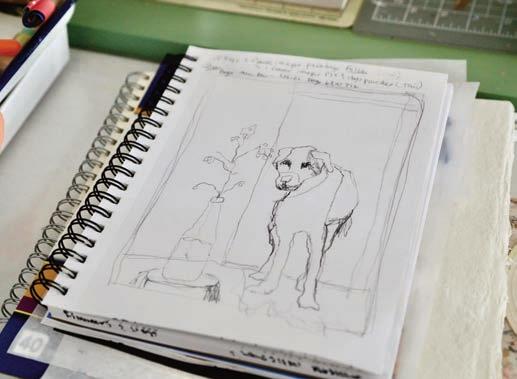
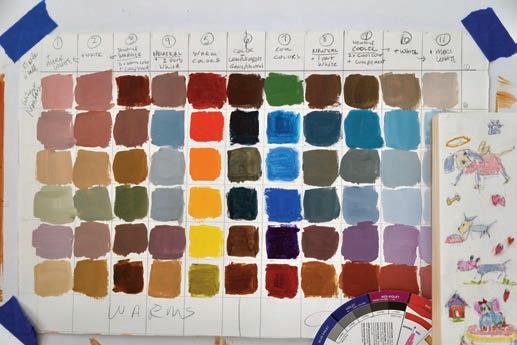
wants. This freedom has allowed her to develop a very personal style. She uses soft body acrylics, and her work can most accurately be described as abstract, uniquely capturing her subjects based on their shape and color.
“Color is the thing that interests me most when I paint.” As a matter of fact, she has created her own color system that works for her. “I don’t have a set process that I repeat. I often envy other artists that do. For me, it’s like each day, and each painting is something entirely new. But I use my color system, which is a way to get clean, clear color and clean, clear grays without having it look like mud.”
Recently, Martha Jordan—founder of the Winslow Art Center, an online art platform that offers real-time classes over Zoom— discovered Vicki’s work on Instagram and reached out to her. “I had taken some classes through Winslow, and Martha said she was impressed with the work I had created, so she looked me up on Instagram.” Vicki got an offer to teach online classes for Winslow.
“It was a challenge because I had to learn the technology of teaching a class online. There are three cameras—one on me, one on my palette, and one on the painting. I had to learn how to put all three on one screen at one time, making it easier for the students to follow.” Vicki’s first class was well received, with twenty-three people enrolled. And now she has been asked to teach more. While teaching was never on her radar, Wood has found it’s something she really enjoys. Another challenge met.
Wood’s work is displayed at Oxford Treehouse Gallery and Howard & Marsh Exchange in Greenwood. “I used to do commission work, but I’ve gotten away from that,” she says. “It tends to stifle my creativity. Color, for me, and the creativity of painting are what keep me inspired. I used to paint more realistically,
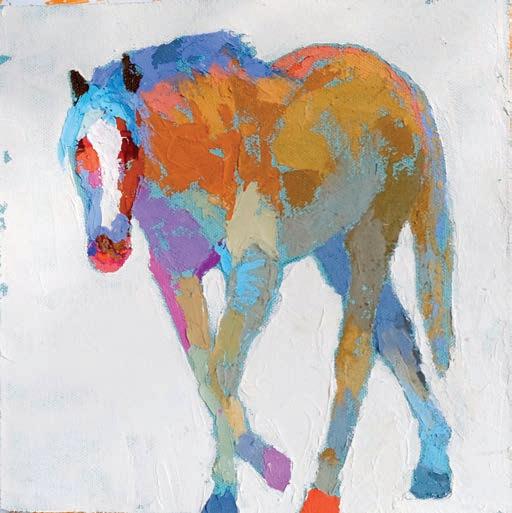
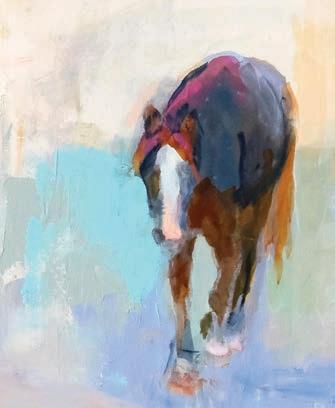




but now I like the freedom of what I’m doing. I can sit outside and soak in a landscape, then go inside and paint it the way I see and feel it.”
A storyteller at heart, Wood was honored to be invited to participate in the recent Sanctuary Arts Festival presented by Yoknapatawpha Arts Council in Oxford. Applications were taken from artists statewide. Each artist selected was challenged to a storytelling contest held in the grand ballroom of the Oliver Hotel. “I entered one of my dog paintings and a story that I wrote about him.” She tied for first place.
Through life’s challenges and constants, Wood has found her rhythm in her slow-paced life in Charleston. “I love what I’m doing now. I have found happiness and gratitude.” DM vickiwood.com; Facebook: Vicki Wood Art; Instagram @vickiwoodart


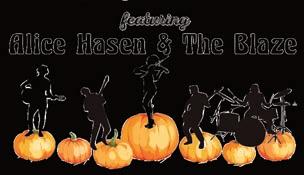


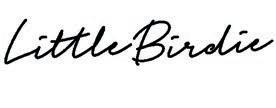

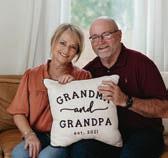

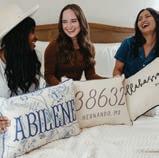





BY KELLI WILLIAMS
Bridge, bunco, and backgammon, meet the newest, oldest kid on the block, mahjong. While the game has been around for hundreds of years, originating in nineteenth-century China, it wasn’t until the 1920s that retailer Abercrombie & Fitch stocked their United States stores with the popular sets and brought the beloved game to the Western world. The game, also spelled mahjong, became quite popular at the time, but interest tapered off over the decades. Similar in strategy and skill to rummy, a successful mahjong round isn’t based entirely on luck per se, but on the player’s knowledge of the game.
The resurgence of the game can be attributed to the COVID-19 pandemic lockdown, when small groups were together with plenty of time on their hands. There has also been a growing popularity of games in general, in an intentional effort to reduce screen time. Whatever the reasons, and although the rules of the game and the fundamentals have been altered somewhat over the years, its love and longevity continue to permeate communities all over the country, and the Delta is no exception.
Price Rosson, owner of Rosson Co. in Cleveland, is spreading the love of mahjong through her town. She became so fond of the game she sought training and is now certified to teach others. She also carries the games, accessories, and supplies in her downtown store.
“It all started when I went on a girls’ trip with my college friends. It rained all weekend, so we basically played seventy-two hours straight of mahjong and I became obsessed,” Rosson explains. “It’s such a fun exchange of laughter and friendly competition. Dallas has had a big boom in the resurgence, and one of my friends there got really into it during COVID and taught us all. I am constantly searching with a

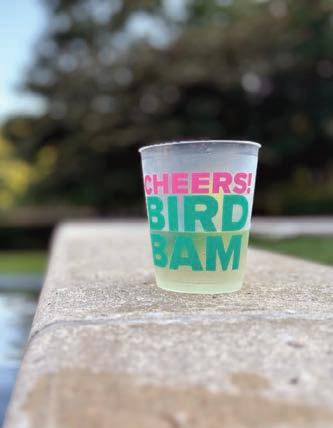

Companies are modernizing the look of mahjong, offering brightly colored sets and complementing accessories. A perfect springboard to create a fun and exciting tablescape.
vengeance for any type of entertainment outside of a screen, and this is a fun one for all ages,” says Rosson.
While the game’s rules can be confusing
at first, it’s nothing that a good teacher and several rounds can’t fix.
“It can be very overwhelming when you sit down for the first time to learn all the ins
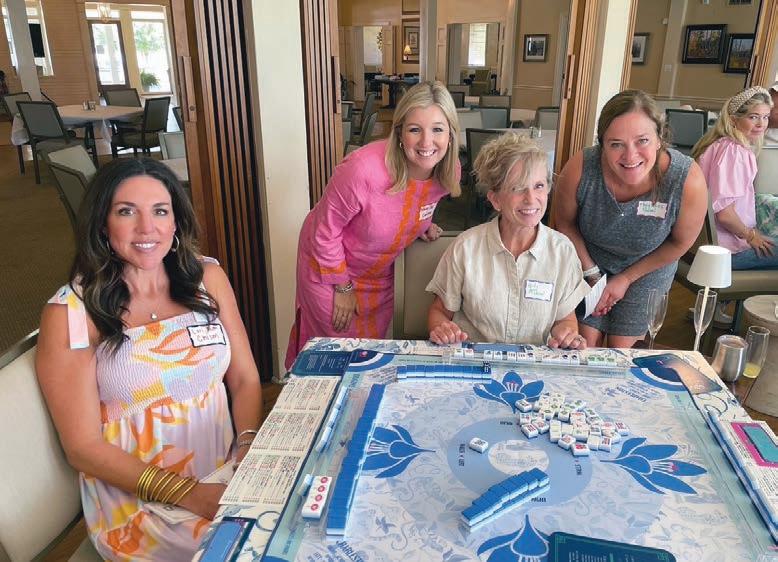
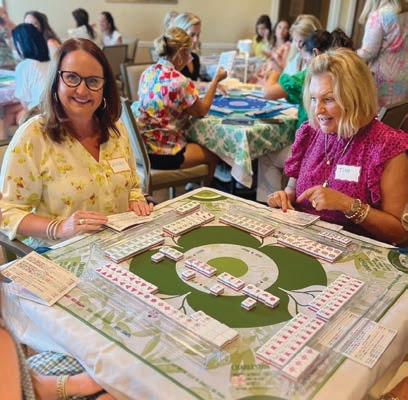


Emily
and outs,” says Rosson. “Reading the National Mahjong League card, in itself, is super overwhelming when first introduced. You have an entirely new set of suits and neutral tiles; how you build the walls, how you deal, how you ‘Charleston.’ Then, finally, you have to learn how to actually play the game by discarding and calling for tiles.
“But once you win that first mahjong, and if you have any competitive bone in your body, you are hooked. I love that it’s

constantly different. Every hand. Every game. Every group. It keeps you on your toes and makes you work your brain! It makes you think outside of the box,” says Rosson.
Mary Clair Cumbaa of Cumbaa Design Company in Indianola, has similar sentiments about the game and has seen its popularity rise not only in her hometown, but in Starkville as well, where she also owns The Olive Tree.
“I started carrying the Oh My Mahjong line at The Olive Tree in Starkville. We really didn’t promote it but set up a section in the store, which sold out quickly. There are people who have been playing for a long time, but the vendors have modernized it and are bringing it back. I think it got popular again during COVID, with people looking for something to do. Some of the new lines were born during that time,” says Cumbaa. “I discovered it in January at market, and I didn’t exactly know what it was, so they sent some teachers to Mississippi to teach. We recently held a Mahjong 101 and 102 class at the Indianola Country Club for people who wanted to learn how to play!”
Emily Lewis of Leland also picked the game up earlier this year. “I had been seeing it all over social media for about a year and just knew I wanted to be a part of the game, but at the time, it had not made it to the Delta yet. I was drawn to all the bright colors and loved looking at everyone’s pictures, but I really did not know a thing about the game. I had played a mahjong matching game on my phone but that is nothing like playing American-style

mahjong,” says Lewis.
If there’s one thing the Delta ladies know how to do, it’s gather their friends and host a heck of a get-together, and that’s a common thread that keeps popping up when talking about the game. With its colorful sets that complement flower arrangements, fun dinnerware, whimsical cocktails, and more, mahjong has become not just a game but a chance to pull out all the stops for family and friends.
Lewis says, “It’s fun to go to different homes and play. We’ve even played pool mahjong! With you only needing four players, it’s really easy to play anywhere. Right now, everyone wants to play, so I play about three to four times a week!”
Rosson agrees. “Setting a beautiful tablescape begins the game. Tablecloths, cocktail napkins, cocktail stirrers, and, of course, the tiles, the mats, the racks. The tile sets are so fun because as long as you have your suits and neutral tiles, you can really
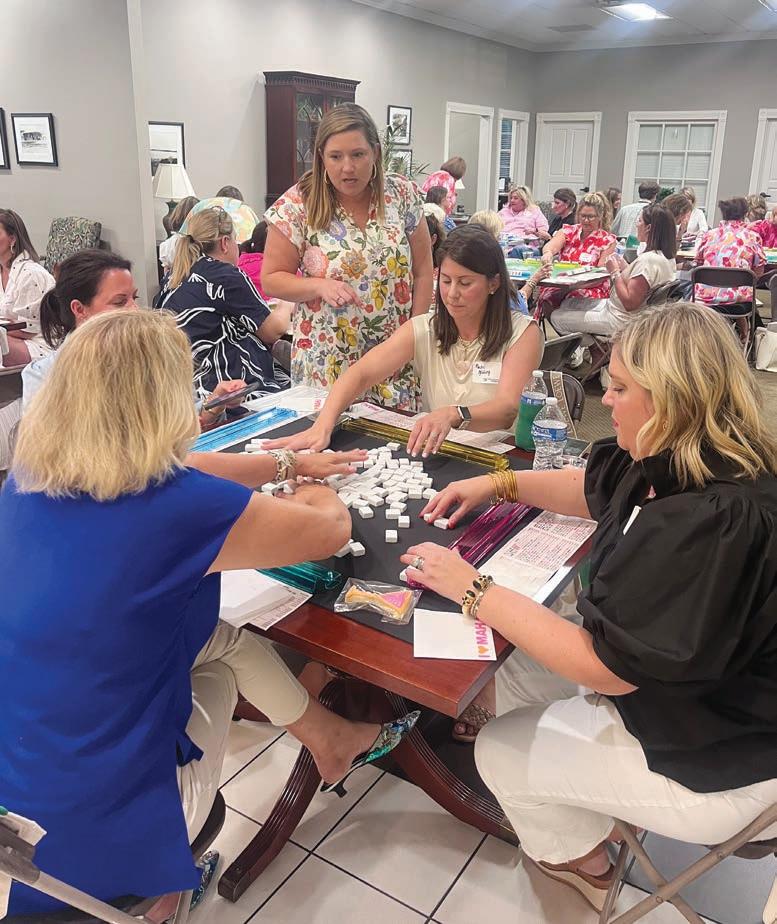
make them as pretty and creative as you want.”
With such popularity, Rosson says she’s confident there will be mahjong-themed ornaments at Christmas and even jewelry made from the tiles. “They are making bags, unique boxes, soaps, even floating tables so you can play in the pool. No detail is missed
but isn’t that one of the best qualities of a good hostess?” she laughs.
Laura Howell is also in on the trend. She divides her time between the south Delta town of Tribbett and Chattanooga, Tennessee. Howell loves games and started playing bridge a few years ago when a group of experienced bridge “sharks” taught a new

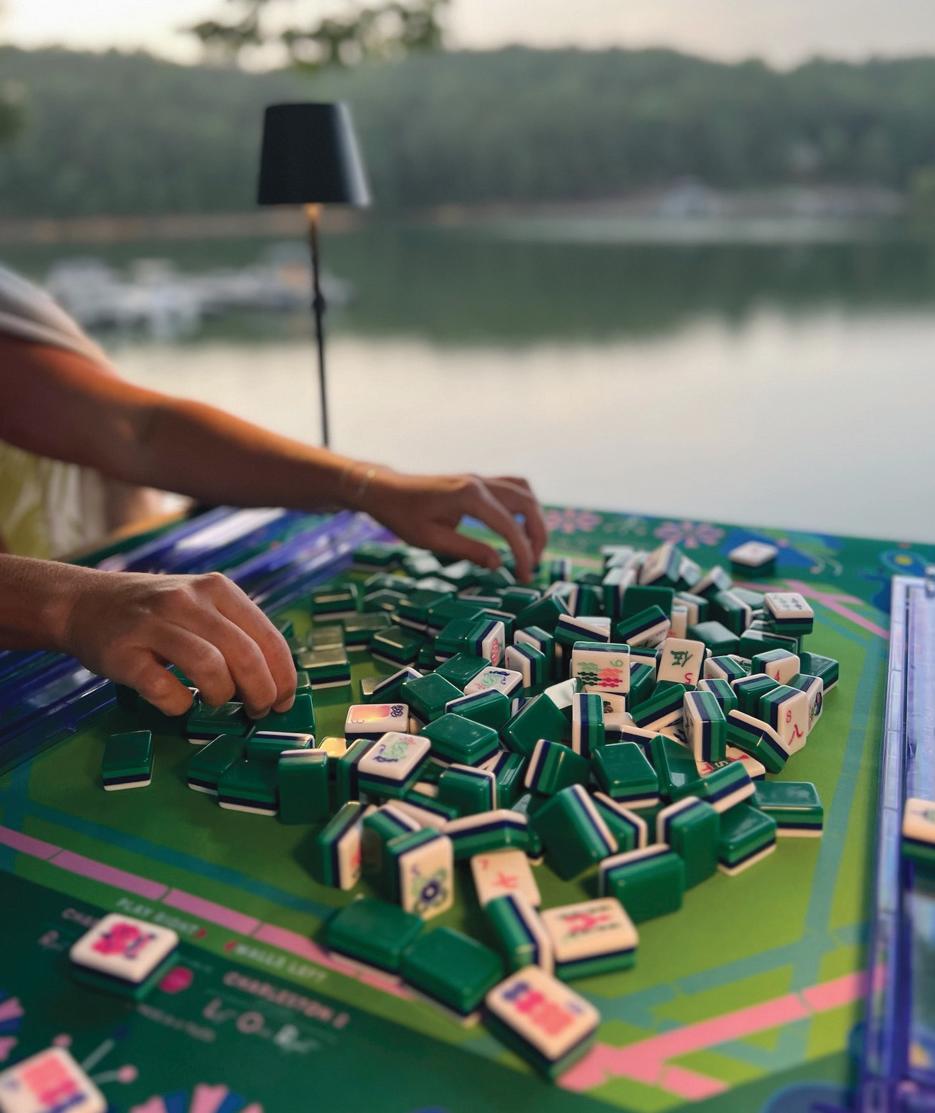


Laura Howell has found that hosting games and teaching mahjong has been a great way to meet people and get together with friends.
group of “young” women in Greenville.
“I only started playing mahjong this year after a friend won a group lesson in a silent auction from a certified rep of one of the larger mahjong companies. It was such a fun girls’ night!” she says.
She quickly started playing in Chattanooga to meet new people. Then, when she came home to the Delta for the summer and realized she didn’t have anyone to play with, she started teaching her friends. “I am not certified, just someone who loves cards and board games,” Howell clarifies.
She recently taught a group of thirty-two


women in Greenwood. “For me, mahjong is easy to teach, and you can play with four people, but unlike bridge, there are variations where you can play with just two or three people. It’s been a great way for me to meet new people. Even my ten- and twelve-year-old boys like to play!”
One thing everyone agrees on is that the social aspect of the game is just as fun as the game itself.
“I love the camaraderie. I also love the pomp and circumstance, the rules and etiquette, and I love the competitive end of it. It’s a rush when it all comes together!” says Rosson.
Lewis also agrees and takes matters into her own hands when it comes to expanding play here in the Delta. She started a Facebook group called Mahjong in the Mississippi Delta, where players could share resources, find games and events, and connect with other players throughout the region.
“People are excited about the game,” says Cumbaa. “The mental health aspect of it is so important to keep your mind sharp. And it’s a great way to get together.”
Howell agrees. “It’s fun to see mahjong being played across such a wide age range. My mother-in-law, Martha Jane Howell, hosts a weekly group of her peers in Clarksdale. She also looks forward to getting to play with her grandsons as well!
What once brought inhabitants of different communities together for social gatherings hundreds of years ago continues to do the same here in the Delta, and it appears it’s not slowing down any time soon. DM




CURVED, CUSTOM & STANDARD MOULDINGS • DOOR & BATH HARDWARE
CABINET DOORS & HARDWARE • CABINET POSTS & LEGS • CORBELS
CABINET ORGANIZERS • MANTELS • MIRRORS • WOODCARVINGS
CEILING MEDALLIONS • DOVETAIL DRAWER BOXES




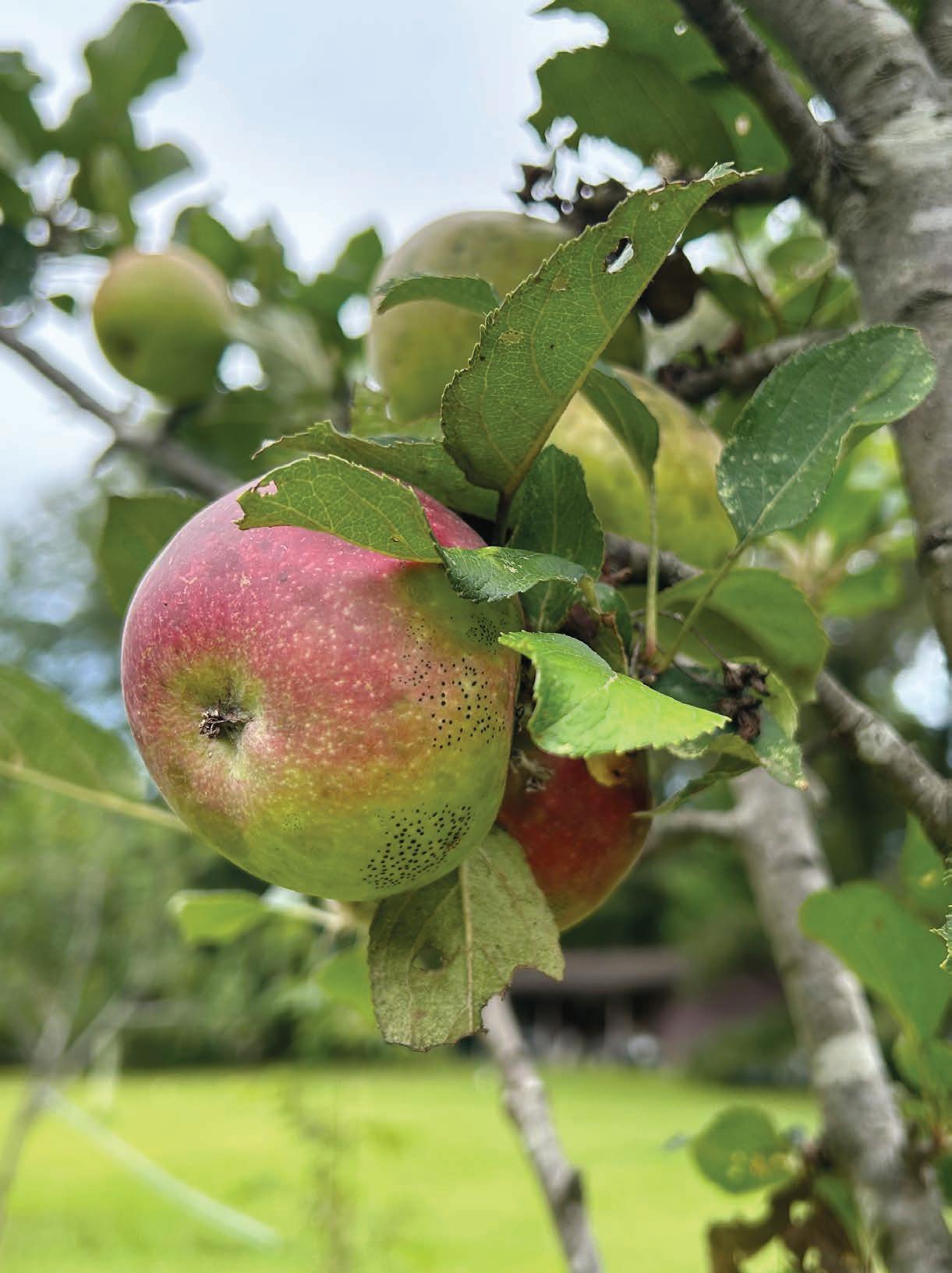
Carrollton’s own Johnny Appleseed is propagating heirloom and exotic fruit trees
PHOTOS AND STORY BY SHERRY LUCAS
Sure enough, the arrival at Larry Stephenson’s orchard and pokey drive toward the high tunnel in back stumbled on a familiar sight: the hind end of a deer, melting into the woods just after a long, hard look at the party interrupting her afternoon snack.
Before Stephenson began the mission of fruit exploration and propagation that earned his “Mississippi apple guy” reputation, this was just the sort of target audience he had in mind: four legs, white tail, good sport, fine eating.
“I started as a hunter—deer and turkey hunting,” Stephenson says. “You know, hunting season only lasts a few months, so what to do the rest of the year? People around here plant food plots to nurture the animals and bring more deer and turkeys into your area. Besides my grains and forage, I wanted fruit trees so my deer and turkeys could have delicious fruit to eat.”
The fruit trees eventually became his primary interest. “I’d sit on my deer stand, and all I could think about was what I needed to do in my orchard. And I finally got down and started tending to my fruit trees, and that made me happy, so I stuck with that.”
That was some twenty years ago. Stephenson’s hobby became a part-time business and is now a full-time endeavor. His Southern Cultured Orchards & Nursery sells young native, heirloom, and exotic fruit trees and spreads the word about varieties proven to do well here.
He and his wife, Jennifer, moved from his native Carroll County to Coldwater, Mississippi, four years ago for a job opportunity she had in Hernando. That opened more opportunities for his fruit tree niche (figs, mulberries, pears, and Asian persimmons, as well as apples) around north Mississippi and Memphis areas. His Carrollton orchard remains a key spot for observation and testing with trees and a good base for reaching customers in central and south Mississippi.
He’d started like many do, he says, with a trip to Walmart and local nurseries and purchasing of Red Delicious and Gold Delicious apples and Bartlett pear trees to plant in the spring. “It took me about a decade to figure out that wasn’t working.” He reckons it took him another decade to find mentors who could clue him in on the apples and other fruit that would succeed in his area. He aimed for a few dozen specific trees, but shipping was expensive, so he learned to graft his own. Friends thought that was cool, wanted some, and offered money for them, he says. “It grew exponentially from there.”
Stephenson offers up the stack of books that fed his curiosity and fueled his current path, chiefly Old Southern Apples: A Comprehensive

Orchardist and fruit explorer Larry Stephenson checks the identification tag on an apple tree at his orchard in Carrollton
History and Description of Varieties for Collectors, Growers, and Fruit Enthusiasts,” by Creighton Lee Calhoun Jr., which includes descriptions of hundreds of rediscovered varieties and hundreds more that may have disappeared.
“He’s the one to blame for me being in this business today,” Stephenson says fondly, handing over the hefty tome, a second edition (now a collectible) signed to him by Calhoun. “This, for a long time, was the only resource we had on Southern varieties of

Even with his move to Coldwater in recent years, Larry Stephenson’s Carrollton orchard remains a good base to reach customers in central and south Mississippi, and to observe hardiness and collect scionwood from varieties such as this Shell of Alabama tree. A compost bin provides soil amendments to nurture the young fruit trees in his high tunnel.


apples.” By “we,” he means the network of fruit enthusiasts and explorers dedicated to finding new varieties of fruit and resurrecting old heritage varieties that have fallen by the wayside. Stephenson is active in the Southern Fruit Fellowship and a board member of North American Fruit Explorers (NAFEX), with over three thousand members across the United States and Canada.
“You know, Thomas Jefferson was a fruit explorer. Lee Calhoun gets the credit for being the modern-age fruit explorer,” he says of the late North Carolina orchardist, one of the country’s foremost figures in apple conservation and “savior” of the Southern apple.
Back in 2013, Stephenson and a fellow NAFEX member nagged Calhoun into coming to their annual meeting in Asheville, N.C., he says. “We were big fans of his, and I already had his book. … I told him how much I loved all his work and wished I could do the same thing, except that I was in Mississippi and couldn’t grow apples like he could in North Carolina. And Mr. Lee says, ‘Well, now….’”
What followed was a list of contacts for people who would become Stephenson’s close mentors: Joyce Neighbors, known as “the Alabama apple lady,” Jim Lawson in Ball Ground, Georgia, who had nurseries specializing in Alabama and Georgia apples, Stacy Russell with his private apple collection in Fulton, and Jack Herring, a Mississippi wildlife biologist who, each spring, kept his eye out for apple tree blooms. “Jack Herring really gets the credit for rediscovering a lot of Mississippi varieties,” Stephenson says. Calhoun’s book first appeared in 1995 and is now out of print (but downloadable); a newer, additional resource is Diane Flynt’s Wild, Tamed, Lost, Revived: The Surprising Story of Apples in the South.
Stephenson’s twin interests in history and horticulture converge in the Southern apple story, as he chronicles factors leading to their near disappearance, then rattles off captivating tales about individual varieties.
Cheap refrigeration and mass transportation by railroads in the early 1900s contributed to the loss of apple knowledge and varieties more common generations ago when folks grew their own food. Once it became easier to grocery shop than grow food at home, many varieties of fruit and vegetables—sometimes superior and all better adapted—fell by the wayside, Stephenson says. “At one time, before 1900, you had family apples, only grown in that family, or

only grown in that county, or the township or that region and in that state—they were perfectly adapted by nature for there, and that’s what people grew. But when you can get Red Delicious, Gold Delicious, or whatever variety you want, cheap, why grow your own?”
He relayed a tale about the Harrison apple, a go-to variety for cider across the country before 1900, with groves that later fell victim to Prohibition agents to prevent home cider production. An apple hunter found a surviving specimen in New Jersey in the 1970s and collected scionwood for propagation. “A week after that, that tree was cut down. So, that was one variety that was one week away from extinction,” Stephenson says, pivoting quickly to the story of Carter’s Blue, a great apple that originated in Alabama. Thought to be extinct in the U.S., Calhoun rediscovered specimens at Kew Gardens

outside London, he says, and reintroduced it to its native region. Stephenson, 63, continues that lineage, preserving and passing along Southern apples and other fruits and their lore. He took Captain Davis apple trees to the Natchez Trace Festivals in Kosciusko, where they originated. The actual Captain Davis, a Civil War soldier discharged in North Carolina and making his way home to Kosciusko on foot, got some apples in the Carolinas along the way. He planted the seeds when he got home. People loved the story and snapped up the trees, Stephenson says.
He connects reviving interest in heritage varieties to climate change worries and the COVID-19 pandemic. He started his business at the start of the pandemic, “which sounds crazy, but I tell you what, people started seeing those empty shelves in the grocery stores, and that scared them,” he says. “A lot of people started

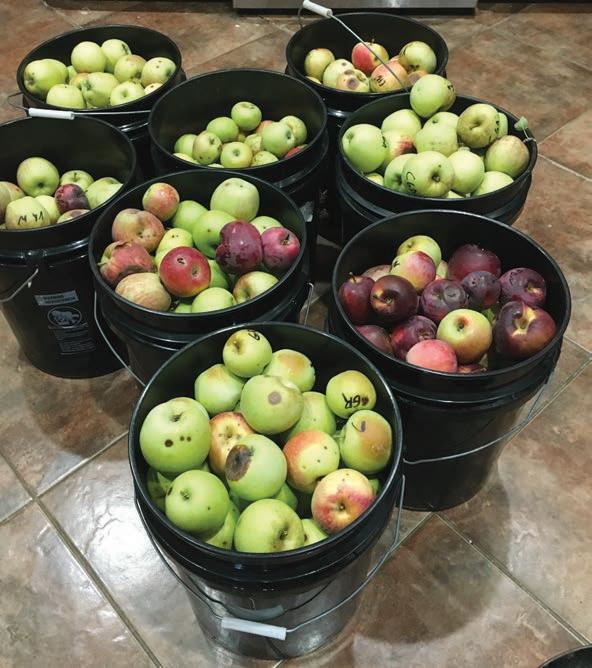
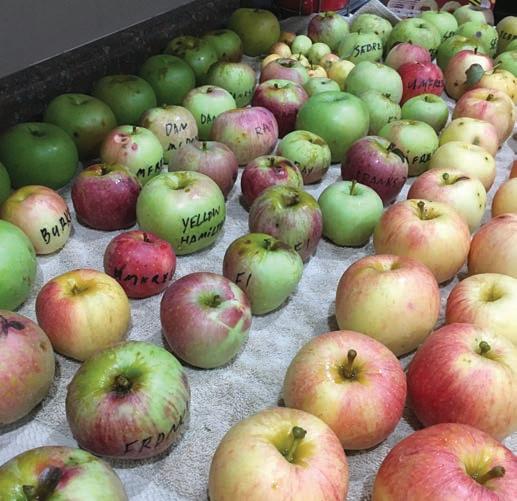
thinking, ‘Well, maybe I should grow a little bit of my own food.’”
People in the homesteading and permaculture movements are his target audience now, he says, including young enthusiasts who want to farm or keep a small backyard orchard. Many had similar early failures, with fruit trees unsuitable for the Southern climate. When he tells them about varieties that originated in their region, have lower chill hour requirements than ubiquitous Northern varieties, and a history of production predating modern fungicides and chemical treatments, plus shows them the fruit (or at least pictures of it), it recharges their interest to try again.
Some of Stephenson’s top apple picks for Mississippi growers are: Cauley from Grenada, disease resistant and highly productive with
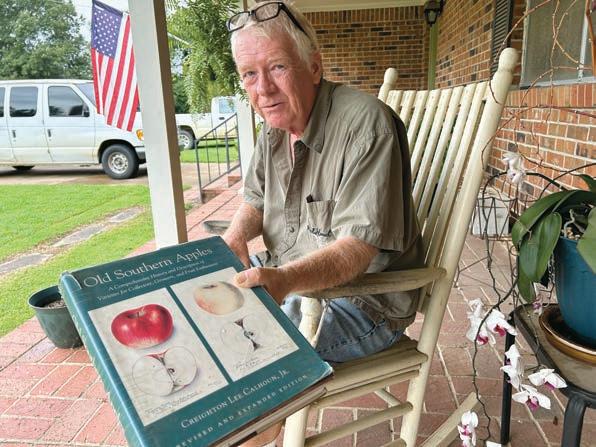
Larry Stephenson shows off the book that started his own apple journey in earnest—Creighton Lee Calhoun’s Jr.’s Old Southern Apples Stephenson’s photos (left) show a mix of apple fruit, including Cauley (many of the green ones) and Pontotoc (dark red). Stephenson doesn’t spray his trees—he is in the business of selling young trees, not fruit —but he occasionally gets a good crop of heirloom apples and likes to provide samples to spur sales. “Their tastes can surprise people,” he said. “They go fast.”
big fruit, solid green (a redder blush farther north) and suitable over a wide range; Shell, originating just north of Mobile, a small to medium, good-producing, “most complex tasting apple I grow,” he says, “sweet and tart and a little bit of everything all at once;” Yellow Hamilton, a roadside apple from Hamilton, Ala., also highly productive. When he met with Hamilton high school students at a sustainable agriculture meeting on the Alabama coast, “They went nuts when they found out I had an apple from their hometown!” he says with a pleased chuckle. Additional suggested varieties include Chickasaw from Chickasaw County, Hudson from Columbus, and Captain Davis from Kosciusko.
Catch up with Stephenson through his Southern Cultured Orchards & Nursery page on Facebook, and at upcoming appearances: September 27 with Pine Belt Master Gardeners in Hattiesburg; November 16 at Williamson Nursery in Summit; and likely at the Truck Crops Experiment Station’s October Plant Sale, Crystal Springs, October 17–18. He targets trees for specific regions, anticipating what those buyers will want. “At a good sale, people literally snatch stuff out of my hands as I’m unloading in the parking lot.”
He good-naturedly jokes about his “really fussy, particular little niche market,” that nobody else would be crazy enough to dive into, he says. He’s frank about its challenges: his high tunnel that collapsed under snow in Coldwater; graft failures; rabbits and voles he swears follow on his heels to girdle newly planted trees; the need for an apprentice to do heavy lifting and heavy listening to carry the torch forward; deer breaking into his high tunnel in Carrollton, even with an electric fence, to nibble down leaves on young trees he grafted for sale.
That last issue was probably inevitable. He shrugs, “I started doing them for the deer and turkey, and that was successful, and now they won’t leave the orchard. So, how can I complain?” DM



OCTOBER 11 - OCTOBER 19






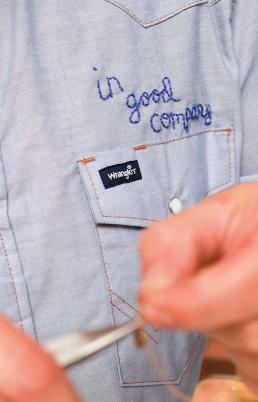



























For over 25 years, NICHOLAS AIR has set a new standard for exceptional customer service in private aviation. Our meticulously maintained 昀eet, with an average age of just 5 years, guarantees unparalleled reliability and luxury with every 昀ight.
Whether you’re 昀ying on the advanced Gulfstream G600, with its unmatched range and state-ofthe-art technology, the powerful Challenger 350, the versatile Citation Latitude, or the sleek and e�cient Phenom 300E, Phenom 100, or CJ3+, NICHOLAS AIR o昀ers the perfect aircraft to meet your every need. Experience the pinnacle of private air travel with the most innovative, e�cient, and 昀exible jet membership services and jet card programs in the industry.
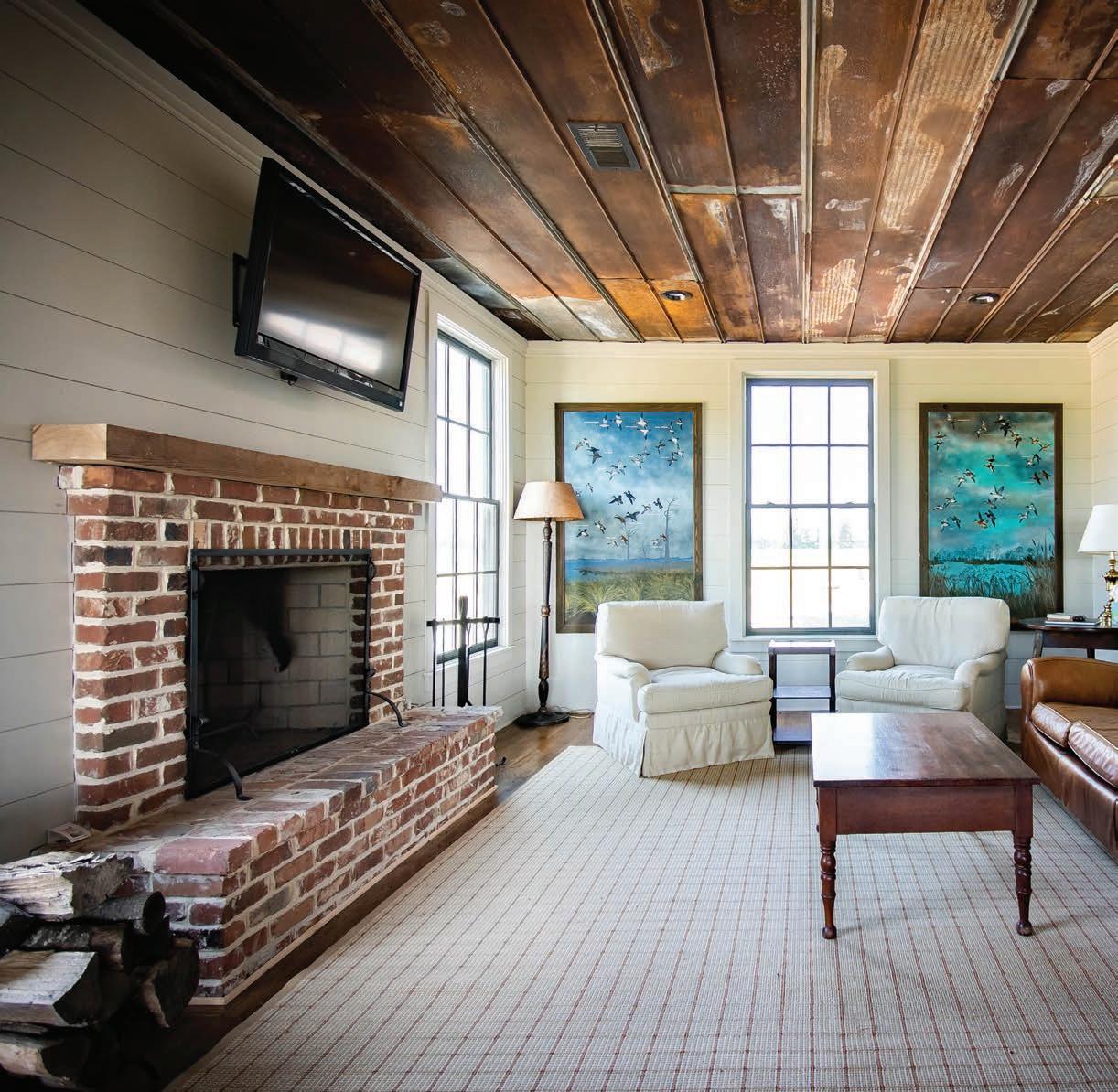
From hunting lodges to stately residences, Memphis designer Wilson Hunt brings the architectural influence of the Mississippi Delta into every project
BY JANE GULLY
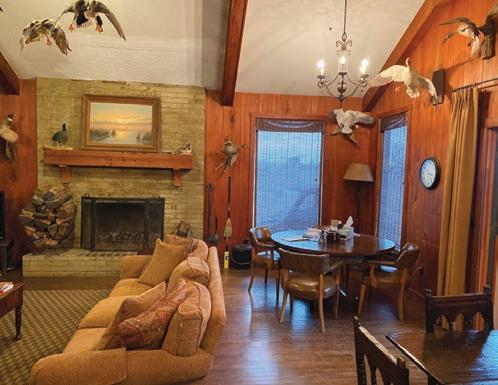
BEFORE

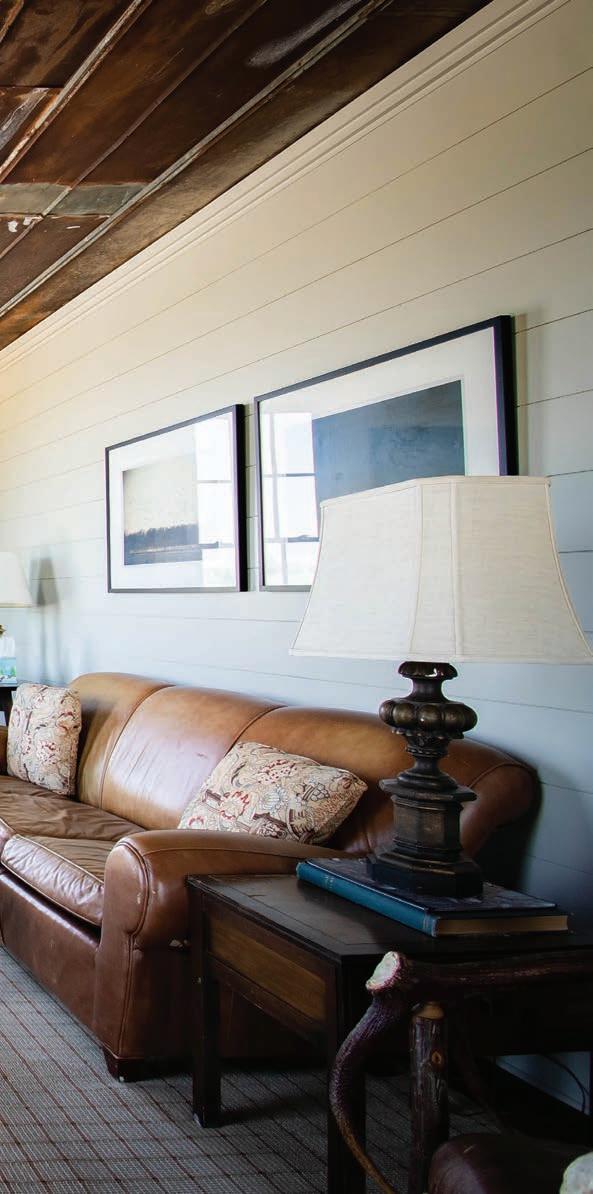
The Mississippi Delta’s sway on Memphis native Wilson Hunt’s growing-up years still influences his designs, which is evident in some way in each of his projects. Hunt, of J. Wilson Hunt Design in Memphis, spent much of his childhood visiting his maternal grandparents, Steve and Lucile Finlay, in their Greenville home in the iconic Gamwyn Park neighborhood. His grandmother watched as he assembled complex structures from children’s blocks and marveled at his natural ability to create make-believe buildings, seeming to understand how a building should be put together. “They would take me exploring through town when I was there on a visit,” says Hunt. “We would

drive through the nice neighborhoods to look at all the really neat houses, and I can remember paying close attention to their style,” he says.
At the same time, Hunt spent time with his paternal grandfather, Jack Hunt, Sr., a contractor in Memphis, exploring the neighborhoods and showing him how buildings and houses were built. And with this, a passion was sparked.

Hunt attended Ole Miss for two years and returned to Memphis, earning a degree in finance from the University of Memphis. He often worked for his contractor father during the summers. After college, Hunt worked as an insurance broker and a banker, but those jobs didn’t satisfy his creative mind. “I was a fourth-generation contractor,” he says. “I’d been around construction my whole life, so I guess it was inevitable that I’d be involved in it somehow.” Hunt eventually became a builder and started his own company building spec houses, then moved on to renovations and custom homes.
Further into his career, with the help of a draftsman, he offered design services to his clients when their projects didn’t warrant the use of a licensed architect. His love of design and the creative outlet it offered grew and became a big part of his business, designing and drawing plans for renovations and modest houses. In the 1990s, some friends approached him about renovating a ranch-style home as a hunting camp, a project, he enthusiastically accepted. As an avid hunter himself, he was well qualified for the project which led to a series of projects that have become a hallmark of his career as a designer.
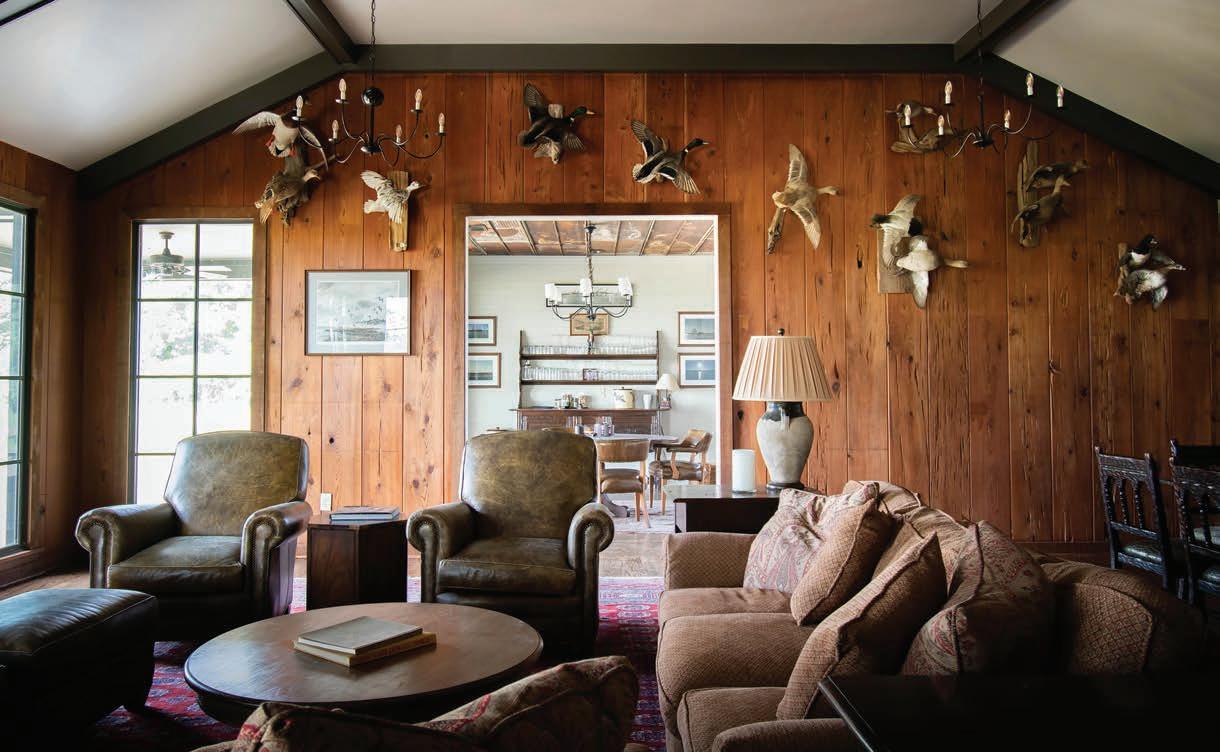
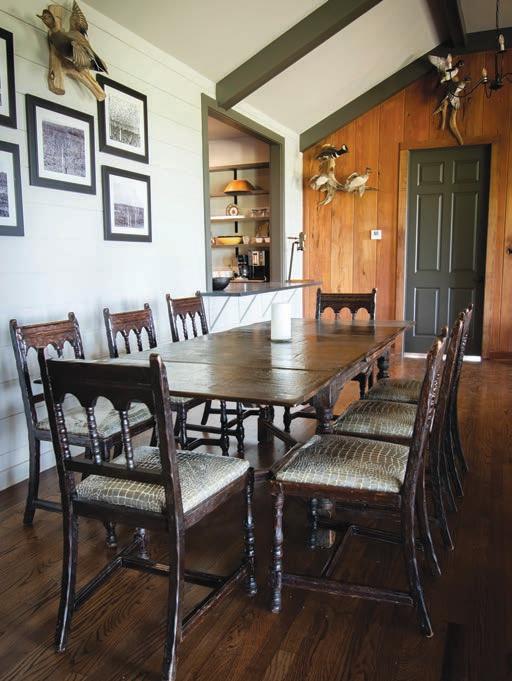
PHOTOS BY HANNAH JOYCE
Well known for taking outdated structures and doing what he calls “making a pigskin wallet out of a sow’s ear,” the original structure for the Blackfish Bayou Club, located in the Arkansas Delta, exemplifies just that. The clubhouse had fallen into disrepair, which prompted the six club members to expand it. They needed a bunk room to accommodate additional overnight guests during the peak of hunting season. Plans were made to update the kitchen to create a functional mud room and an extra living space to accommodate more people.
“We wanted to make sure that the interior was inviting enough to enjoy, especially if the hunting wasn’t so great,” says one of the longtime members. The existing great room was kept in the plans because its layout still worked for large entertainment gatherings. “They loved the old pecky cypress paneling and the beams and fireplace,” Hunt says.
The stained cypress was mixed with off-white shiplap, dark trim paint, and rich wood finishes to create the canvas for the room. The dining room table in the great room features old chairs covered in genuine alligator skin. Framed black and white photographs, along with wildlife mountings, adorn the walls throughout. The original light fixtures remained in the room.
The new den is furnished with comfortable seating and a brick fireplace. It is flooded with lots of natural daylight, making it an intimate room allowing more quiet space away from large crowds.

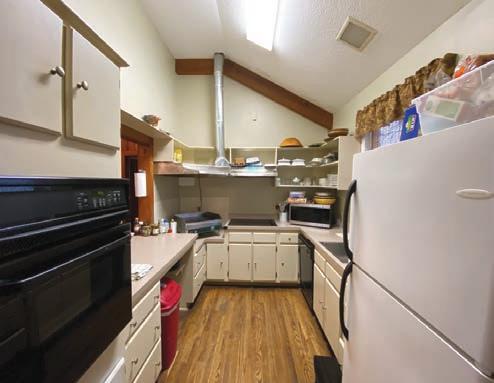
Open shelving replaced the upper cabinetry in the modern galley kitchen, complete with two ranges and two dishwashers, creating an updated, more functional space.
An interesting chair embellished with leather and antlers adds an unexpected sculptural element to the room.
The den adjoins a card room with a heavy, expandable game table flanked with leather captain’s chairs on top of an antique oriental rug. Hunt is known to use unconventional materials to enhance the overall character of his projects, such as the salvaged rusty tin used for ceiling material in the card room and other newly redesigned rooms, which are capped, adding a unique and handsome element to the overall aesthetic.
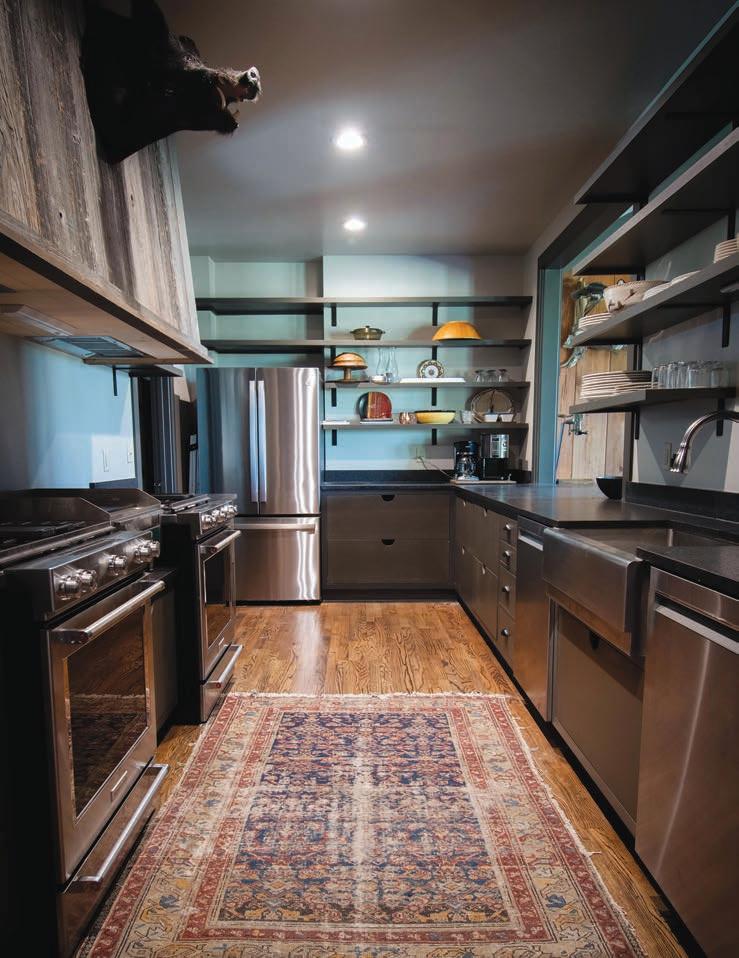
The modern galley kitchen is a hard-working space, complete with two ranges and two dishwashers, creating an updated, more functional kitchen. The stainless appliances are juxtaposed with rustic touches such as the decorative rough wood, which encapsulates the ventilation system. Open shelving replaced the upper cabinetry, allowing for a more open feel. Black, leatheredfinish granite countertops are not only durable but also work well with the character of the entire house. Oriental rugs cover the handsome rustic flooring. And fittingly, a mounted boar’s head provides a creative focal point perched above the vent hood, welcoming cooks and guests alike.
“In most of my projects, both clubs and private houses, the clients ask for functional mudrooms and large gathering spaces,” Hunt explained. “When I first started designing these hunting houses, closets and bedrooms were not a big issue, but now plenty of bedrooms and baths are a must.” The new bunk room at Blackfish is cleverly designed with built-in bed frames topped with twin mattresses, raised to give guests a place to store overnight bags and other items underneath. Instead of a night table, a small shelf was installed, with a wall lamp mounted above to save space. In addition to the bunk space, each member has his own bedroom and bath.
Ryan Anderson of RKA Construction in Memphis served as the contractor for Blackfish. “Wil and I have worked together for almost



It was a priority that each member have his own bedroom and bath, in addition to the new bunk room at Blackfish, which is cleverly designed with built-in bed frames topped with twin mattresses, raised to give guests a place to store overnight bags and other items underneath. White shiplap, salvaged tin, and simple fixtures complete these comfortable spaces.

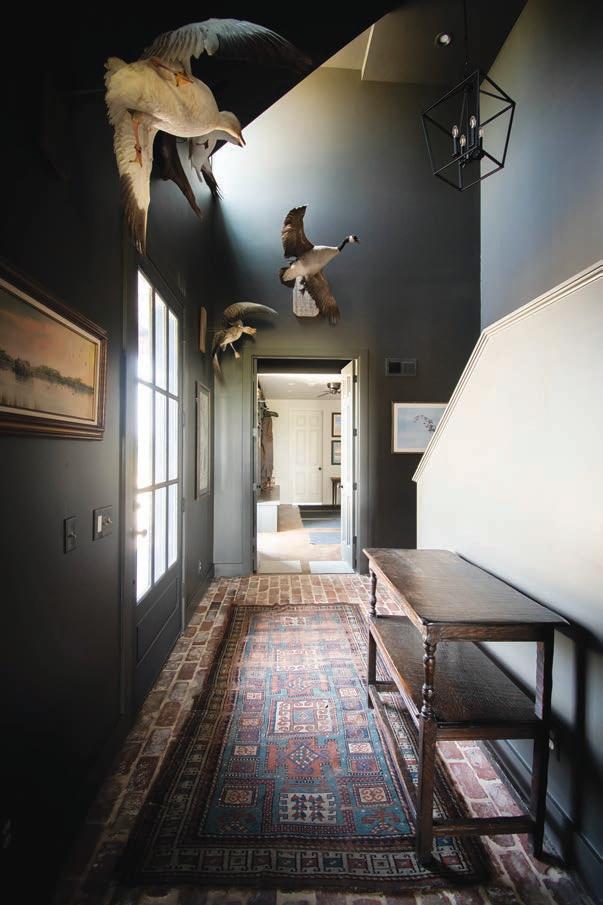

ten years. He is one of the few designers who also has prior experience in the construction world,” Anderson says. “Because of this background, his designs are very practical, and his ability to work with contractors onsite to find solutions to challenges is second to none,” he added. “Wil has an incredible eye for design details. His understanding of classical architecture results in beautiful designs with proper scale and proportion. He puts his clients first and appreciates that each one has a timeline and budget, which results in sound decision-making when it comes to the design.”
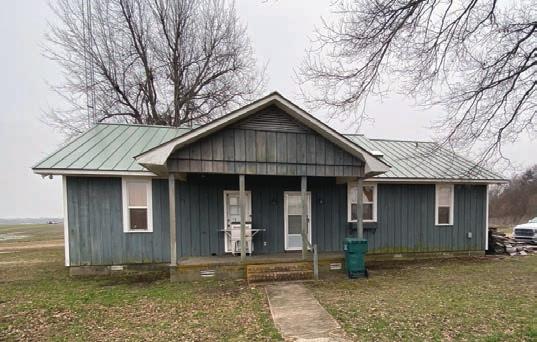


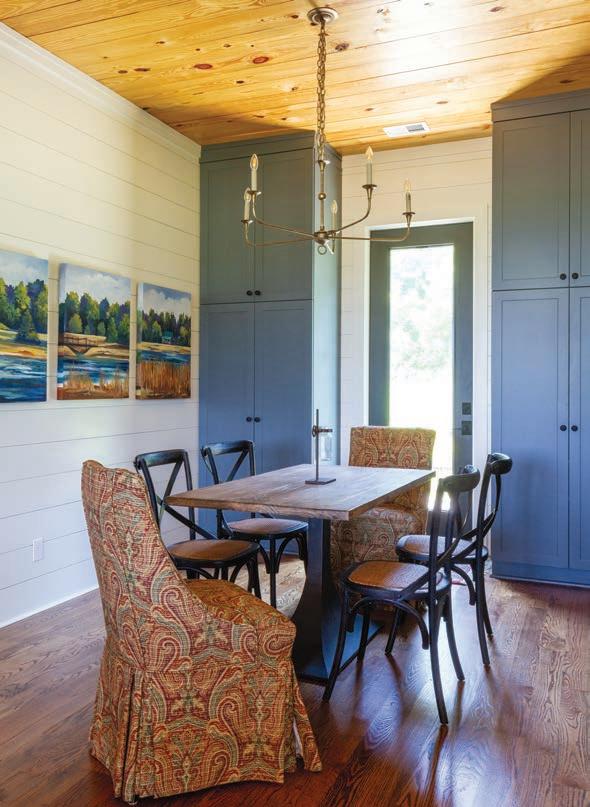
Two tall built-in cabinets in the dining room with the same finish as the kitchen cabinetry give a cohesive flow to the design and provide much-needed storage.
PHOTOS BY STEPHANIE RAWLINSON
James and Carol Threadgill of Tupelo hired Hunt to design a hunting camp on their 345 acres not far from Michigan City, Mississippi. “My son and I enjoy deer and turkey hunting, and having a camp house makes it fun for the whole family,” Threadgill says. He found Hunt through a friend, and while visiting his son in Memphis, he saw one of his projects and loved it. They met over lunch, and he was hired.
As often happens, over the course of the design phase of the project, Threadgill decided to scale back from the original plans for the project.”With Wil’s background in construction, he was able to tweak the original design to reduce the footprint without losing the overall look I wanted,” he says. Hunt worked closely with Memphis contractor Price Hays, often meeting onsite.
“We wanted a house that wasn’t just a hunting camp, but one that we’d feel comfortable living in full-time,” Threadgill says. Even though it’s nestled out in the country, the house offers the same practical interior features as if it were in a town or city. The white shiplap serves as a neutral backdrop that enhances all the
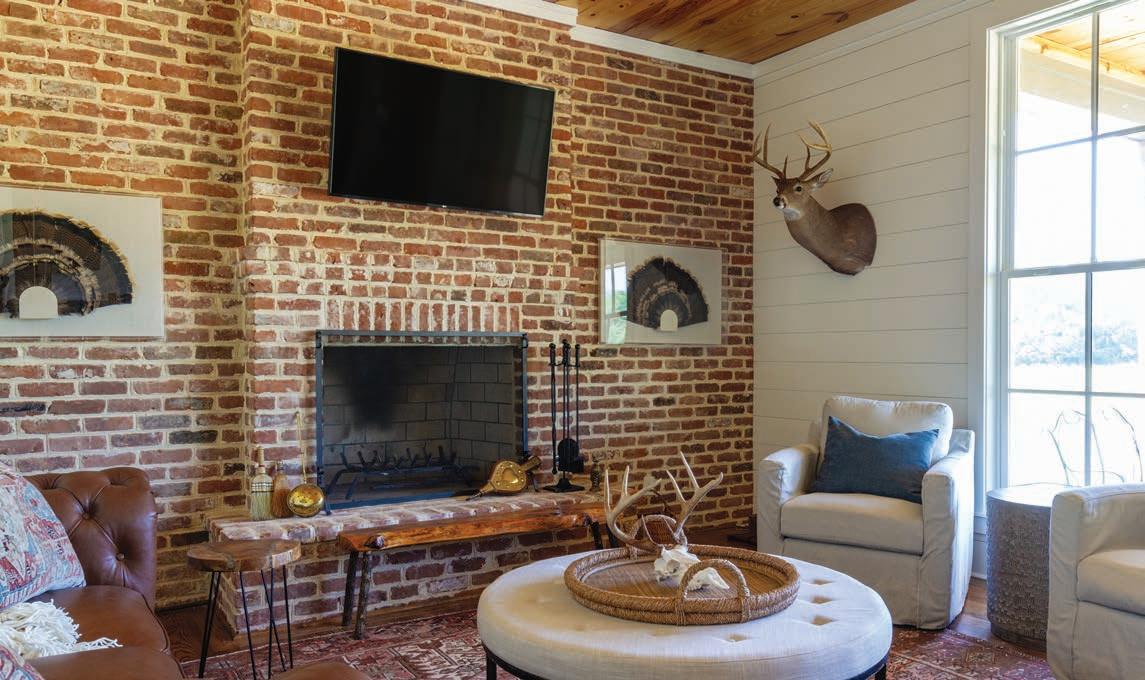

furnishings and decorative features found throughout the interior.
The kitchen is not just a visual delight, but also a functional space with rich painted cabinetry that offers ample storage. The two tall built-in cabinets in the dining room, matching the kitchen’s finish, provide even more storage and perfectly complement the table, side chair, and the fully upholstered host and hostess chairs.
Hunt specified rustic wood finishes and weathered brick appropriate to the home’s theme. Weathered flooring complements the pine-planked ceilings and the timber-framed doorway leading to the kitchen.
In the family room, a leather sofa paired with sophisticated upholstered furniture makes the space inviting for entertaining or watching television. The exposed brick wall at the end of the room serves as a dynamic focal point. Deer and turkey mounts hang on the walls, and flanking the fireplace, the Threadgills hung a pair of beautifully mounted and framed turkey fans. A primitive antique bench is nestled before the fireplace, and comfortable club chairs provide ample seating; simple lamps add to the casual ambiance.
Wild turkeys and deer roam around the property on occasion, which Threadgill enjoys watching from the front porch overlooking a man-made pond. Hunt designed the exterior space

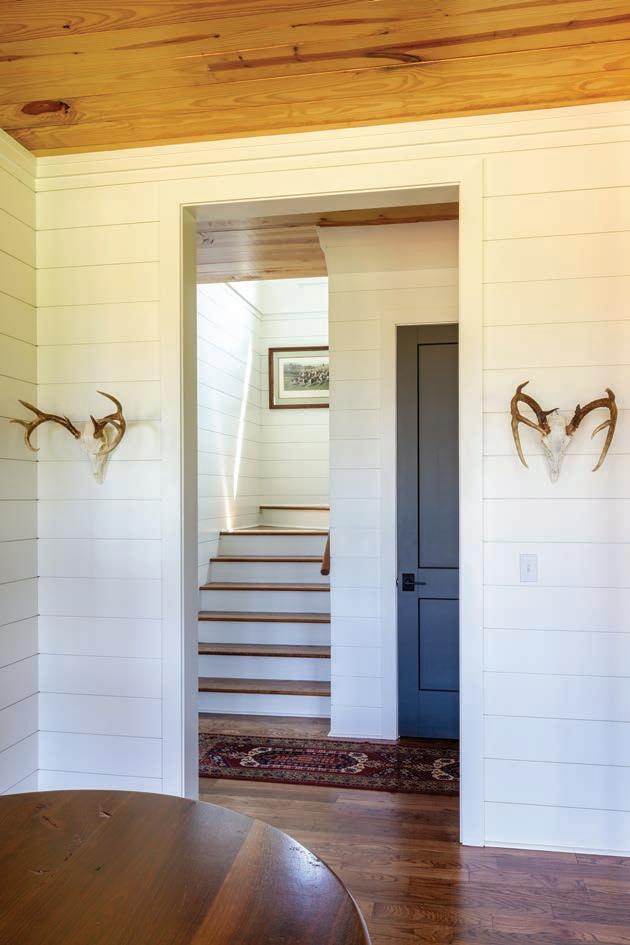
Clean lines, simple appointments, and white shiplap are a signature look throughout the finished project. Below, the cabin’s porch overlooks a man-made pond. Hunt designed the space with rough timber columns and open steps, with brick piers for support.
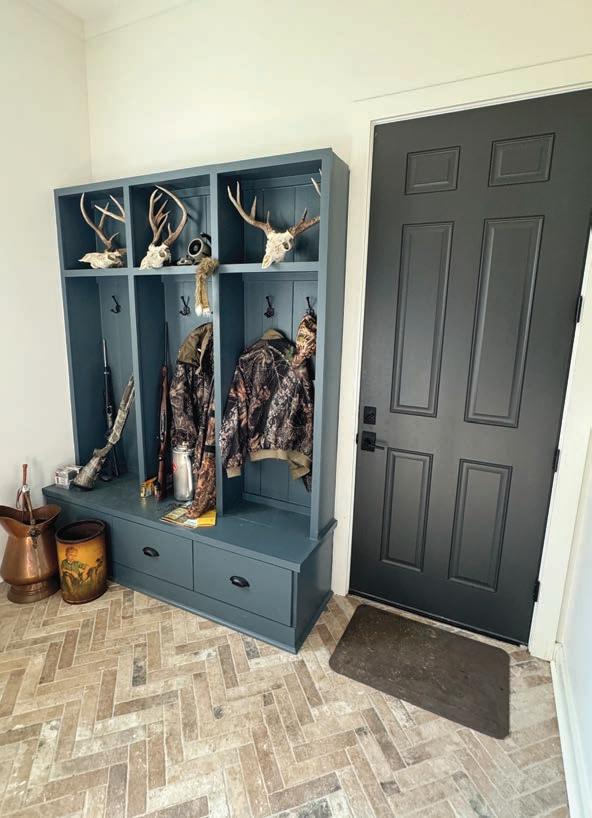
with rough timber columns, open steps, and brick piers supporting it. “Many of the old cabins used piers as a foundation, but here, we only used them under the porch. The main foundation is a concrete slab,” says Hunt. Threadgill was pleased that Hunt was able to cleverly conceal the slab, making it look like a conventional foundation.
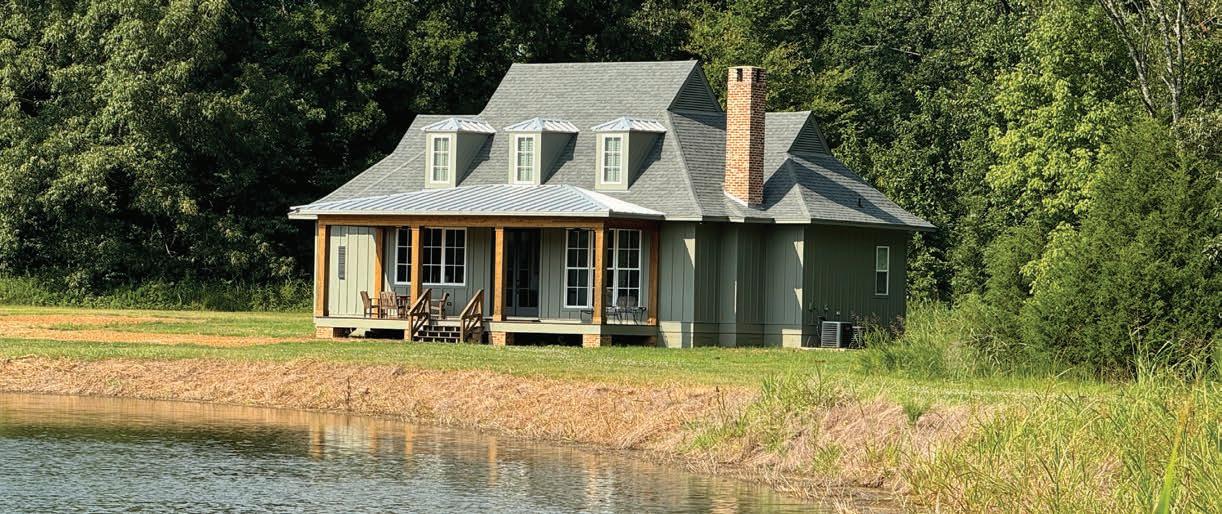
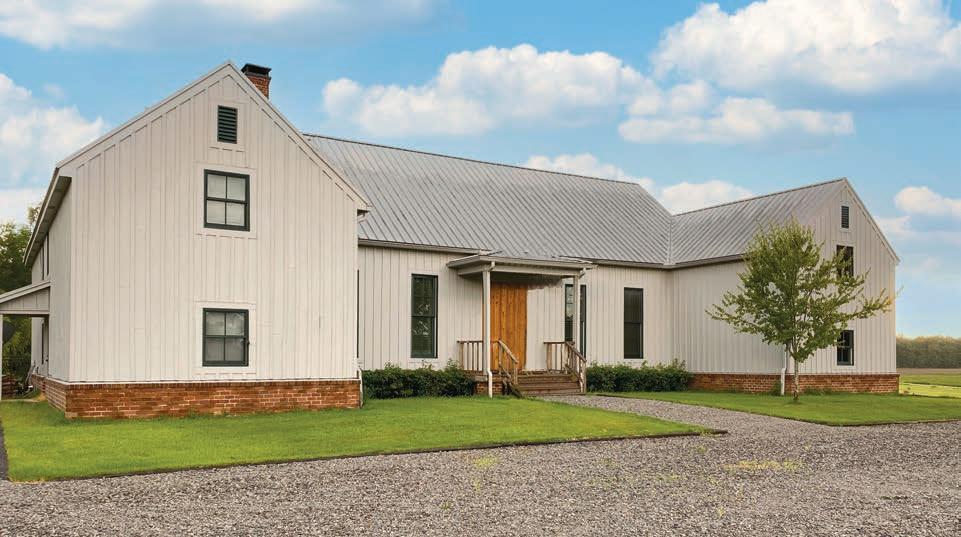
The lodge for the ten-member 713 Club, built in 2001, was Hunt’s first hunting lodge to be designed from the ground up. The original clubhouse was a steel storage container, so a new house was a huge step up for the club. “When we decided to build, the first decision was whether to build the clubhouse on pilings or a dirt mound,” says Mac McKee, one of the original 713 members, “Since a mound is more stable, we opted for that.” McKee, along with some of the other members, checked with the Corps of Engineers and were advised to build the mound significantly higher than the existing grade with the building site set just above the 1973 flood level.

One of Hunt’s favorite conceptual sketches using lead pencil, colored pencil, and watercolor felt end pens. The design was for extensive additions and renovations to an old 1920s log house originally built as a fishing cabin on an oxbow lake.

“Wil had great ideas and showed us many examples of his work,” says McKee. For the exterior, Hunt recommended cypress board and batten siding, which wraps the entire building. “It ages gracefully and ultimately takes on an ‘old country house’ feeling,” says Hunt. Constructed out of old pine, the front doors lend themselves to the rustic feel while giving the entire house a stately appearance.
“Wil created a plan that met all our criteria, and he added numerous touches,” says McKee. “He made the process easy on us and built the clubhouse on time and on budget. It has stood the test of time and contributed to many wonderful memories.”
The vernacular of a place always stays with a professional in the art of creating and designing spaces for life and work. Hunt’s Delta roots have clearly informed his thoughts on design, from incorporating the functionality of metal buildings dotting the Delta landscape to the graceful, traditional neighborhoods that sprang up decades ago. The influence of the classic simplicity seen in many older Delta homes is evident in some of the Memphis homes he has designed. “I often find myself thinking about the great homes in Gamwyn Park when I’m visualizing an exterior,” he says.
One of his notable projects, an elegant home in East Memphis, could have been transplanted from the upscale Greenville neighborhood. The painted brick home, which coincidentally belongs to a Cleveland native, features tall windows flanked by green shutters, which enhance the entire façade and fit perfectly into the style of the neighborhood.
Hunt is passionate about his projects, whether renovating a hunting lodge or designing a family residence. His work will soon expand into Oxford where he’s working on several projects sure to complement the charming neighborhoods. He will be an asset to those communities for many years to come. DM

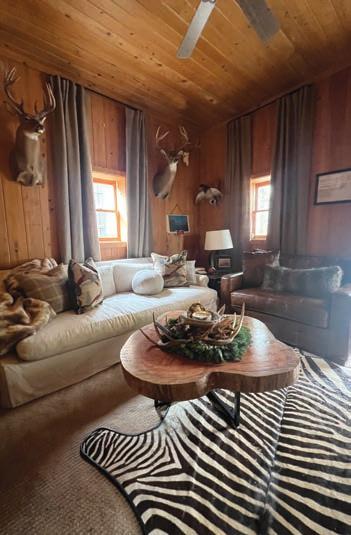


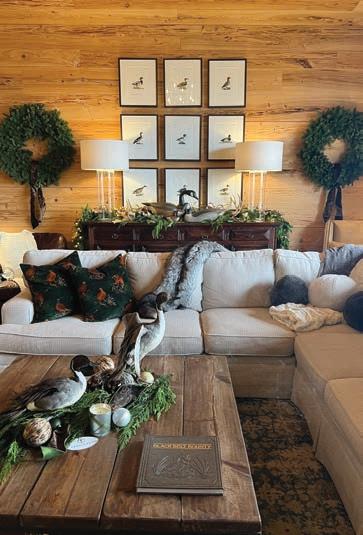






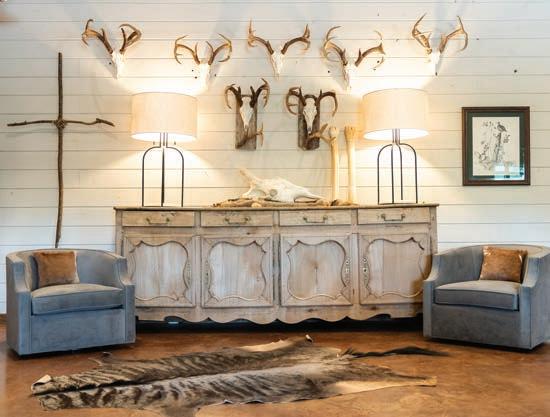
elebrate the change of seasons by opening your home for a fall gathering. As the temperature drops, it’s the perfect time to set a table on your front porch or host a dinner party. Inviting tables set the tone, whether a more elegant affair or a simple soup and salad. Use what you have, from fine china to unique vintage finds, to create a memorable fall table and treasured memories of time well spent with friends. Use these tips to add other festive autumn-inspired details to create a cozy home ready for the season.
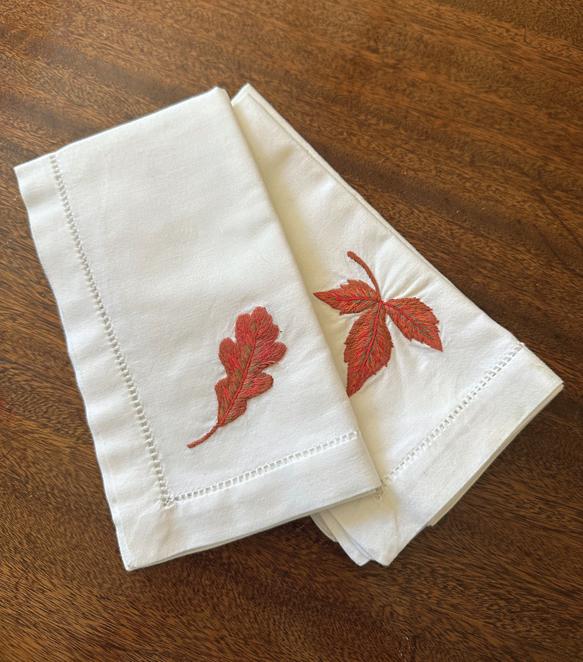
EstatE sa LE find: Vintage embroidered leaf motif linen napkins are perfect for the season.

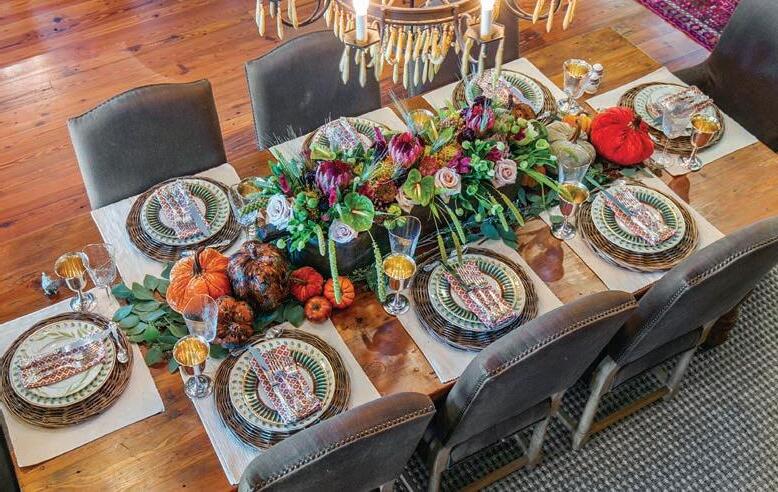
Oxford interior designer Allyson Duckworth, owner of Pearly Peacock Design, fashioned this tablescape at the Miller Point cabin of William and Margaret Anne Alias. “We wanted to make it very fall, warm, and inviting,” says Duckworth. Using an abundance of fresh flowers and foliage, plush pumpkins, and pheasant feathers, she pulled in harvest and hunting notes. This was contrasted with heirloom silver and china mixed with modern glassware on the table for an opulent and festive tablescape.
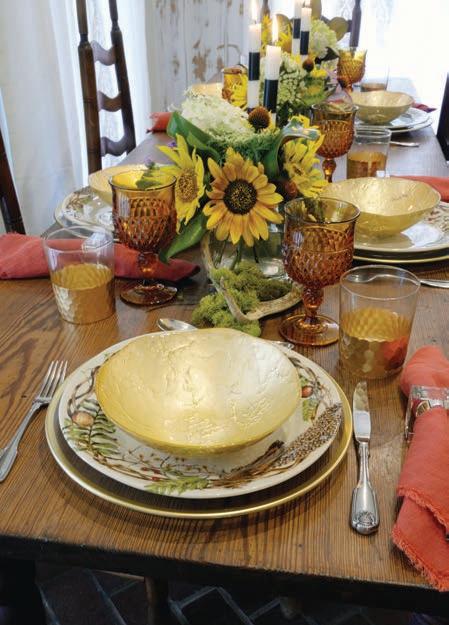
fill wooden bowls with pumpkins (real or faux), pinecones, or apples for your coffee table and other nooks around the home.
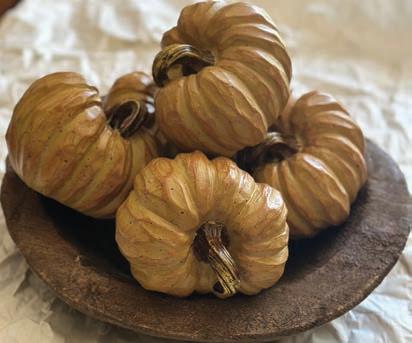

Designed by Erica Eason Hall, this tablescape at the Goode home near Clarksdale includes a touch of whimsy, with mounds of reindeer moss, retro amber glassware mixed with modern gold-brushed tumblers, fresh sunflowers, hydrangeas, and unexpected black and white striped candles. Modern touches like the acrylic napkin rings and soup bowls add to the funky aesthetic.
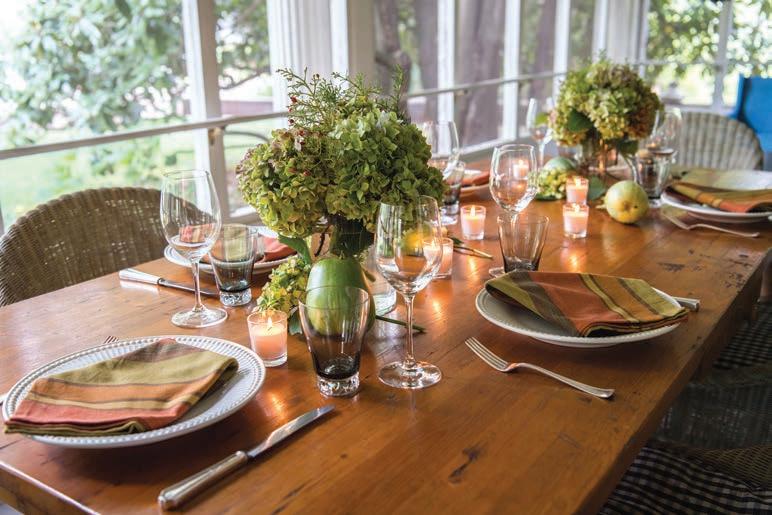
This table and settings created by Delta Magazine contributor Cordelia Capps are simple and can be easily put together. End-of-summer hydrangeas take on a dusty hue and can be dried and tucked into simple arrangements of gathered greenery clipped from the yard. Gourds and simple glassware on the plain farm table need only the addition of lots of votes for a simple but elegant porch dinner party in the early fall.


staffordshire dogs are having a moment and are just right for fall accessorizing in this russet tone. these were found at an estate sale for ten dollars!
In keeping with the rest of this lodge at Bowman Delta Farm in Clarksdale, most of the elements for this stunning fall arrangement, designed by Jenny Dabbs of J.Dabbs Designs, were foraged from the property. A long wooden antique toolbox was filled with show-stopping spent sunflowers gathered right outside, seeded eucalyptus, and additional fresh sunflowers with clipped stems. To add rustic interest, she added deer sheds found onsite.
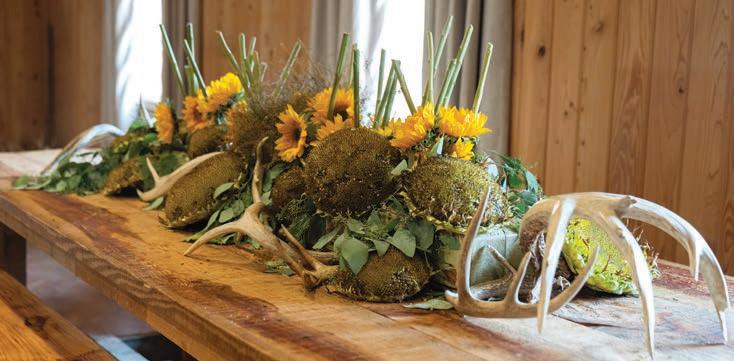

tuck antler sheds and pumpkins in arrangements on mantles and bookshelves.


don’t overlook the dried flowers and branches from your yard.
PULL oUt yoUr brass aCCEssoriEs: brass candlesticks are easily found at estate sales! Use candles in fall hues of amber, brown, and orange.

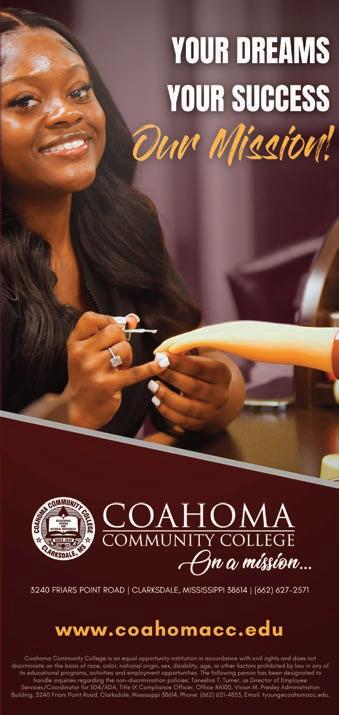
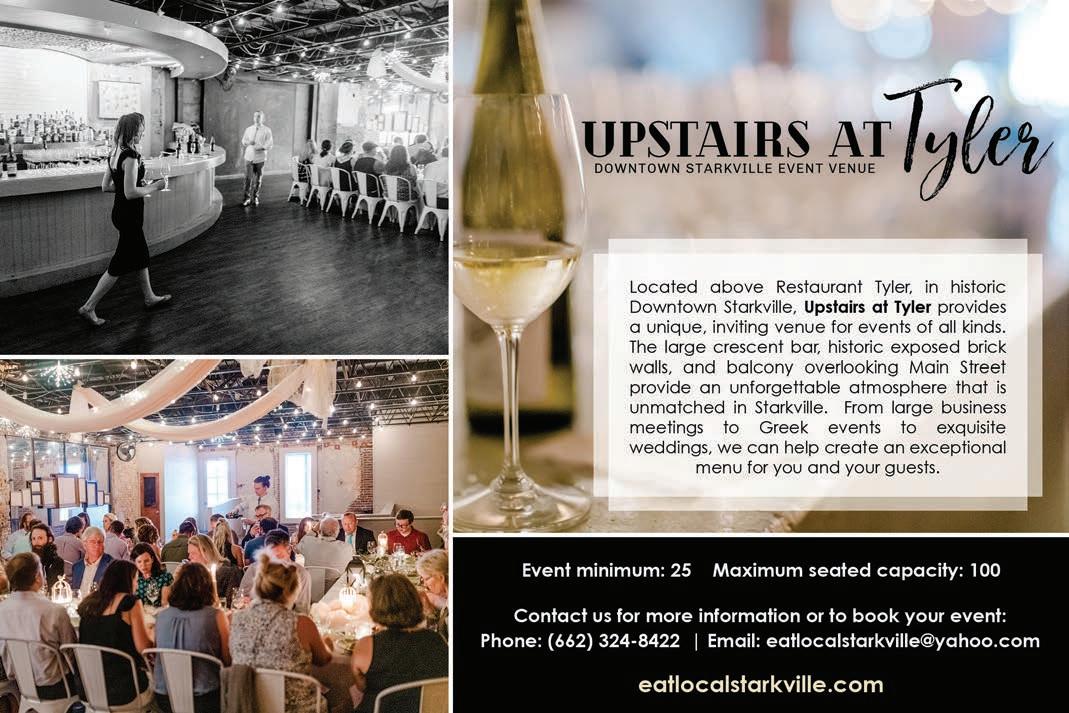


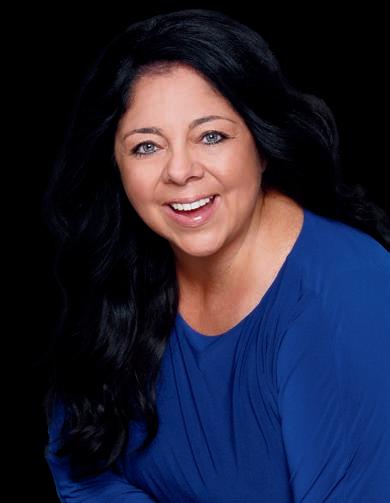


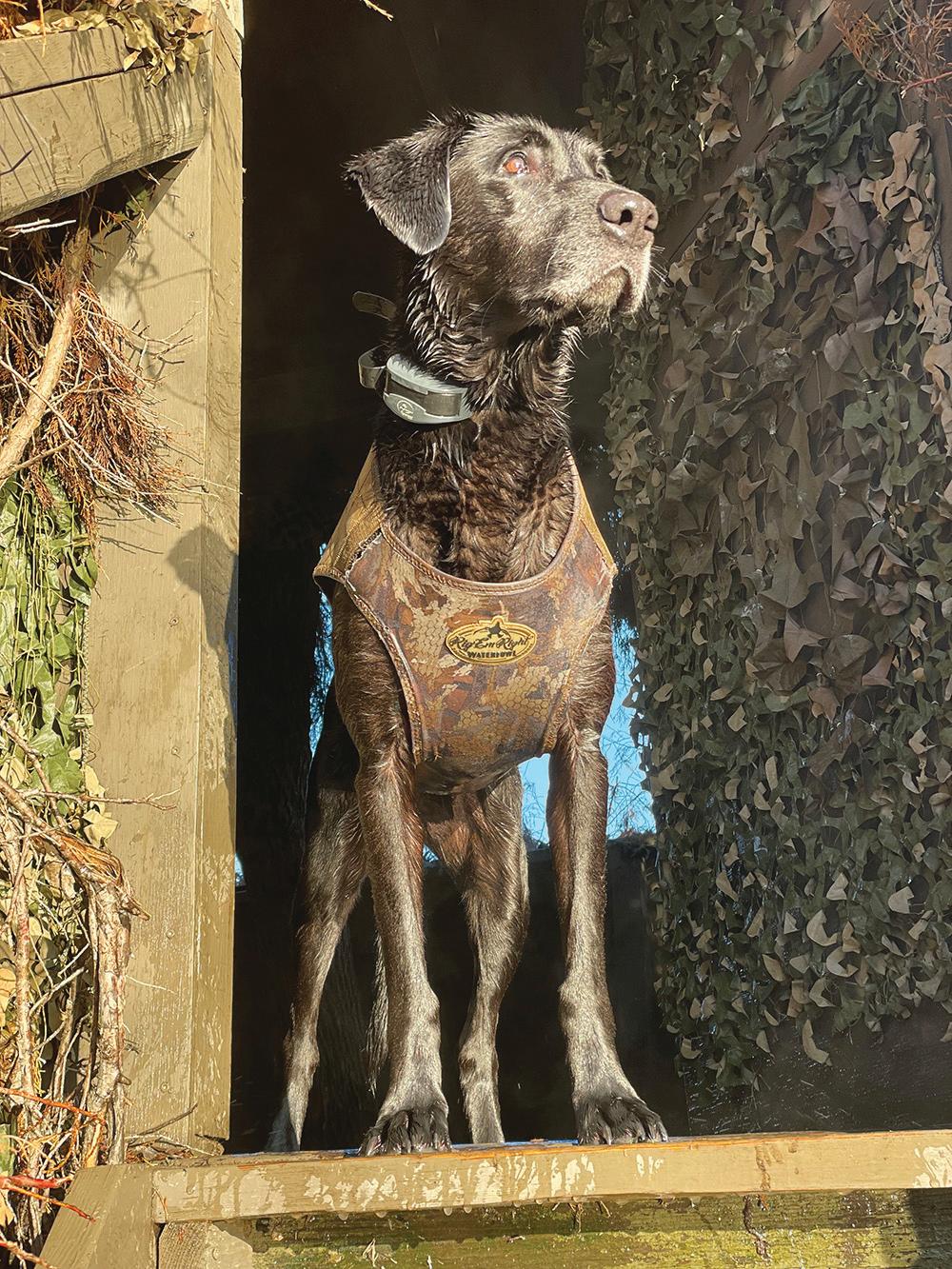



When Delta native Laird Hamberlin advocates for hunting rights and wildlife conservation, his personal ambitions meet his life’s work
BY JIM BEAUGEZ
It takes a special breed of hunter to willingly forego even the most basic human comforts for the challenge of the pursuit. As the promise of amenities like a warm shower and a bed at the end of an arduous hunt go out the window, some would rather just stay home. Many do just that.
But hunters like Laird Hamberlin, a Memphis resident who grew up in Greenville and Yazoo City in Mississippi, aren’t swayed from their obsession for the outdoors by a lack of hospitality, whether hunting in the Delta wetlands or deep in the African savannah, or even while scaling the unforgiving alpine elevations of Alaska.
For these men and women, the mightier the challenge, the greater the reward. And on a recent August morning, Hamberlin, who has spent much of his life toeing the ridge between the two, was preparing for his latest adventure, a hunt far off the grid in America’s final frontier.
“I’ll be sleeping on the side of a mountain, chasing sheep, with everything that I’m going to take on my back,” says the 59-year-old Hamberlin.
Soon, he’ll leave his southeastern Memphis home, where the taxidermied busts of more than 300 species of animals are a constant reminder of the sacrifices made by both the hunter and the hunted. After touching down at a series of outposts across a 3,000-mile journey, he’ll board one more flight in Fairbanks, Alaska, from which a bush pilot will maneuver the remaining distance in a single-engine airplane and drop him among the sharp peaks of the Alaska Range.
The transition from one geographic extreme to another—trading the table-flat Mississippi Delta for the highest mountains in North America, where Denali reaches 20,310 feet above sea level—is a necessary journey for pursuing dall sheep, which inhabit the arctic and subarctic expanses of Alaska.
Eyeing his 50 lb. pack, Hamberlin says he has pared it to only the most essential items he’ll need to survive, like freeze-dried
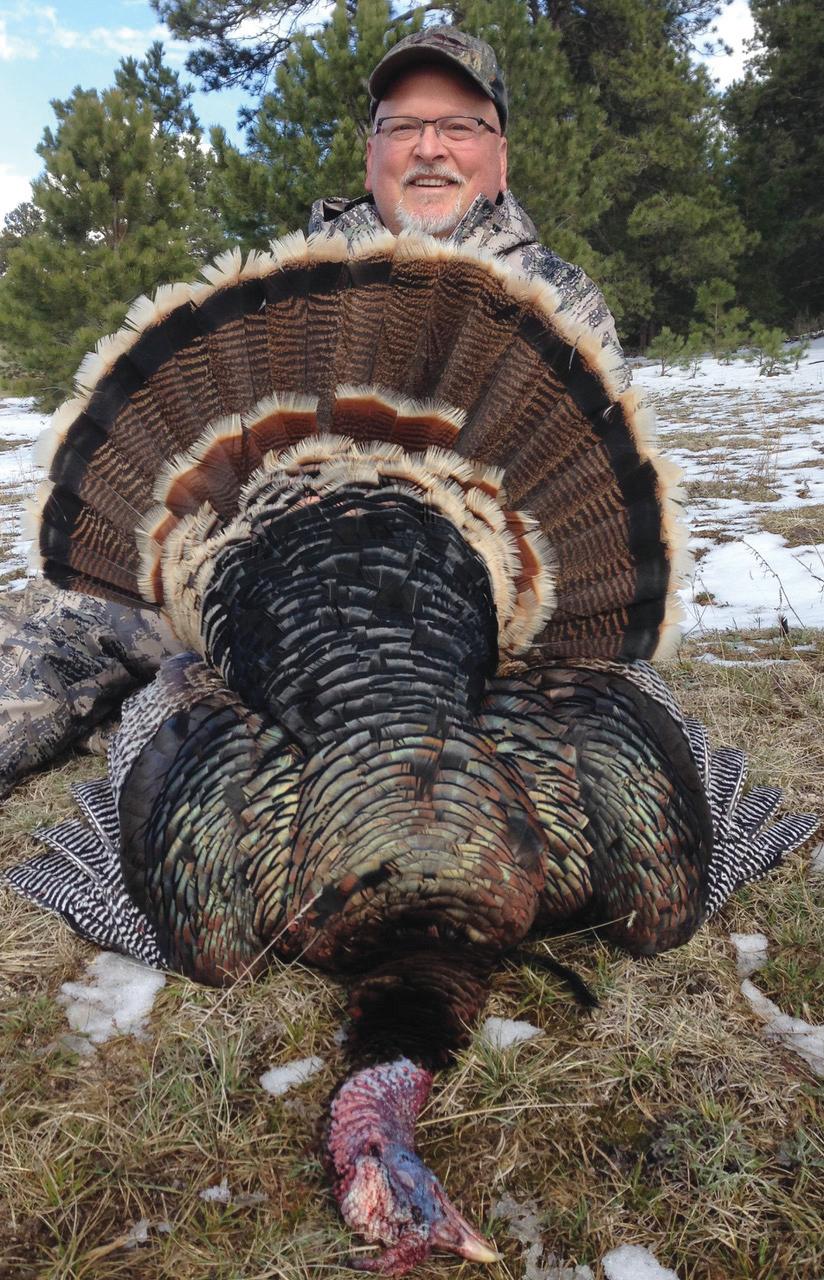
meals and a sleeping bag. “It’s just like when I was a Boy Scout growing up,” says the former Eagle Scout, who camped with his Greenville-based troop once a month as a kid. That’s where he learned how to pack for such adventures, where even the handle of a toothbrush can send your pack over the weight limit.
But it’s all in a day’s work, so to speak, for Hamberlin. For the past five years, he has led the non-profit Safari Club International as its chief executive after moving through the ranks as a volunteer for three decades, when he served as president of two chapters in the organization before advancing to the group’s executive committee.
Although the group’s moniker conjures
“When you’ve got to put everything on your back, you don’t really need the whole toothbrush handle,” he says. “You cut it in half, because they say that an ounce on your backpack is equivalent to a pound on your feet, so you’ve got to reduce as much weight as you can while you’re out there. You’re only bringing what you need.”
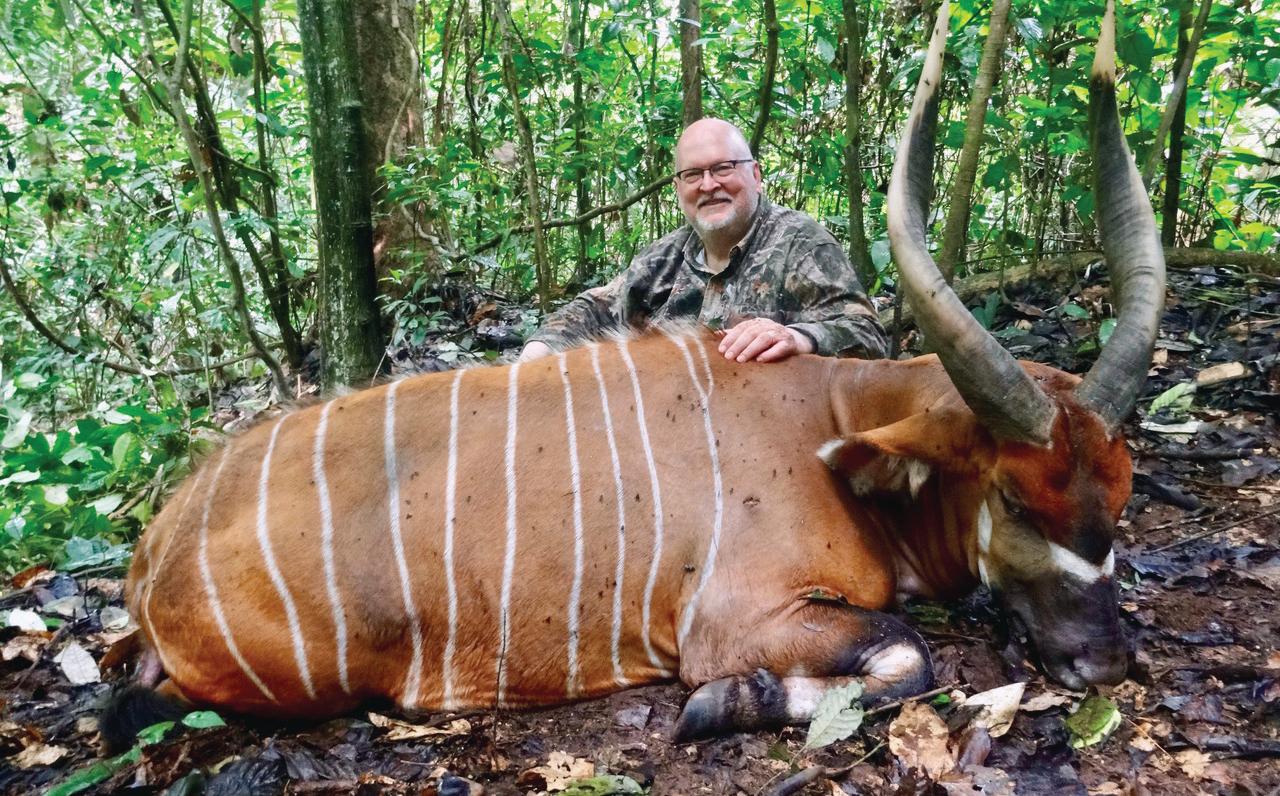
the exotic, its mission is grounded—Safari Club International exists to protect the right to hunt and promote wildlife conservation on a global scale. Hamberlin lives in motion, traveling between home and Washington, D.C., where he works with the federal government and other non-profit groups to advance those causes. And when he’s not promoting hunting rights, he’s exercising them.
Hamberlin lived in Yazoo City as a child, then moved to Greenville, where he
attended first through twelfth grades in school—incidentally, the longest stretch he’s lived in one place since. That’s where he developed a love for hunting and the outdoors, thanks to his father, Bob Hamberlin, who was a soil and water conservationist for Washington County, and his grandfather, who was an agent for Issaquena County.
“My family didn’t come from a lot of money, and we had to hunt a lot of times on public land,” he says. “I remember
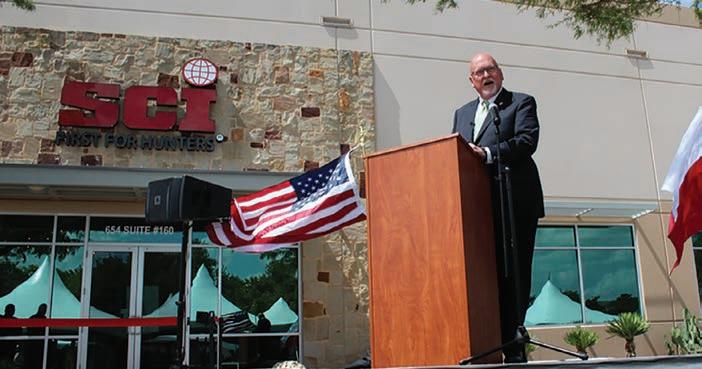

hunting turkeys at Leroy Percy State Park, down from us in Greenville. I caught my first bass there.”
After graduating from Delta State University with a degree in marketing in 1987, he spent his early professional career bouncing from one opportunity to the next while living in Memphis, Houston, Dallas, San Antonio and Atlanta. Work then brought him to Singapore, where he managed global accounts for a number of corporations, before he made his way back to the Bluff City.
Hamberlin really got started on his pursuit of harvesting an array of species on a global scale after his father passed away

while turkey hunting. He estimates that at the time, he had “maybe two” taxidermied animals in his collection. But his wife, Katie Hamberlin, encouraged him to pursue the hunts he dreamed about, provided everything else was in order for the family.
Fast forward to 2022, when Hamberlin became one of only 90 people who have won SCI’s World Hunter Award, an achievement predicated on harvesting at least 219 species. “My wife brings it up often, saying, ‘I didn’t realize how far this was going to go,’” he says. “And I say, ‘Hey, you’re the one that started this,’ and have a big laugh.”
A major hurdle some people have about hunters, and big-game hunters in particular, he says, is not understanding how many of them are by nature conservationists for both flora and fauna. “That’s what [Theordore] Roosevelt talked about a hundred-plus years ago when he was president,” he says, noting that SCI has spent $60 million since 2000 for conservation initiatives that preserve healthy populations across numerous species of animals, as well as the environments in which they thrive.
What many Westerners miss, he notes, is how much hunting is a symbiosis with

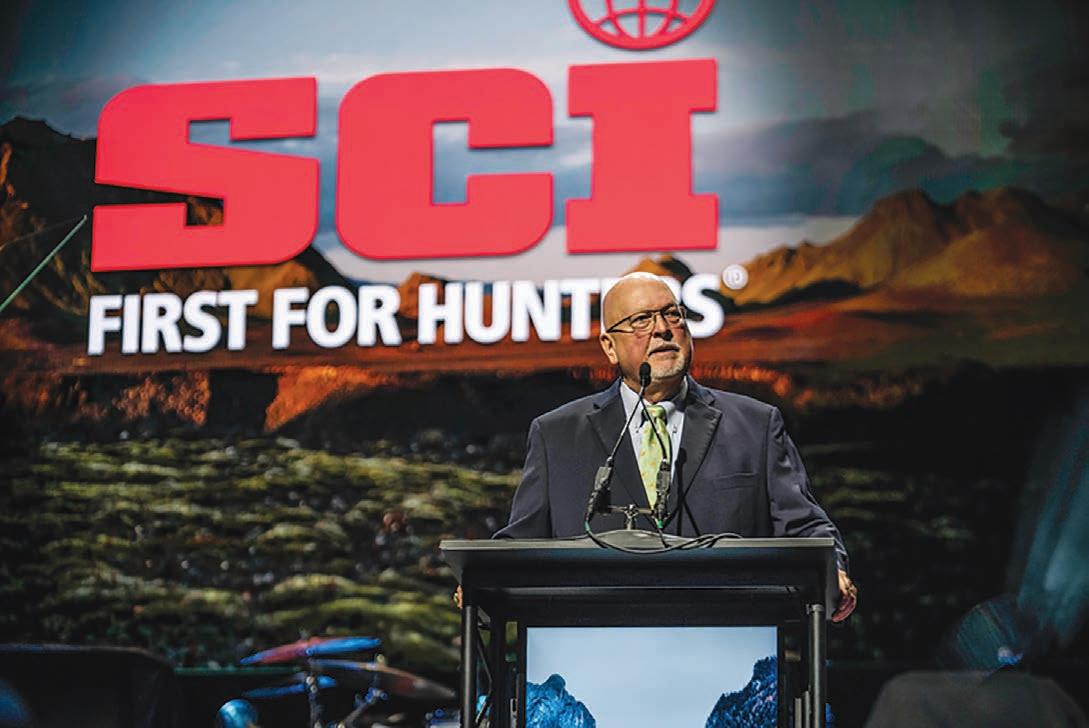
locals and their environments. Hunting big game in Africa is not only big business for them—money enters their economies through hunting permits and fees; the food, lodging, and other resources hunters consume; and of course, the fees hunting guides earn for their work—but it also removes real, present dangers that locals have to contend with daily.
“Think about if there were lions in downtown Memphis or Jackson, Mississippi, and you were having to figure out, “Am I going to be able to dodge this lion or this leopard so that my kid could get to school every day?” We probably wouldn’t have them, they would be eradicated. You’ve got the harvest of the animals themselves and that game meat being used to feed locals there, so it works for everybody all around.”
Earlier this year, Botswana president Mokgweetsi Masisi made headlines by threatening to send 20,000 elephants to Germany in a dispute over conservation after the government suggested imposing stricter limits on hunting trophies brought into the country. In response, Masisi told German newspaper Bild that Germans should “live together with the animals, in the way you are
trying to tell us to. This is no joke.”
The country is home to 130,000 elephants, a third of the entire global population, and depends on the economics and herd control provided by hunters, many of whom ship trophies home after
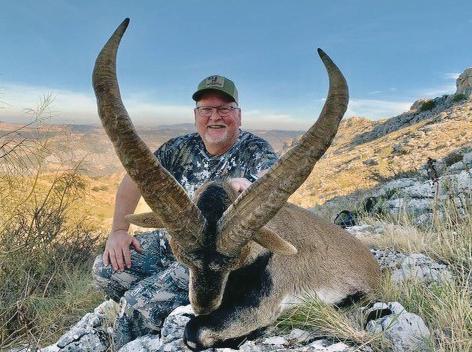
Hamberlin says, “because it provides a food service for the people, it provides an economic resource for the country, and it can reduce the carrying capacity.”
Despite the allure of traveling vast distances to harvest exotic animals—surely an intoxicating combination of experiences—and his gallery of achievements, Hamberlin maintains that his favorites species to hunt are still the ones he grew up pursuing in his Delta youth.
“I’ve hunted all over the world in countries most people can’t find on a map, much less a globe,” he says. “I’ve taken species you don’t see in zoos, and most people have never even seen unless they’ve specifically gone to an encyclopedia or looked it up on Google.” And yet, his answer when people ask the inevitable question is decidedly pedestrian.
the meat and other resources are consumed. Those herds damage crops and property and trample people, Masisi contends. Previously, the country sent 8,000 elephants to Angola as a way to offset the damage caused by the surging population.
“The way to control that is by hunting,”
“I tell them, ‘DDT,’ and they go, ‘DDT?’” he says. “My favorite things to hunt are deer, ducks and turkeys, all right here in Mississippi and other parts of the world, as well. Even though I’ve taken these species and I’ve been to far-flung places all over the world, it comes back to deer, ducks and turkeys.” DM


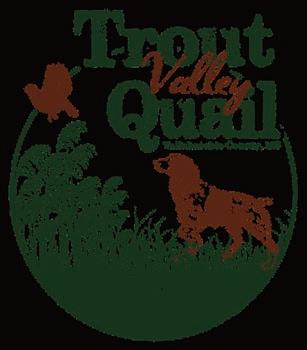

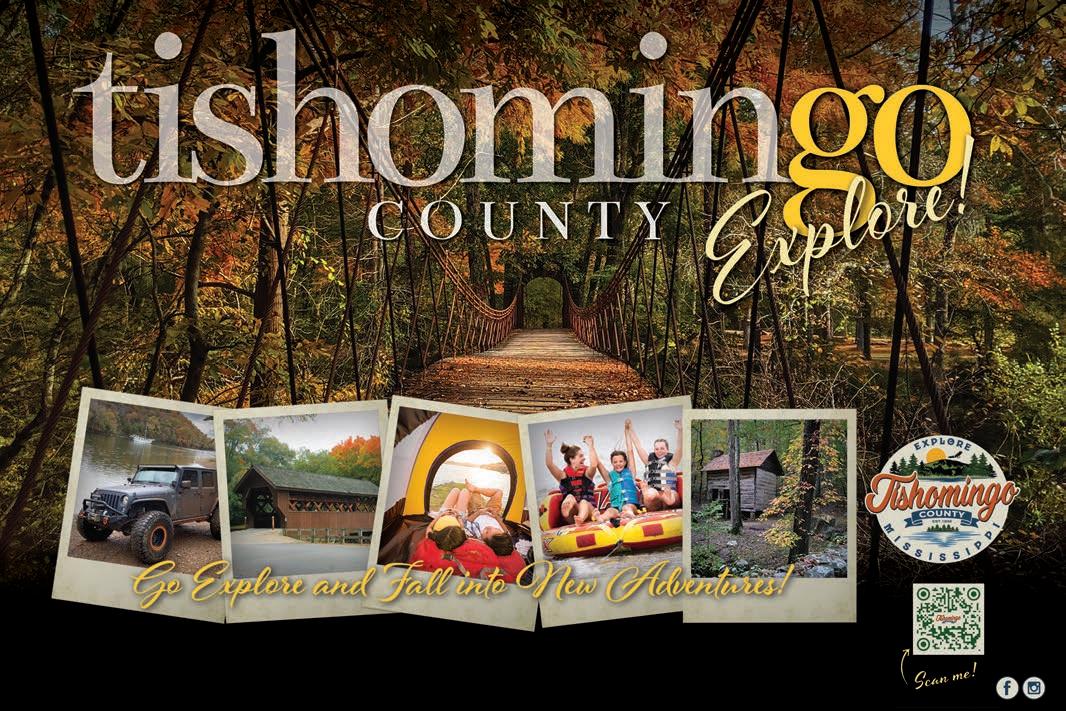

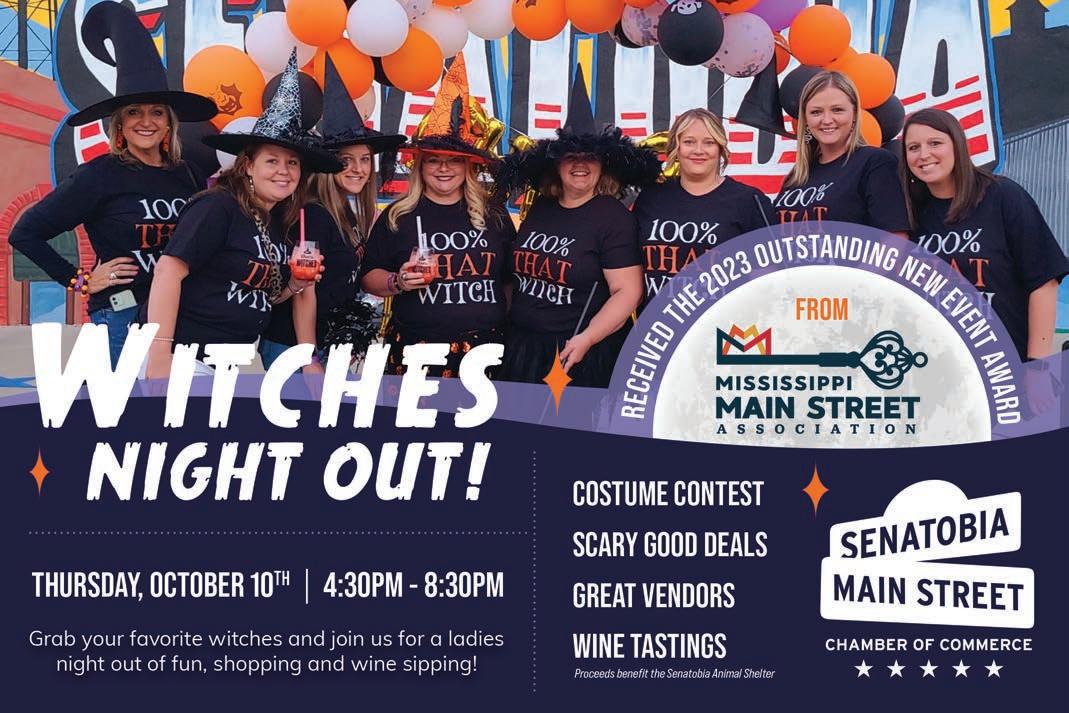
Lanier Bonner’s custom leather goods are hand-cut, hand-stitched, and hand-dyed
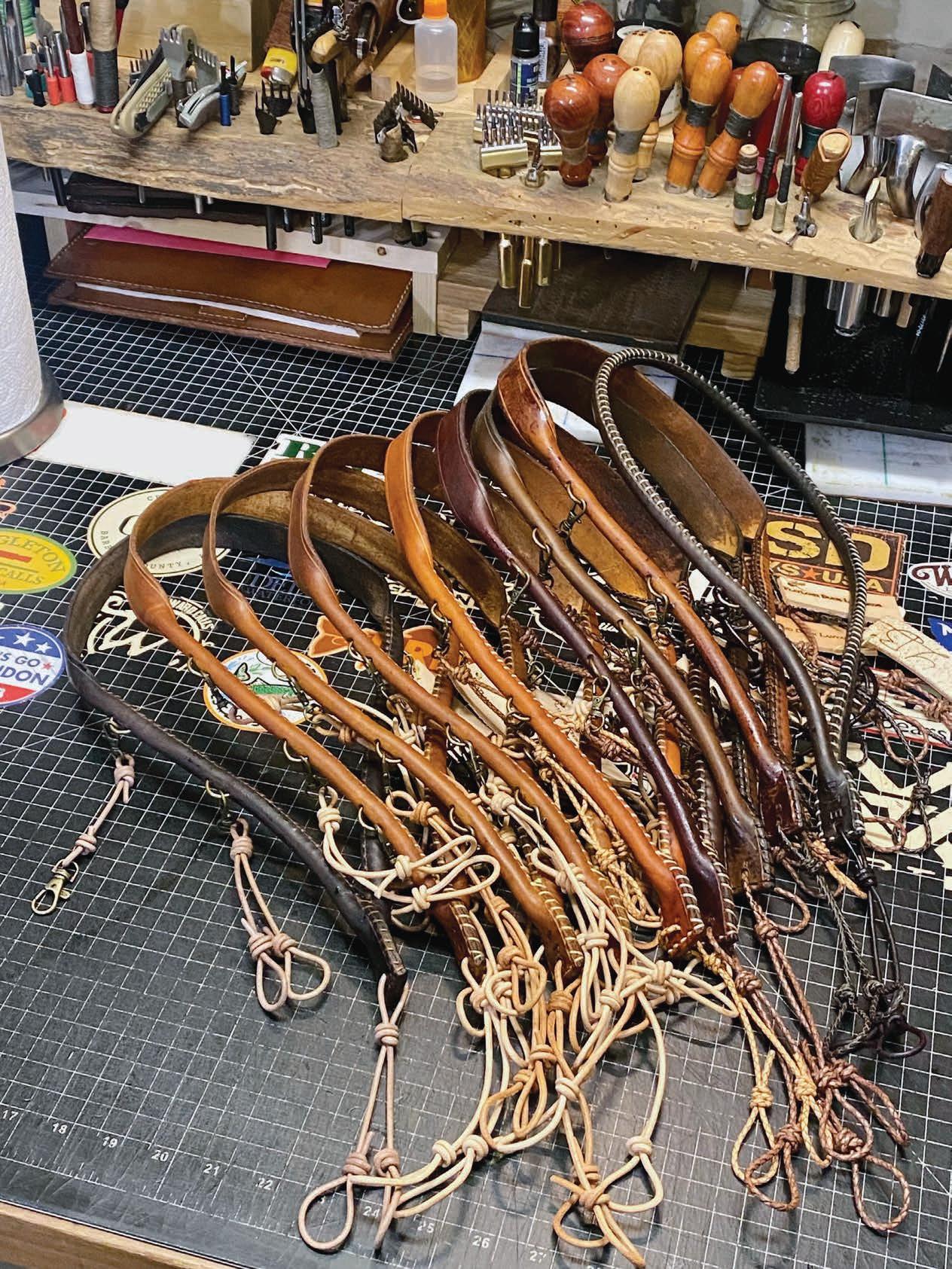




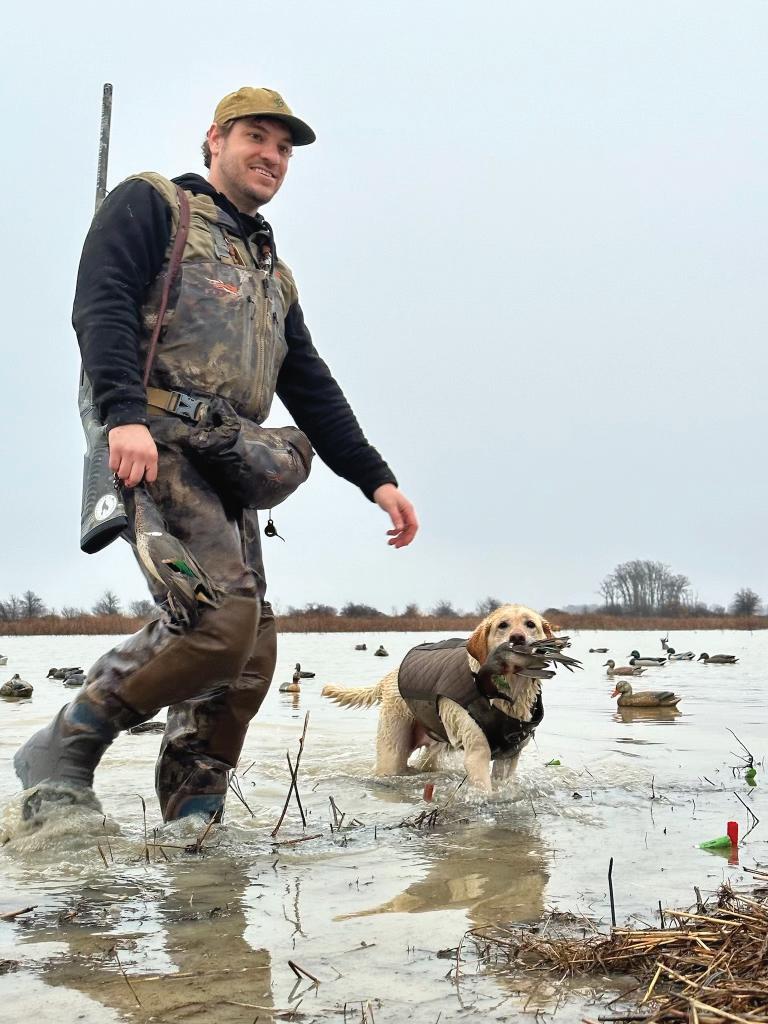
BY EMMA ELLARD • PHOTOS COURTESY OF LANIER BONNER
have long been stitched into the fabric of Southern culture, from pottery to painting, woodwork to welding. Eight years ago, Lanier Bonner of Memphis took up the artisan’s helm—to support his hunting habit.
In 2016, Bonner, an avid hunter, started making leather gear to take to the duck blind. Since then, he has given the oldfashioned craft of leatherwork new life and provided hunters the quality leather goods he’d been looking for.
Lanier Bonner owns Flatland Duck Co., a leather goods shop that prides itself on long-lasting, handmade, quality wares. Bonner’s products—from lanyards for duck calls to collars for duck dogs—line the shelves at Rolling Thunder Duck Calls, a hunting gear and southern lifestyle company based in Somerville, Tennessee. Bonner and his team fill hundreds of orders weekly in his partnership with Rolling Thunder—each item is made by hand.
Commitment to craftsmanship has always been a theme throughout Flatland Duck Co.’s history—even from its humble beginnings.
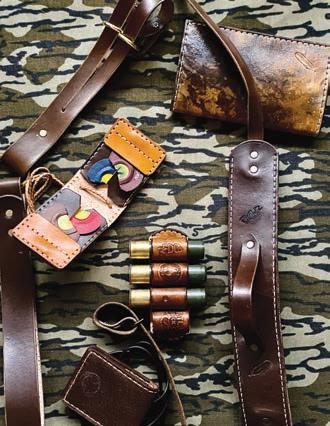
“It started out pretty much as a hobby,” Bonner says of the company’s origins in 2016. “I guess it was a personal quest for something quality.” At the time, Bonner was working a corporate job and pursuing his passion for hunting after hours. Tired of taking cheap, mass-produced gear to the stand, he felt challenged to pick up leatherwork, too.
“It was more or less just that I’m always piddling with something, and somehow, I got the idea to start playing around with leather,” Bonner says.
His first design was a lanyard to hold his duck calls—a design that would prove fateful.
Bonner’s hunting buddies were the first to receive prototypes of the design. They were well received, and word about Bonner’s new pastime spread quickly. “My
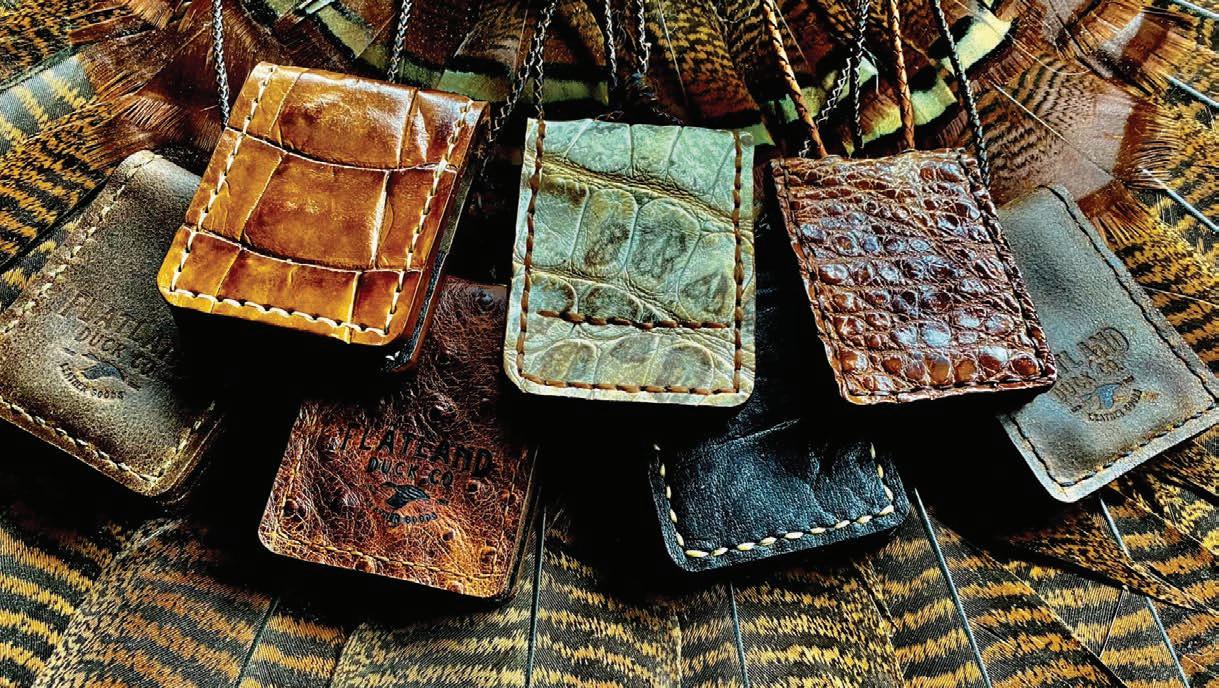
friend gave a lanyard to someone, and someone else posted a picture on Facebook, and next thing I knew, I had all these people wanting to buy something—and I didn’t even know what was really needed or wanted by the people,” Bonner recalled. “But it sure was.”
By 2017, enough orders had rolled in to spur Bonner into action, and Flatland Duck Lanyards was born.
Customers came in droves to Bonner’s earliest storefront—Facebook. “When I first started, I was making one or two duck call lanyards a week for people who sent me messages on Facebook,” Bonner says. “Then it got to the point where I was six to eight months backed up. That was pretty overwhelming.”
The business had started, it seemed, had taken flight—and it was faster than either Bonner or his wife, Sydney, could keep their sights on.
“I was working a corporate job,” Bonner says, “and my wife was like, ‘This is crazy. You’re going to have to pick one of the two.’” So, Bonner took the leap: he left the corporate world for the leatherworking studio. He’s never looked back.
In the eight years since Bonner picked up the leather cutter, his business has changed several times. It went from a side hustle to a full-time solo operation, and
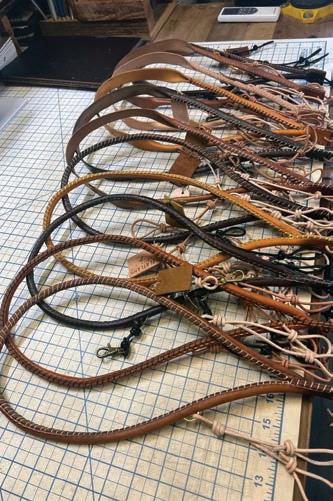
sales expanded from Facebook to a shiny new website. Around 2020, the company changed its name from Flatland Duck Lanyards to Flatland Duck Co., as Bonner had diversified his catalog.
Then, in November 2023, Flatland Duck Co. caught the eye of Rolling Thunder Game Calls. Since their partnership, Bonner’s operation has moved
to Somerville—new territory for the Georgia-born Ole Miss grad and longtime Memphis resident—and has reached new heights.
“Now that I’m here, we’re producing one to two hundred of multiple different products a week,” Bonner says. “But it’s obviously not all on me anymore. I have some guys helping me here at the shop. It’s a group effort. It’s definitely evolved.”
One thing that hasn’t changed, though, is Bonner’s commitment to quality handiwork.
Each of his products is handmade without using machines, according to Bonner they are “hand-cut, hand-stitched, hand-dyed. That’s pretty neat, I guess, being eight years old and growing so fast, but we somehow still find a way to do everything by hand,” he says. “We’re not getting anything sourced or outsourced or anything like that. We get one whole cowhide, essentially, and it’s already tanned into leather by the time we get it, but it’s not cut or anything like that.”
There’s something Southern about that ethic—doing it the old-fashioned way.
Bonner’s main clientele, of course, is the quintessentially Southern hunter. His bestselling products at Rolling Thunder include lanyards for duck and turkey calls, dog collars, and totes for various waterfowl. He

also makes products for use beyond the woods, such as wallets and journals.
Still, the duck call lanyard remains the heart of the operation. “I’ve sold more lanyards than anything by far,” Bonner says. “They’re still the most popular and they take the most time.”
“For the style they are, I was one of the first ones doing them,” Bonner claimed.
Whether it’s a piece of gear for the hunt or a gift for a loved one, Bonner hopes his products can be well-loved and passed down through generations—leather, after all, gets better with age. It’s this mission statement that keeps him from caving to modern standards of speed and convenience in the shop. “People are willing to wait,” he says. “If it’s something quality, people will wait for it. I’d rather take my time and do it right.”
Fear not for the artisan tradition. At Flatland Duck Co., Lanier Bonner is keeping the Southern tradition of quality craftsmanship alive and well.
You can find more information about Flatland Duck Co. at their website, flatlandduckco.com, or on Facebook (as Flatland Duck Co). Find Bonner’s catalog at rollingthundergamecalls.com or at Rolling Thunder’s physical location in Somerville. DM







Providing comprehensive services to Mississippians with disabilities to help them gain employment, retain employment, and live more independently.

“There’s just no good reason not to have your safety on if you’re not shooting”
Hunter Azlin
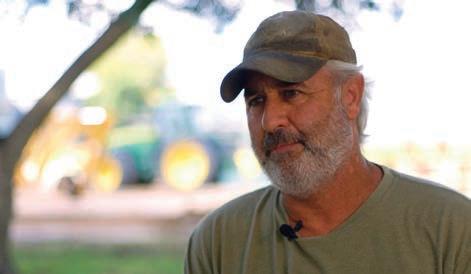
“He hit his knees, hit the ground, and at that moment he realized he had shot a person”
Ralph Azlin
Sportsman


Mississippi Department of Wildlife, Fisheries, and Parks JOHN HUNTER 123 ANY STREET ANYTOWN, ST 12345-000 Date of Birth: 11/19/1984

BY SUSAN MARQUEZ •

BY TOM BECK AND DREW DEMPSEY
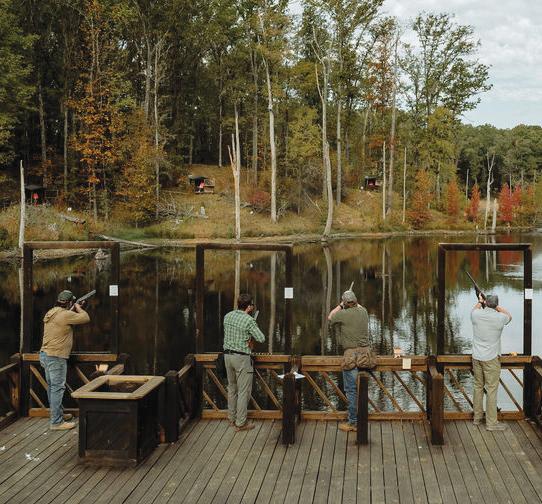
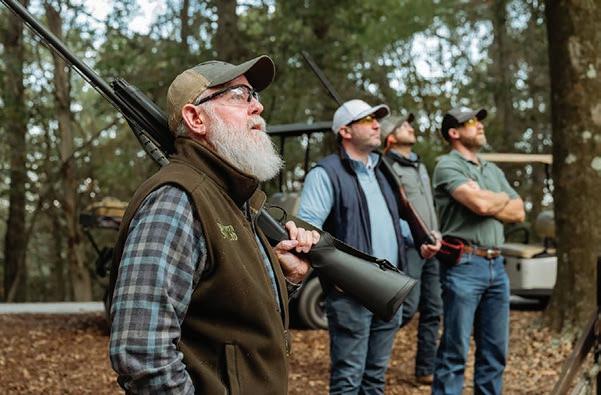
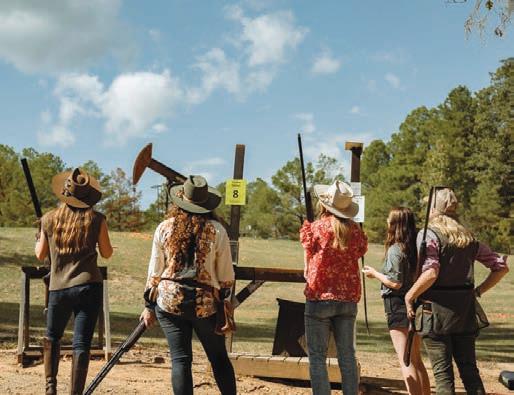
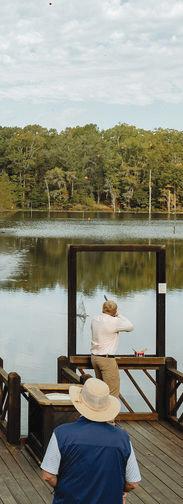
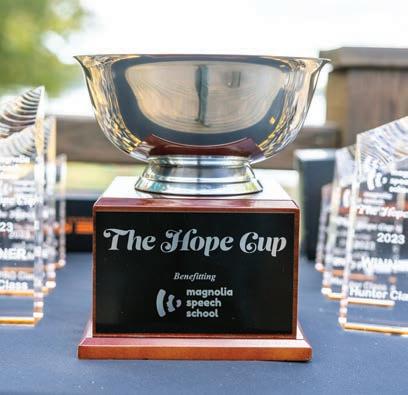

E
ACH AUTUMN, hundreds of people gather for the day to enjoy the fresh air and the stunning scenery of rolling hills and deep woods at
Providence Hill Sporting Club outside of Flora.
Guns cocked and ready, teams of participants will compete, shooting a clay course in three flights. In the process, they are also raising funds for the Magnolia Speech School in Madison, where a community has been created for languageand hearing-challenged children and their families—a place where they are empowered socially, emotionally, and intellectually to reach their full potential through listening and spoken language.
The event at Providence Hill is called The Hope Cup, and the clay shoot is the primary fundraiser for Magnolia Speech School each year. The idea for the event came from Wayne Parker, who saw Magnolia Speech School students singing on television. He couldn’t believe that they were deaf and had such vocal ability. After touring the school, he, and his wife, Zeita, began supporting Magnolia Speech School through the Parker Lifeshare Foundation. In 2012, Wayne proposed the idea of hosting a clay shoot with all proceeds going to Magnolia Speech School.
The event was rebranded as The Hope Cup in 2023. Wayne’s legacy lives on in the Highest Overall Wayne Parker Memorial Award at the shoot. “The event was heavily influenced and supported by former Mississippi first lady Marsha Barbour,” says Grace Gore Sturdivant, who joined Magnolia Speech School’s Board of Directors in 2020. This year will be the twelfth year for The Hope Cup event.
Sturdivant says she got involved with the
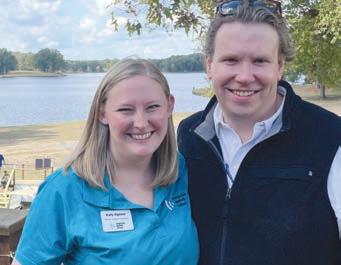
school through her work as an audiologist. She is also the founder of OtoPro, a hearing protection company for hunters and shooters. “As I learned more about the mission of Magnolia Speech School, I realized what a treasure we have here. People move to the Madison area from other parts of the country so their children can attend. Magnolia Speech School’s recent move to the new location in Madison has been a game-changer.”
Elizabeth Matthews founded the school in 1956 in Jackson after a group of parents began to search for a means to teach their hearing-impaired children to talk. Magnolia Speech School grew from a single classroom to its new location in Madison. The school is fully accredited by the State Department of Education and COGNIA, a non-profit, global academic accreditation organization.
Before the school opened, Matthews took her son to the Central Institute for the
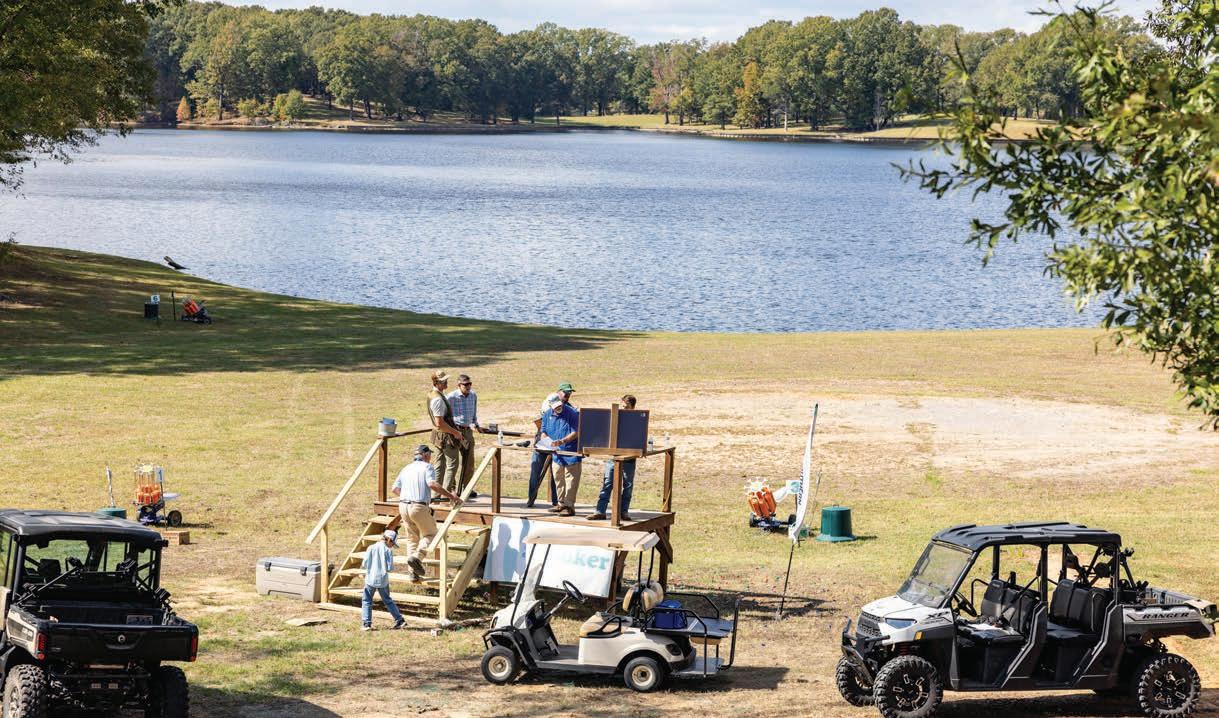
Participants



Event
were
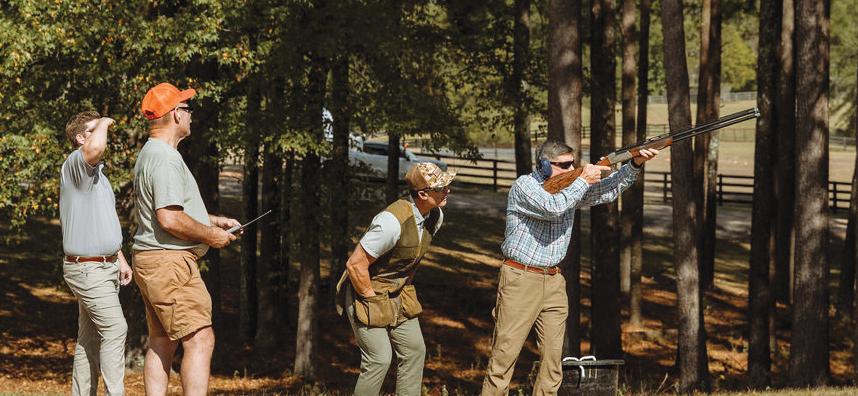
Deaf in St. Louis, Missouri to continue his education. While there, she became friends and worked closely with Mildred McGinnis, who developed the McGinnis Association Method, a phonics-based approach to teaching language to children with speech and hearing disorders. As the success of the Association Method grew, the program was refined to what is taught at Magnolia Speech School today.
“Every person on staff works to ensure that children with hearing or speech difficulties can live unhindered,” says Sturdivant. “Most leave here to be mainstreamed into schools and then the workforce, with the opportunity to live up to their full potential. The happiest day at the school is the day a child leaves us. We know that they are ready to go forward.”
Katy Agnew serves as the director of donor engagement at Magnolia Speech School. “We serve children from birth to approximately age twelve,” she says. “We have four different programs to ensure their success. Through our early intervention program specifically for deaf children, we partner with the Department of Health. Our early interventionists go into a child’s home to give options for education and emotional support. Here at the school, we have hearing-impaired classrooms, as well as language-disordered classrooms, such as autism spectrum disorder, articulation, and more. We have a clinic with an audiologist on staff, speech-language pathologists, dyslexia therapists, and other professionals. Additional therapies, such as occupational and physical therapy, are provided as needed.

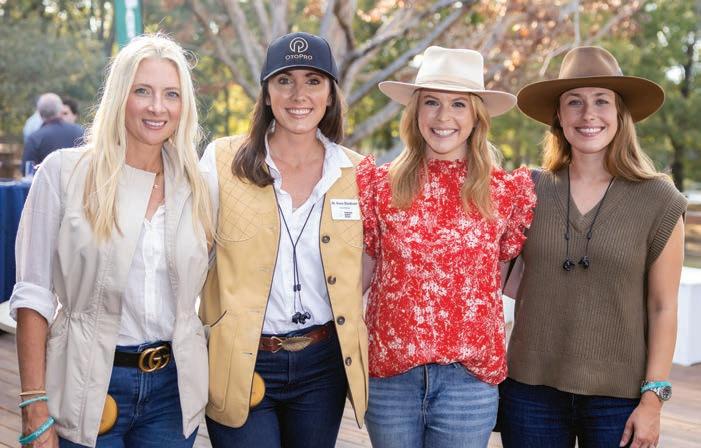


While insurance covers some therapy costs, there is a tuition charge. Scholarships are available for families who don’t have the financial means to send their children to school. “There are many individual and corporate donors and supporters who help us throughout the year,” says Agnew. “But we depend on The Hope Cup to help us with tuition assistance and cover some of our operational costs. It is our major fundraiser of the year.”
Agnew says that the curriculum is tailored to each child to meet them where they are and to address their individual needs. The school has highly experienced and specialized teachers, small classroom sizes, and dedicated classroom assistants. “The actual cost of tuition per child is approximately $34,000 annually, but parents receive an automatic price reduction to $12,000. Scholarships are available through the state and our school to assist those who may not be eligible for other funding.”
Last year was Agnew’s first year experiencing The Hope Cup. “I didn’t know what to expect. It was an absolutely amazing event. It was my favorite thing I did all year.”
Providence Hill Sporting Club boasts one of the finest clay shooting programs in the country. The club also offers world-class fishing and seasonal quail hunting. The property provides indoor and outdoor venues for corporate meetings, charity events, and weddings. “It is a stunning property,” says Agnew. “It is the perfect place for this annual event. Participants always have a great time, and it means so much to the school.”
Sturdivant says that this year, approximately 375 people will come to compete shooting the course. “In addition to the three flights, there will also be five game stations, with cash prizes for the games.” Day passes will be available for purchase for those who want to participate in the games.
Even those who don’t shoot can enjoy the day at Providence Hill. “It’s fun just to watch,” says Sturdivant. “There will also be a live auction and raffle, along with plenty of good food and drinks, and an opportunity to experience the beauty of Providence Hill’s 1,250 beautiful, sprawling acres.”
For more information on The Hope Cup and to become a sponsor or register a team, visit the Magnolia Speech School website at magnoliaspeechschool.org. DM



– Benjamin Bowen, Founder




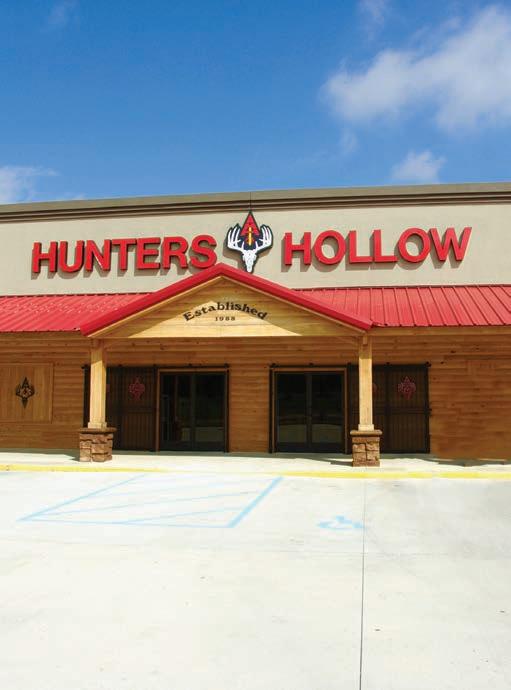
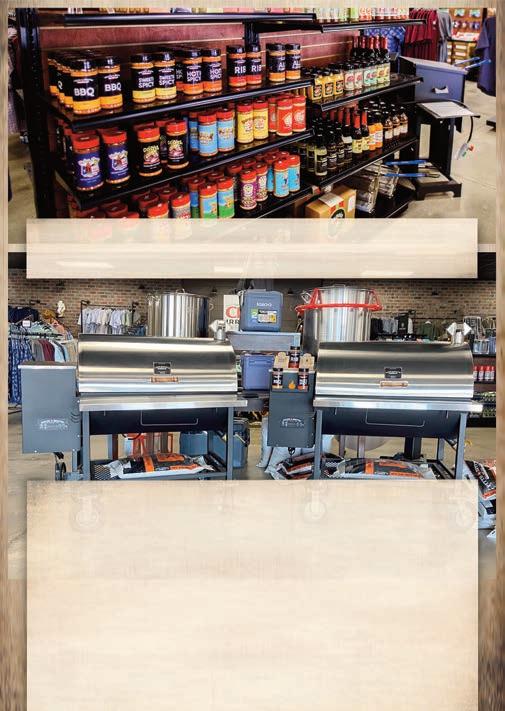
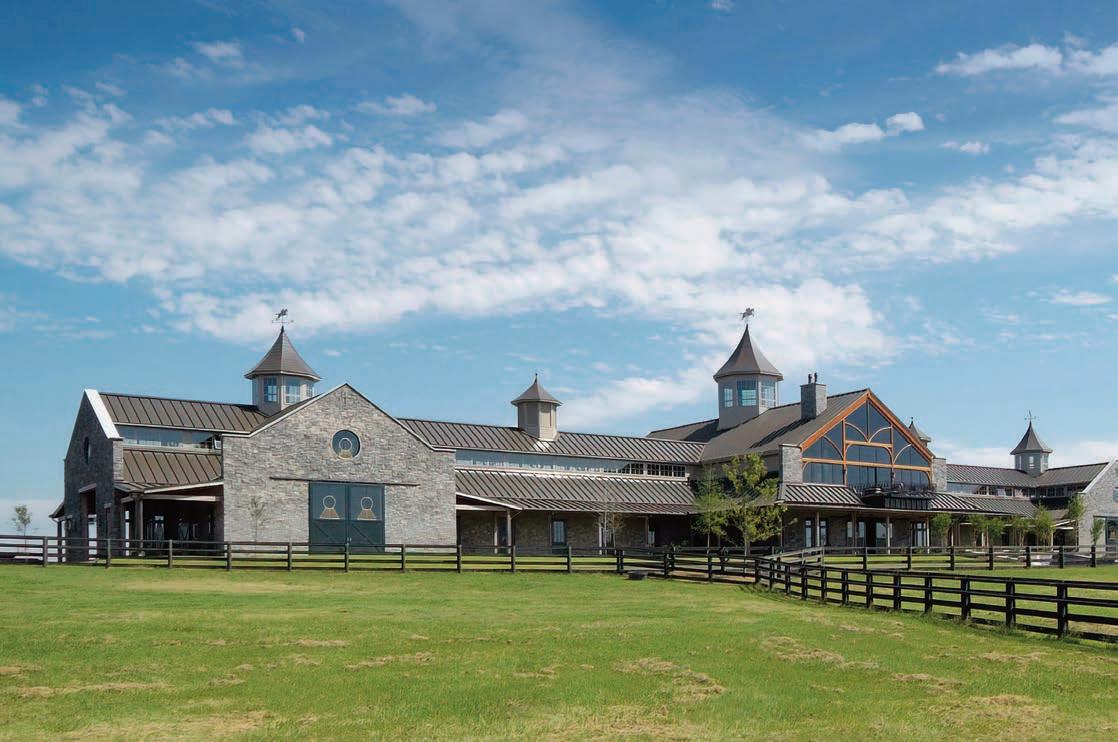

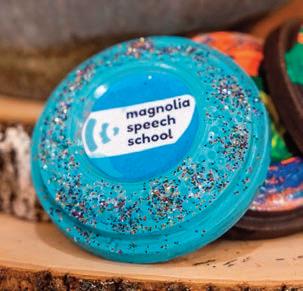
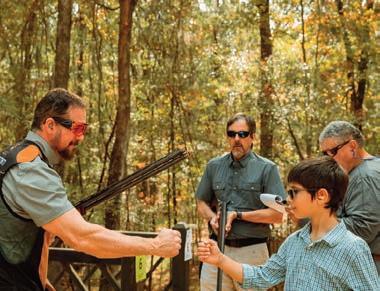


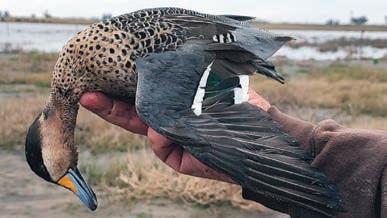
The arrival of September heralds the beginning of a special time in the Mississippi Delta—most notably, beginning with Labor Day weekend which kicks off hunting season with the opening day of dove season. Situated in the Mississippi Flyway, the Delta is known internationally for wing shooting opportunities drawing hunters from across the South and beyond. However, many avid Mississippi hunters also travel abroad yearly to exotic locales for hunting excursions, from African safaris to South American dove and duck hunts.
If a world-class hunting and fishing adventure is on your bucket list, Jay Cranford, owner of Trophys Unlimited can make it happen. “We’ve been in this business over thirty years and have worked with hunters from all over the world. We offer Alaska fishing trips, duck and dove hunts in Mexico, hog hunts in Georgia, duck and goose hunting in Arkansas, and saltwater fishing trips on the Georgia coast. Our

recent duck hunting trip to Argentina was nothing short of spectacular,” he says.
Argentina has several different provinces that offer exceptional duck hunting with unique opportunities to harvest many species of ducks, including Rosy-billed Pochards, Silver Teal, Cinnamon Teal,
Brazilian Teal, the Bahama Duck, Spoonbills, Tree Ducks, Pintails, and others. Some areas offer up to twelve species at certain times of the year.
“My friends Mark Alford and CJ Doremus joined me on this trip and were a true pleasure to hunt with. The area we

hunted was in the province of Buenos Aires, and the sheer number of ducks was just stunning,” Cranford says.
Doremus wholeheartedly agrees. “I’m from Nebraska and have hunted all over the country—it’s simply amazing to see that many waterfowl in one area,” he says.
No detail was spared in the planning for these hunters.
“In Argentina, the hunting, the food, and the culture are fantastic. It’s truly a Sportsman’s paradise,” says Doremus. Each day started with a hearty (and early) breakfast of bacon and eggs, pastries, fruit, coffee, and juice so they could get to the blind before daylight. “Our blinds are very comfortable, and the shooting opportunities are world-class,” Cranford adds. The hunters shot several boxes of shells each morning, with plenty of opportunities to reach the limit in a very short time.
After the morning hunt, the group enjoyed a delicious lunch in the field over a stick made fire from a eucalyptus tree. It included beef, pork, Perdiz, (incredibly delicious), bread, sausage, cheese, wine, beer, soft drinks, and fruit. Then, there was time to relax and take a siesta in the hammocks provided.
Shortly after lunch, the group went to the field to hunt Perdiz over dogs. They were fortunate to hunt with Luna, a female Deutsch Drahthaar German wirehaired pointer. “Luna was really on top of her game and knew her role,” says Alford. “She’s beautiful on point, and we were able to bag quite a few for our next day’s lunch. If you think quail are fast, these Perdiz will surely test your shooting skills.”
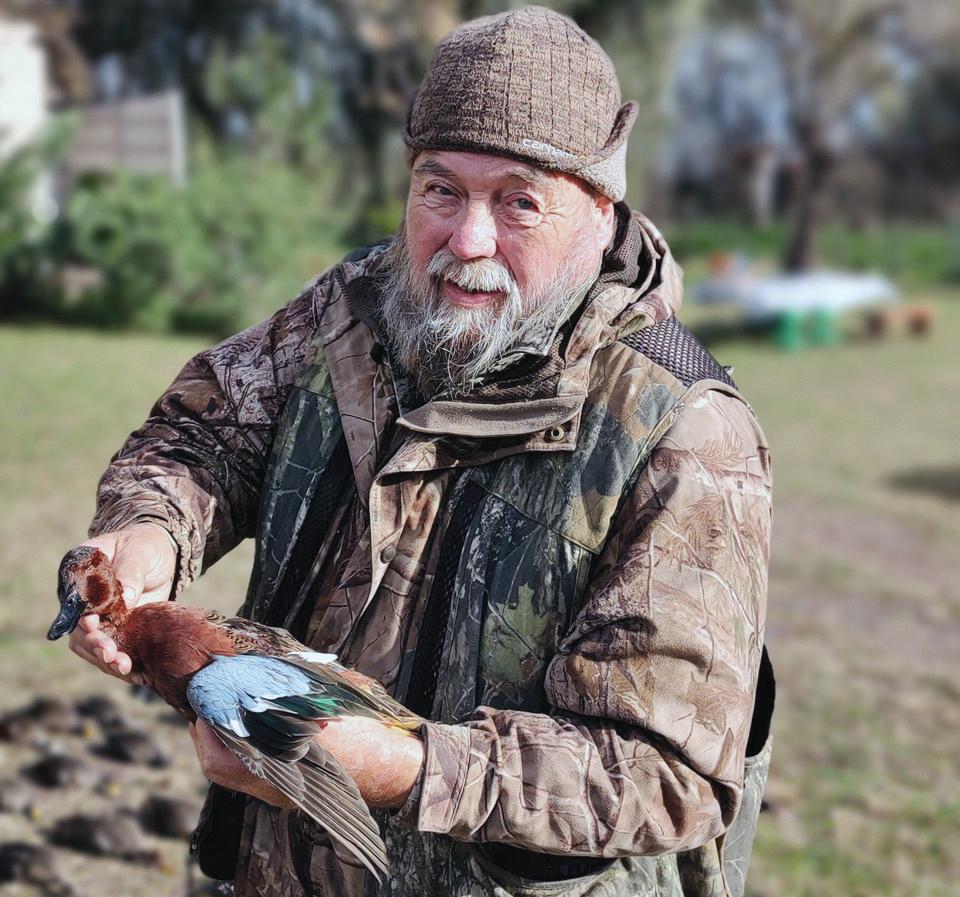

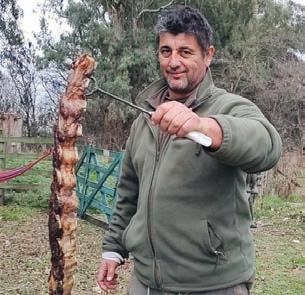
After the evening hunt, they made their way back for a quick shower and headed out for a delicious evening meal. Says Cranford, “Rest assured that you sleep very well after a long day of hunting, and plenty of delicious Argentine food and fellowship.”
By all accounts, the hunt was a huge success, with all hunters bagging very nice Cinnamon and Silver Teal along with the Rosy-billed Pochards. “I was fortunate enough to also harvest a Brazilian,” says Cranford. “The birds are absolutely stunning and fully plumed with magical colors. We were able to obtain eleven different species during our four-day hunt, which is nothing short of amazing.” Cranford also explains that no waterfowl or doves taken on one of their hunts ever goes to waste. “We donate them to the local farmers and families in need,” he says.
“Argentina is a very special place. It is the only place in the world that you can go to harvest this many species of waterfowl. The dove hunting is also an epic adventure with millions of doves,” Alford explains.
Trophys Unlimited has several locations in Argentina, and some require additional flights from Buenos Aires. “With this hunt, we fly into Buenos Aires, where our staff picks you up and takes you to Tres Lagunas. It’s less than 30 minutes to the hunting grounds.We have lodging in three different areas of Argentina including Tandil and Sante Fe,” says Cranford.
For more information about booking a hunt and the packages available with Trophys Unlimited, check out their website, TrophysUnlimited.com, or email worldclasshunts@gmail.com. DM


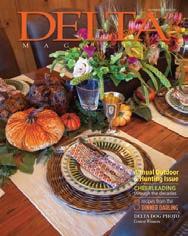








Name: Pearl
Owner: Cal Trout, Coldwater, Mississippi
The doctor left the room, saying he would be back in a moment. I glanced over at my wife. She seemed content—affectionate, actually. Warm in the way only a woman five months pregnant can be. Now’s my chance, I thought.
“Look at this,” I said, handing over my phone. She looked down to find the “precious moment” eyes of an 8-week-old Field Bred English Cocker Spaniel. She was black as a shadow, a splash of white centering her chest. Stacye stared at me, awash with emotion. “Do you want her?” I reached for my phone. She snatched it away to stare, once more, into the dark depths of the dog’s eyes. “I dooooo.”
We picked her up that day.
Later, after Pearl had used the living room rug as a personal urinal, destroyed divers toys and furniture, and delved into my wallet to eat $250, Stacye would note, “You know, you tricked me into us getting that dog.”
But Pearl, after spending a summer working birds in North Dakota and spending time with Greenwood trainer Joe Nowakowski, became instantly indispensable at Trout Valley Quail. I never hunt without her. A bundle of energy, a cold-blooded bird hunter with an ice-cold nose, Pearl is always game. When the Setters, Brittanys, and Pointers find them, she flushes and will retrieve everything I send her after.
Her greatest advantage is as a flush dog. She makes every hunt safer and more enjoyable for our customers, and this guide. She’s the embodiment of joy afield. I may have I tricked my wife (I didn’t), but, acquiring Pearl may be the best business decision I’ve made.
Later, she even returned the $250, scattered across the yard.
READERS SHARE STORIES OF THEIR FAVORITE HUNTING COMPANIONS
Name: Buster
Owner: Benjamin Bowen, Oxford, Mississippi
I’ll never forget the day my dad and I drove to Tupelo to pick up a puppy. The most perfect yellow lab puppy who was the most energetic one of the litter. I was fourteen, and my brother was eighteen. We were sitting in the living room watching the MLB World Series, trying to think of a name for him, and Buster Posey was playing catcher for the Giants, who won that year. Being that my brother and a lot of our family were catchers, Buster would be the name that our new puppy was dubbed.
The name Buster could not have fit him better. He was the toughest of the tough and a constant in the Bowen family for nearly fifteen years, starting with my brother, my cousins, and me at the very beginning of our duck hunting days. He completely changed the way we viewed hunting, and without question, Buster played the role of our third brother on those hunts and with our family.
Buster never wanted to leave our side. There weren’t many days after school you couldn’t find us playing in the pasture at my parents’ house, throwing bumpers in the lake, or riding the four-wheeler.
No matter the time of day, when I went to the barn to feed our horses, Buster was ready to go with me. With the most faint whistle, Buster was at my side. I sure did miss him those last few weeks going out there without him when he wasn’t quite able to make the walk.
As hard as it has been to lose my man, Buster, I thank the Lord for putting such a special dog in my life for so many years. And if dogs go to heaven, I know Buster will be at the gate waiting for my family and me when we get there. His ears and head will be up, and he will most likely have a duck in his mouth leading and showing us the way in.
“Thank you, Lord, for Buster,” just as I’ve prayed every night since I’ve had him. “Thank you, Buster, for being the best dog in the world,” just like I told him every time I left him.
Rest easy, man. We will miss you forever.
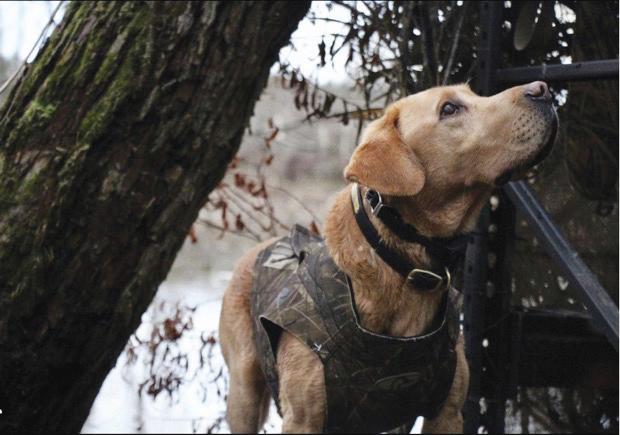
Name: Cat
Owner: Josh Quong, Oxford, Mississippi
There was no finer bird dog than Cat.
She came to us as a yearling German Shorthaired Pointer pup from a neighbor friend who had decided that he was done bird hunting but didn’t want Cat to become a pet and not do what the good Lord had intended her to do: hunt quail.
Her solid liver coat gave her the appearance of a panther prowling through the tall tan sedge lanes, stalking bevies of bobwhites.
And when she found them, she stood staunch as a shadow with a piercing gaze that painted her targets huddled and hidden in grass until the birds betrayed themselves and rocket-launched into the air.
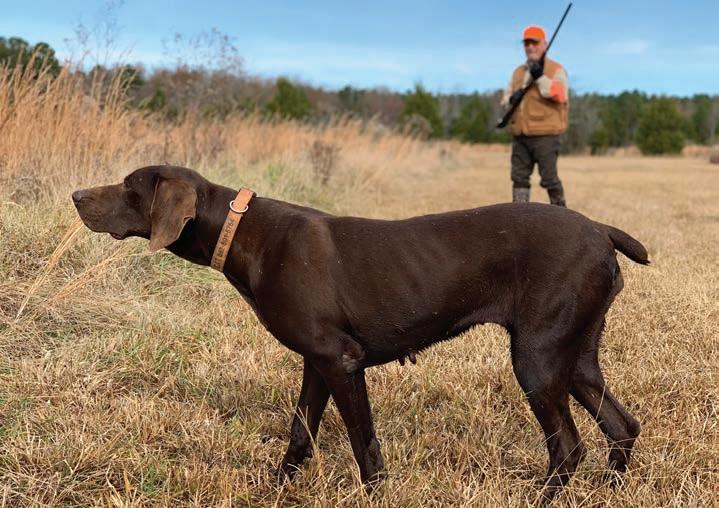
Then, after shotgun pops, Cat would spring forth from her stasis to gather the downed fowl, sometimes two at a time, clutched carefully between menacing teeth, as one would clasp the hand of a child while crossing the street—softly yet firmly.
For thirteen short years, Cat completed the cycle of point, shoot, and retrieve countless times during the cold hunting months until she slipped

Name: Buck
Owner: Crawford Allen, Tuscaloosa, Alabama
My four-year-old red Labrador retriever, Buck, has been with me through thick and thin. I got him when he was only six weeks old. He’s the first hunting dog I’ve ever had, and I can clearly see it’s going to be very hard to top him. Buck is the best companion a man can have—the perfect mix between being a chill house dog and a skilled hunting dog. He flips the switch when we get into the field like no dog I’ve ever seen.
On the day this photo was taken, we were one mile into the Arkansas Timber by foot, having packed in all of our decoys, guns, and other necessary supplies. It was day five of our trip. Buck was tired, and so were we. I think you can see it on his face. After we shot a few, it began to rain and poured on us for four hours straight. As tired as we all were, the only individual there who didn’t complain was Buck. Without fail, Buck always proves that a good hunting dog is not just a tool but a friend—someone who the hunt cannot go on without. DM
peacefully into a lasting slumber on the front porch of the house.
And though a number of hunting seasons have passed since Cat’s passing, she is ever present in our memories and in the pups, now grown hunters, she left behind to work and hunt the fields she loved.
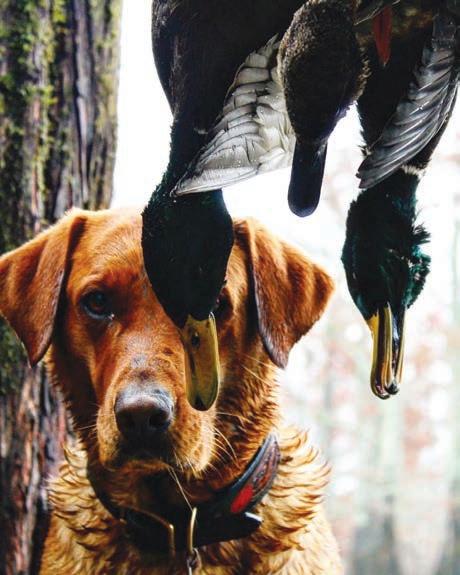





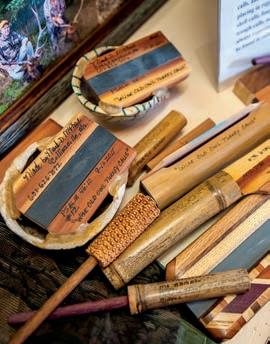

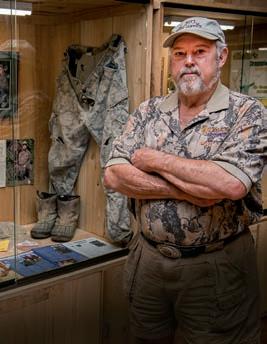


Ducks Unlimited’s Continental Impact in the Mississippi Delta
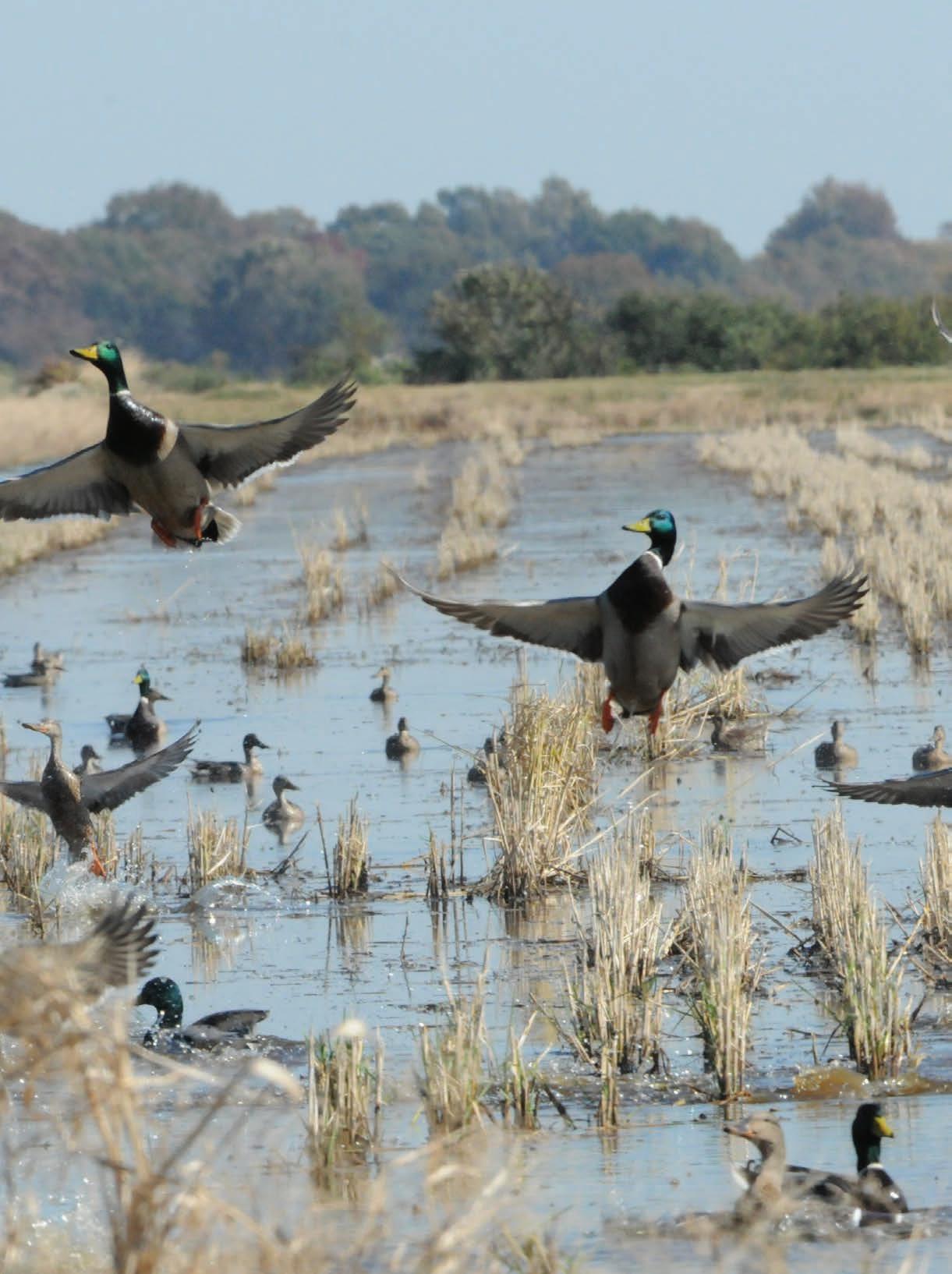




BY EMILY AUSTIN • PHOTOS COURTESY
The Mississippi Delta, a region steeped in history and cultural richness, sprawls across northwestern Mississippi, flanked by the Mississippi River to the west and coursed by the Sunflower, Tallahatchie, Coldwater, and Yazoo Rivers. Known for its fertile alluvial plains, the Delta’s landscape is a vast, flat expanse dominated by agricultural fields and dotted with cypress breaks and forests, stretching as far as the eye can see. The Delta’s charm lies in its musical heritage, and unique blend of Southern traditions, and vibrant history. However, a big part of that history is also the waterfowling heritage that is generations deep.

The Delta lies at the terminus of the Mississippi Flyway. This migration route follows the Mississippi, Missouri and lower Ohio rivers, guiding hundreds of thousands of birds each spring and fall between their breeding grounds in Canada and their winter homes along the Gulf of Mexico and Central and South America coasts. These birds take advantage of the food in the rice fields and wetlands and are enjoyed by thousands of waterfowl hunters from Mississippi and around the country. But this passage, which has occurred over thousands of years, cannot be taken for granted. As the Delta’s landscape changes, we must continue to make the Delta hospitable by creating habitat so these birds will always return.
The ducks and geese that the Delta claims use the entire continent, from prairie Canada to Mississippi. Because of this, Ducks Unlimited (DU), the leader in waterfowl and wetland conservation, collaborates with farmers, ranchers, landowners, and hundreds of partners across the continent. DU’s continental conservation strategy includes preserving and restoring wetlands in Canada, which are essential for breeding, and in the United States, which are crucial for wintering and migration. Dr. Ronal Roberson, a Delta native and a DU volunteer of more than 40 years, knows this more than most.
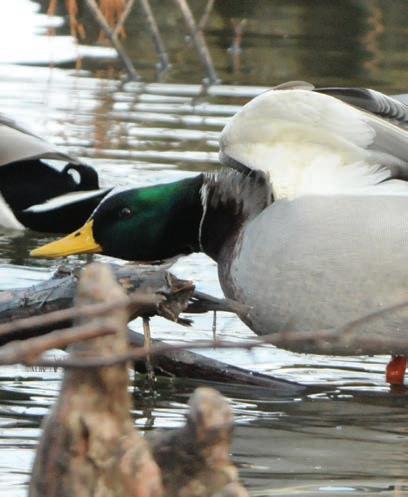
“I grew up with my toes in the mud,” Roberson says. “I’ve lived here my whole life and watched this area grow in popularity for waterfowlers,” Roberson says that growing up, you didn’t see big duck clubs in the Delta. “The Delta was, and still is, mostly farmland. Growing up, if you saw a field with ducks, you could ask to
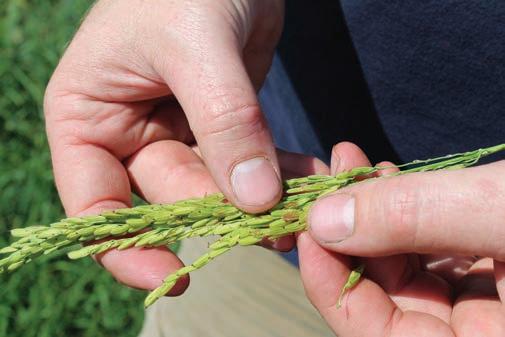
hunt there. Once the word got out that we had some of the best hunting grounds in the MAV, people from outside Mississippi began investing in the area.” Now, people from all over the country flock to the Delta because of the plentiful winter habitat for migrating waterfowl.
Mississippi duck hunters invest directly in protecting the grasslands and potholes producing ducks.
“Over the last three decades, the Mississippi Department of Wildlife, Fisheries, and Parks has invested over $2.3 million to support Canadian breeding
habitats,” says Ed Penny, DU Southern Region director of Public Policy. “Restoration and conservation of key breeding areas in Canadian provinces, supported by investments from Mississippi and other U.S. states, is part of Ducks Unlimited’s continental conservation strategy, which includes preserving and restoring wetlands in Canada. These wetlands are essential for breeding in the United States and are crucial for wintering and migration.”
Without the breeding grounds, we won’t have ducks in the Delta. The Mississippi Delta is a continental priority for DU and waterfowl. This is evident in the North Delta rice fields that provide critical winter habitats through flooded rice fields after harvest.
“Rice growers are essential for North America’s waterfowl,” says DU Director of Agricultural Programs Dr. Scott Manley. “Across the country, rice farmers manage approximately 750,000 acres of winter-flooded habitats each year, providing 35% of food waterfowl need during the migration season.”
Conservation work on public lands has an impact on the state’s waterfowl as well. Projects like that on Howard Miller Wildlife Management Area, just outside Rolling Fork.
“We worked with the Mississippi Department of Wildlife, Fisheries and
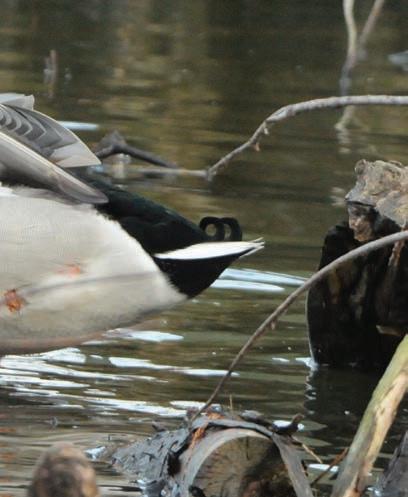
People from all over the country flock to the Delta because of the plentiful winter habitat for migrating waterfowl.
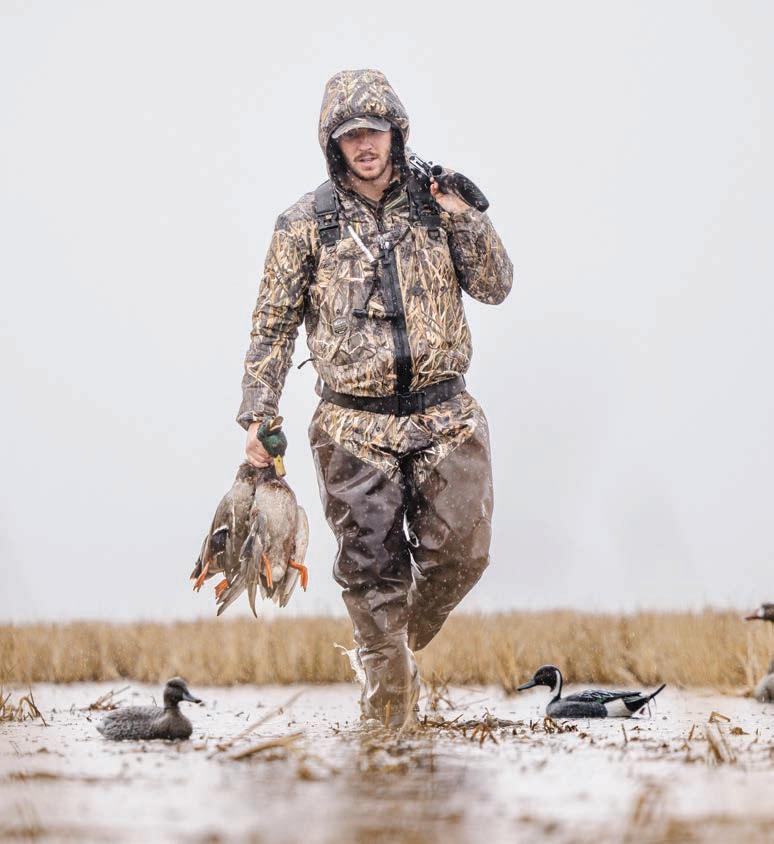

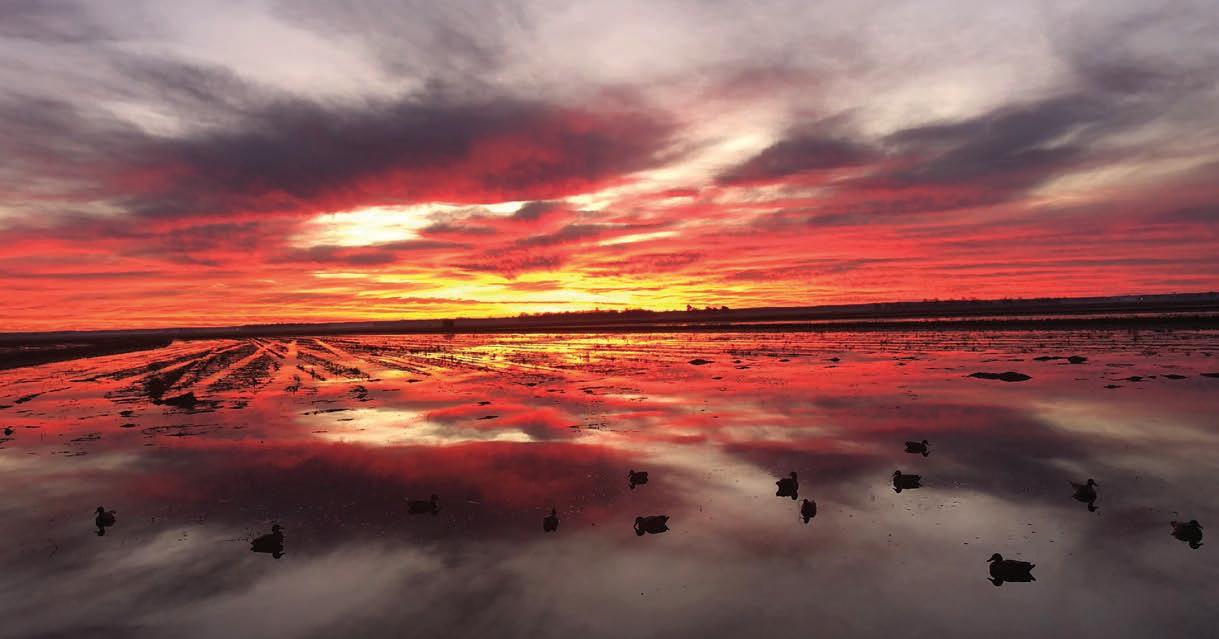
Parks (MDWFP) to enhance the impoundments’ interior topography, rework the interior ditches, and levee enhancement,” says DU Director of Conservation Programs Tim Willis. “Additional project work included converting all the diesel-powered wells to electric and installing and replacing existing wells.”
This work will help provide optimum water depths and critical foraging habitat for wintering waterfowl and other wetlanddependent wildlife species.
Ensuring forest health is another way in which DU is helping to improve habitat for migrating waterfowl and enhance public lands for recreation. On Delta National Forest, this is done by replacing failing water control structures to improve management capabilities. At Panther Swamp National Wildlife Refuge, DU has worked with the US Fish and Wildlife Service to enhance more than 170 acres of waterfowl habitat. This conservation work supersedes the boundaries of these public lands.
DU’s conservation work in the Delta amplifies its impacts by influencing the next generation of Mississippi hunters and conservationists. Roberson has worked for years to introduce youth and students to the heritage of waterfowl hunting in the Delta.
Roberson has sponsored and led DU’s
partnership with MDWFP to build what is now known as the Gunner Palmer Memorial Youth Waterfowl Hunt. This hunt, which originated at Roberson’s duck camp many years ago, has educated dozens of young Mississippians about the Delta’s importance for waterfowl and shown them the beauty of a sunrise in a chilly Delta duck blind. “One of the first youth hunts we did was attended by a young fella named Jessie James,” Roberson says. “This young man was legally blind. Knowing he couldn’t see birds coming into the timber, a couple of volunteers took him out in a boat, where there was a clear view of the sky. This way, he could see the movement of the birds. When they got close enough, volunteers helped Jessie shoot. He successfully got 3 birds that day. He later told me that he had his mallard mounted in a flying posture so that even though he couldn’t see one in flight, he could reach out and touch it.” Roberson’s passion for involving youth in conservation has only deepened over the years, resulting in building DU’s scholarship program, which helps youth DU leaders further their education at universities.
Along with all the accomplishments in the Delta dirt and with Mississippi youth, DU has also worked with various partners to secure policy wins at the federal and state levels. DU’s work with partners to pass a Farm Bill every five years and to bring
conservation funds through the North American Wetland Conservation Act helped make all these accomplishments possible. These efforts are partially funded through the Mississippi Outdoor Trust Fund, Fall Flights and the North American Waterfowl Conservation Act grant and other public and private programs.
While all of this on-the-ground work helps set the table for ducks, restoring wetlands also benefits local economies through ecotourism and recreational activities while providing crucial ecosystem services like water purification and flood control. The Delta’s number one industry is agriculture, but tourism is also a strong factor in diversifying the economy. Fishing, hunting, and wildlife-associated recreation generate considerable economic activity benefiting local and state economies. Tourism in fall and winter depends on hunting and wildlife recreation. According to a recent study by Mississippi State University, waterfowl hunting alone generates more than $152 million in economic impact for the state, the majority of that in the Delta.
Ultimately, the Mississippi Delta’s waterfowl legacy is a testament to the power of collaboration and dedication. Its preservation ensures that it remains a haven for waterfowl for the future and a source of pride for its residents.DM

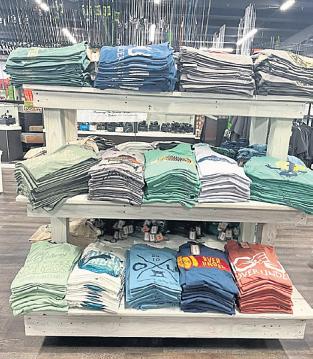




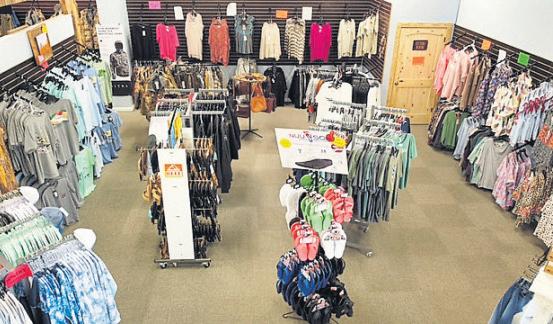



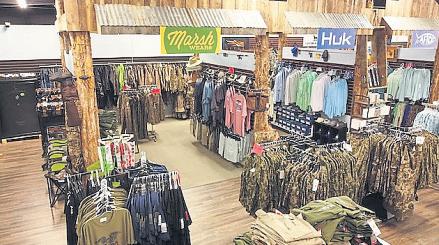







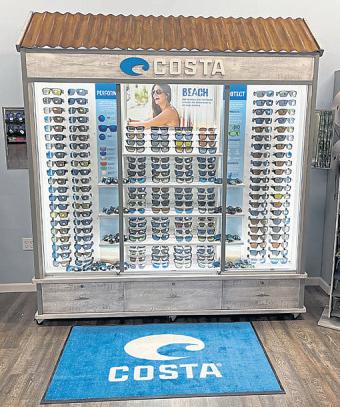



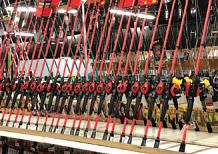




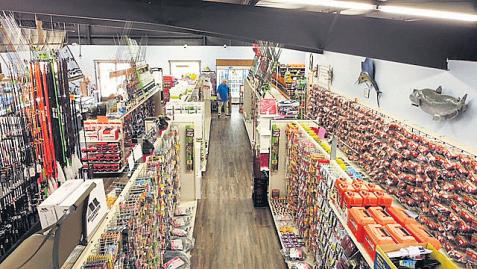


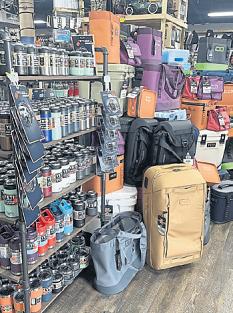







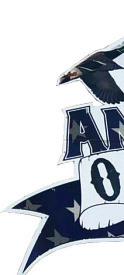


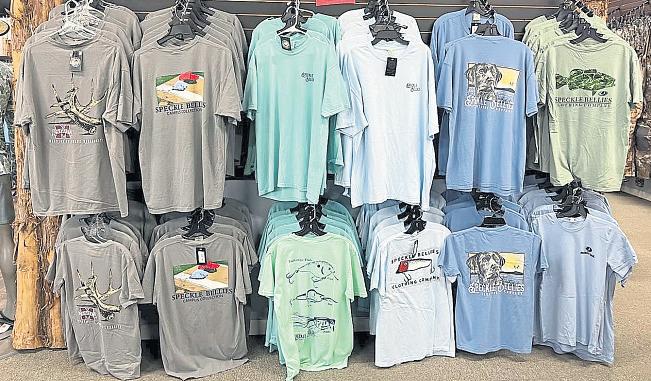






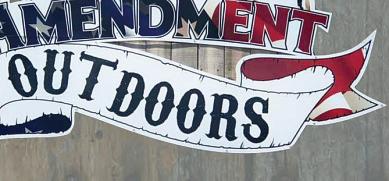

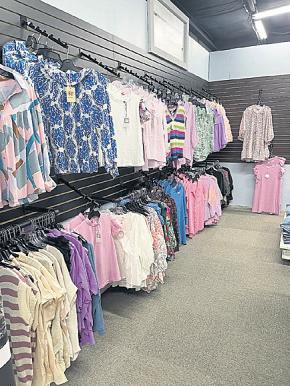




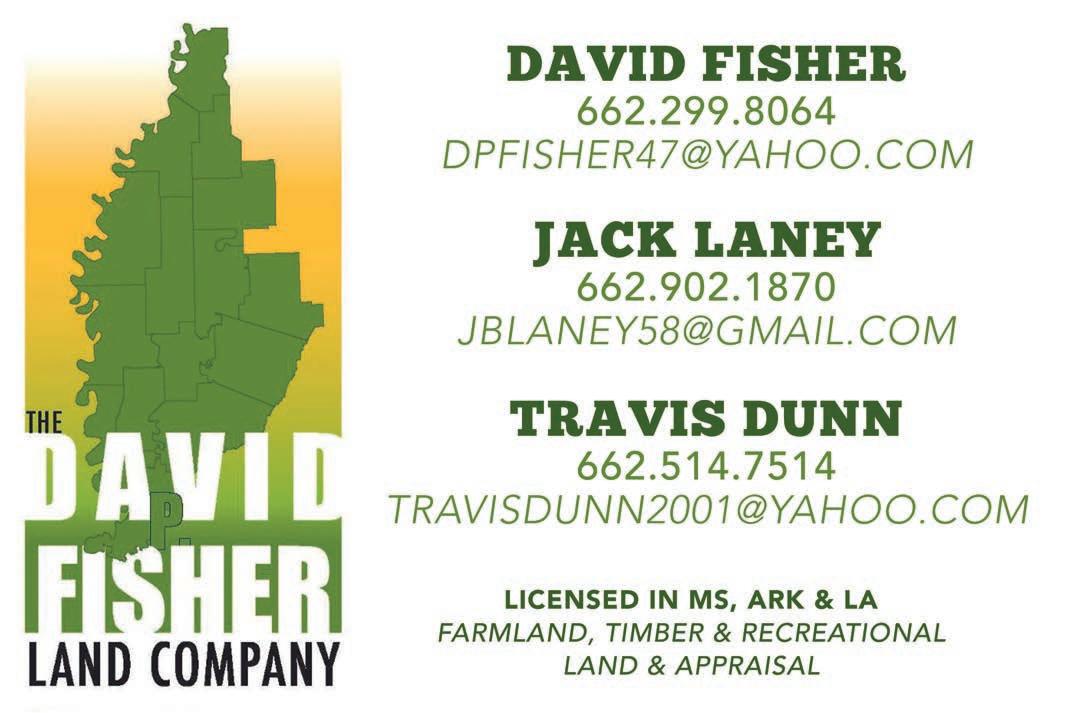



Delta Dog
Readers’ Choice
Overall WINNER


1st Place: Rusty, Yorkshire Terrier, submitted by Ella Smith, Madison
With201 entries and a total of 3,583 total votes, the Delta Dog Photo Contest continues to grow every year. From precious pups to fierce hunting dogs, no one loves their dogs more than our readers, and we thank everyone for participating in our seventh year. This year, the overall readers’ choice winner is Rusty, a Yorkshire Terrier submitted by Ella Smith of Madison. He looks pretty comfortable smiling up from his comfortable spot on her lap!
Choosing the overall editors’ choice winner is a task we take very seriously as we look through the hundreds of photos. After many hours of searching, our editing team is thrilled to present the editors’ choice overall winner: Cooper, a Labrador retriever (pictured on page 95), submitted by Peyton Adams of Oxford. Cooper is stunning in this photo, at attention, waiting to retrieve fallen birds on a morning hunt.
On the following pages, we present the readers’ choice place winners in each category: Adopted or Rescued, Candid Canines, Sporting Dogs, and Puppies. Our sincere thanks to everyone who took the time to submit photos, vote, and share their beloved dogs with us and our readers!

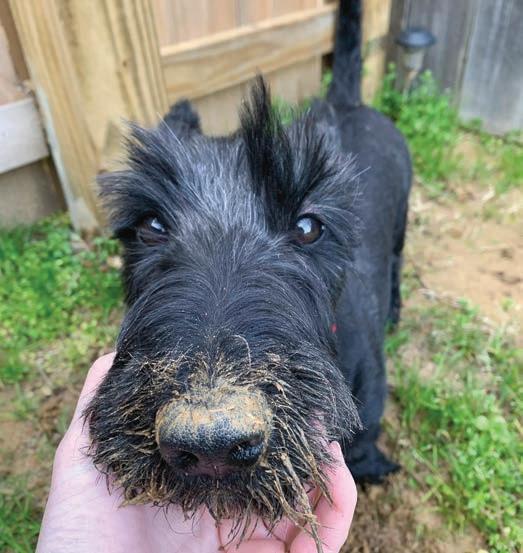








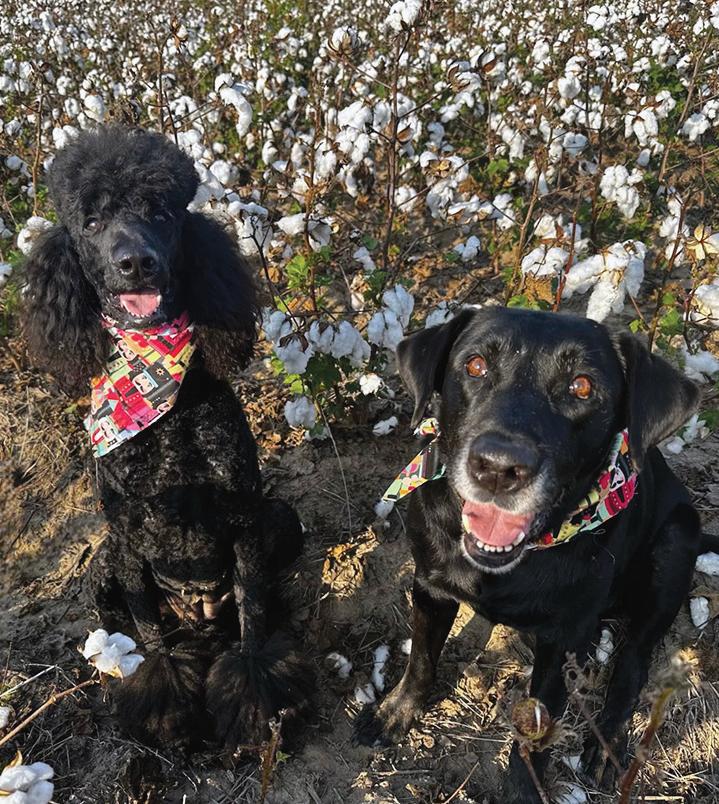





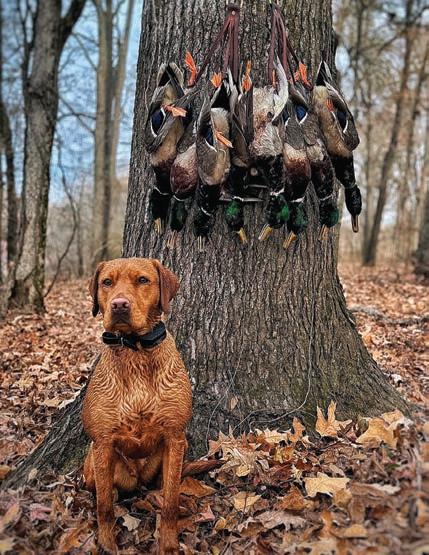













Given today’s market challenges, working with a local dedicated team driven by a shared vision can make all the difference.
Regions Commercial Relationship Managers know that developing a strong understanding of your business and its unique operations helps us provide highly responsive, personalized solutions. Let us leverage our capabilities and create a comprehensive financial strategy to help guide and strengthen your business.
Commercial Banking | Treasury Management Capital Markets | Specialized Industries
Ryan Strawbridge
Commercial Relationship Manager 211 Front St. | Greenwood, MS 38930
regions.com/commercial-banking


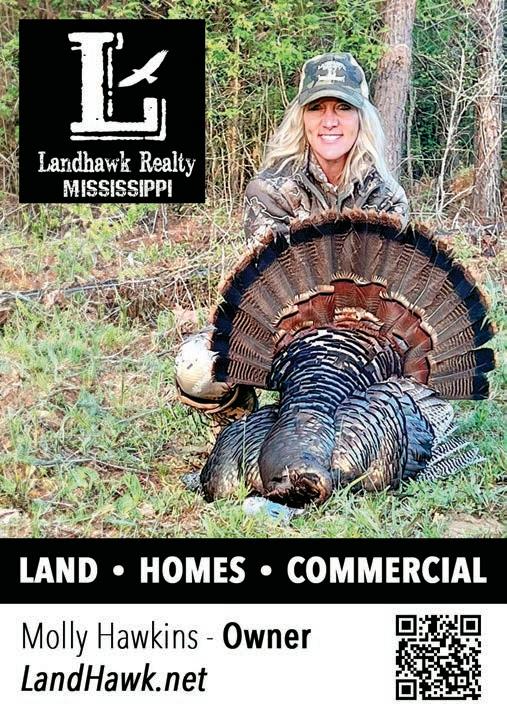

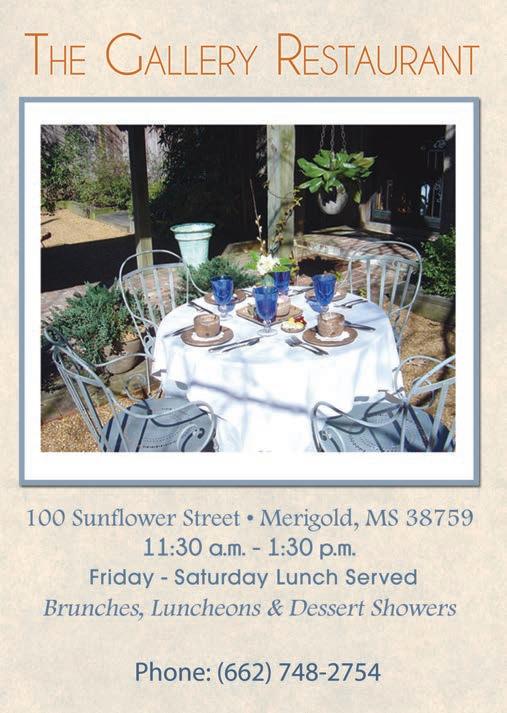


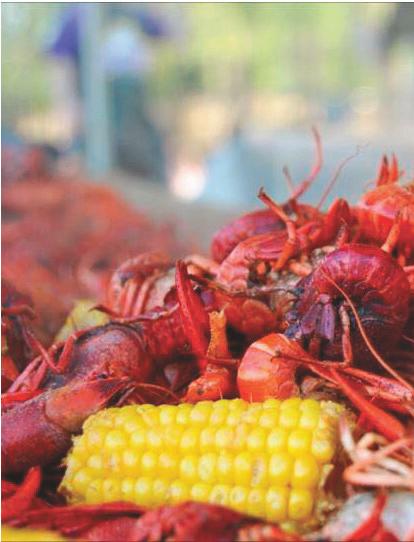




Cooler temps usher in one of our favorite seasons, with accompanying recipes to enjoy desserts inspired by the apple harvest and appetizers that are perfect for a porch party or your next tailgate.
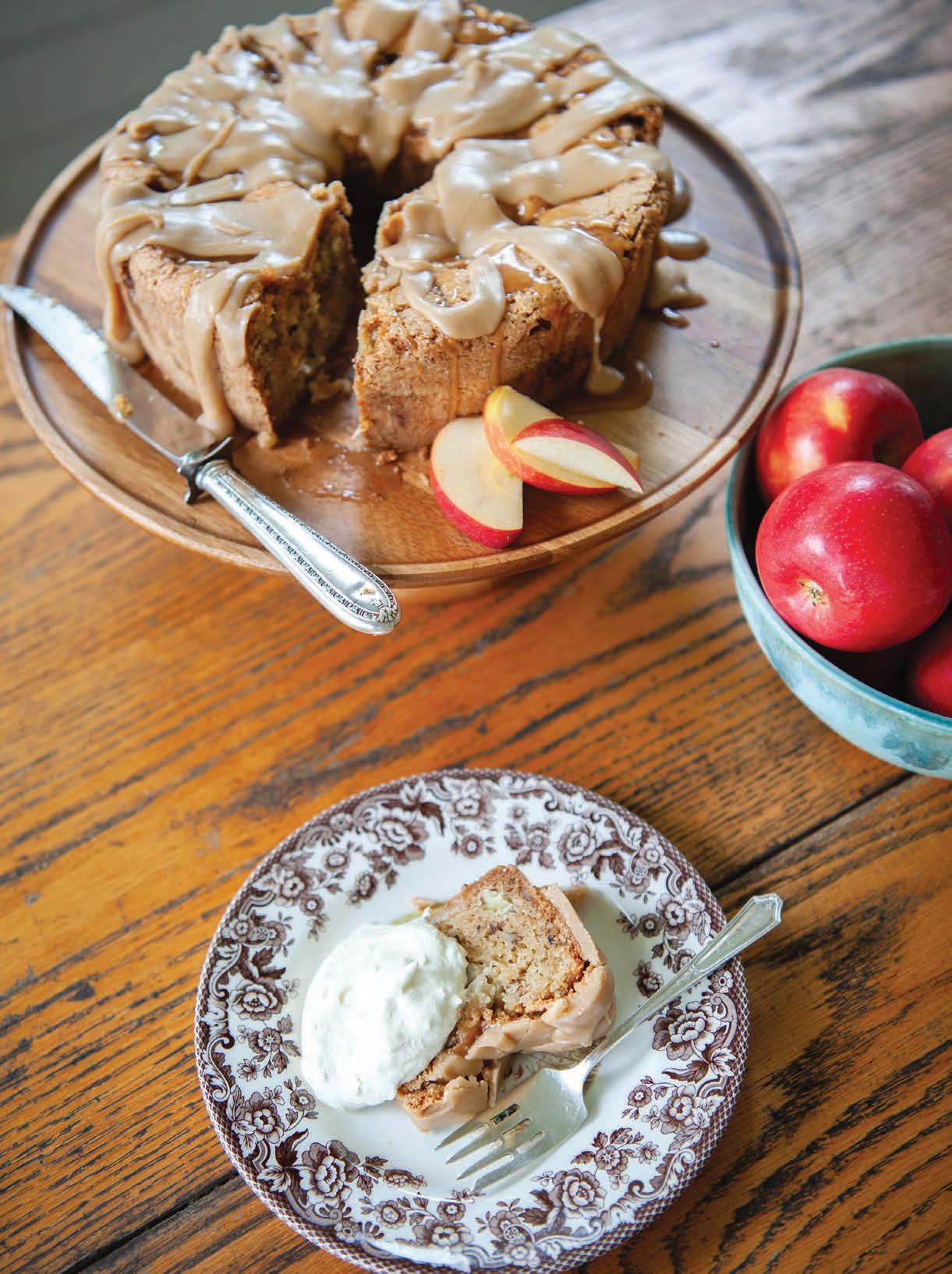
Fall is around the corner, ushering in the season of everything pumpkin spice— from lattes to lip balm. But let us not forget that autumn is primarily known for the annual apple harvest. It also conjures up memories of some of our favorite recipes—full of flavor and tradition. The apple dessert recipes shared here will elevate any dinner or family gathering you host this fall, and the skillet apple pie is so easy that you could throw it together for a special treat at a moment’s notice.
APPLE CAKE WITH BROWN SUGAR ICING
This cake is a must during the fall or holiday season. It’s a classic, from Southern Sideboards one of our all-time favorite vintage cookbooks!
1 cup cooking oil
2 cups sugar
3 eggs, well beaten
1 tablespoon vanilla
2 ½ cups flour
1 teaspoon baking soda
2 teaspoons baking powder
1 teaspoon salt
1 cup pecans, chopped
3 cups apples, peeled and chopped
Cream well the oil, sugar, and eggs. Add vanilla. Sift dry ingredients together and blend into creamed mixture. Fold in pecans and apples. Pour into well-greased bundt pan and bake at 350 degrees for 55 to 60 minutes. Remove cake from pan and cool. Ice with Brown Sugar Icing.
Brown Sugar Icing
1 cup light brown sugar
½ cup butter
¼ cup evaporated milk
1 teaspoon vanilla
Bring the first 3 ingredients to a boil, stirring constantly. Remove from heat immediately and stir in vanilla. Beat with a spoon until the icing is cool. Pour over cake.
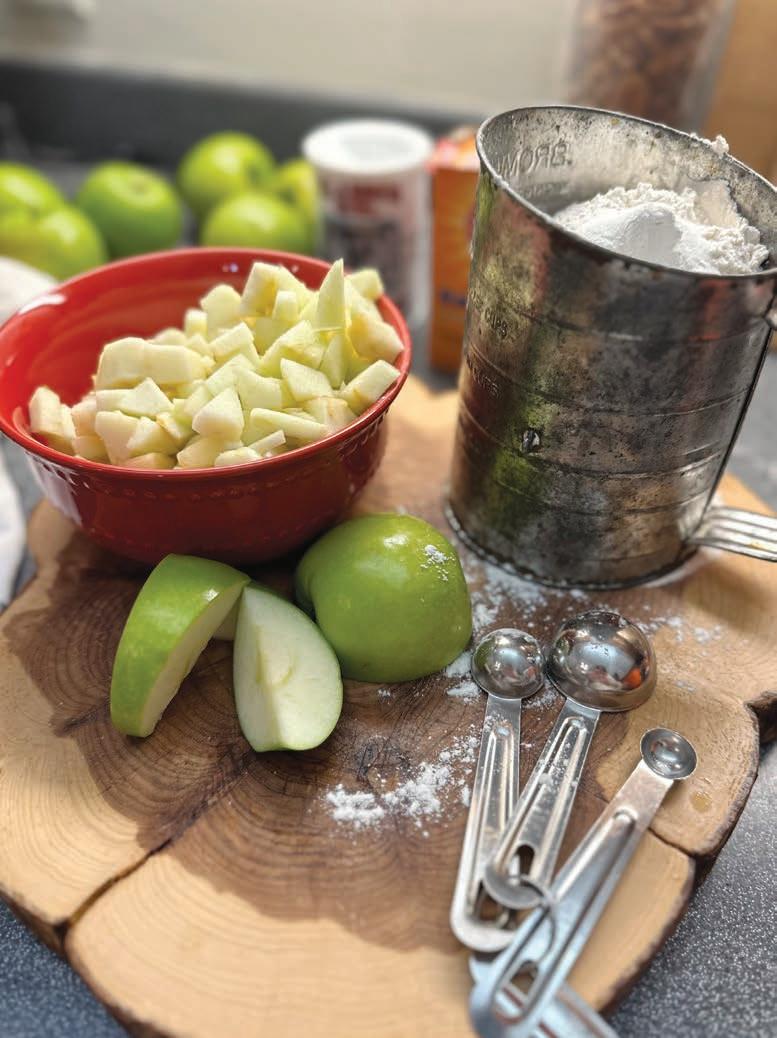
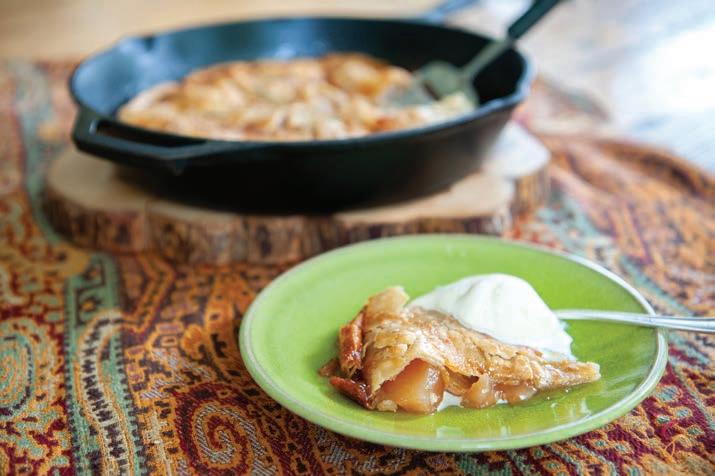

A time-saving hack is always appreciated. Here we’re using a can of apple pie filling and we promise no one will know the difference!
1 stick cup salted butter, melted
½ cup packed brown sugar
2 unbaked pie crusts (one pack of 2 rolled crusts)
1 21-ounce can apple pie filling
2 to 3 tablespoons caramel sauce
1 large egg beaten with 1 teaspoon water or milk (for egg wash)
3 to 4 teaspoons granulated sugar, for sprinkling
Preheat oven to 350 degrees. Place the melted butter and brown sugar in a 12-inch cast iron or similar skillet; whisk to combine and coat the bottom of the pan. Lay 1 pie crust on top of the butter mixture. Bake for 10 minutes and remove from oven. Pour apple pie filling over the partially baked hot crust. Drizzle with the caramel sauce, then lay remaining pie crust on top of filling. Press top crust down to meet the bottom crust around the outer edges of skillet.
Brush top with egg wash and sprinkle with the sugar. Make a few slits in the crust.
Bake until top crust is golden brown and apples are bubbly and tender, 45 to 50 minutes.
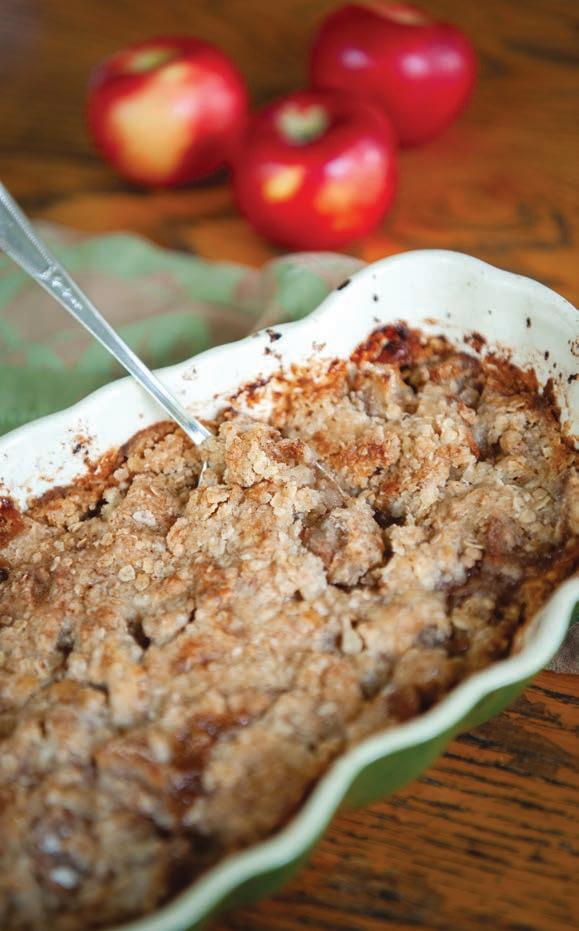
This Southern classic, adapted from an Ina Garten recipe, is one of my favorites.
5 pounds Granny Smith or Gala apples
2-3 tablespoons orange juice
½ cup granulated sugar
2 teaspoons ground cinnamon
1½ cups all-purpose flour
¾ cup granulated sugar
¾ cup light brown sugar, packed
½ teaspoon salt
1 cup oatmeal
2 sticks cold unsalted butter, cubed
Preheat the oven to 350 degrees.

Butter a 9x14x2-inch oval baking dish. Peel, core, and cut the apples into wedges. Combine the apples with juice, sugar, and cinnamon. Pour into the dish.
Combine the flour, sugars, salt, oatmeal, and cold butter with an electric mixer or pastry tool till crumbly and the butter is evenly distributed. Spread evenly over the apples.
Place the crisp on a sheet pan covered with foil, in case it bubbles over and bake for 1 hour until brown and apples are bubbly. Serve warm with ice cream.
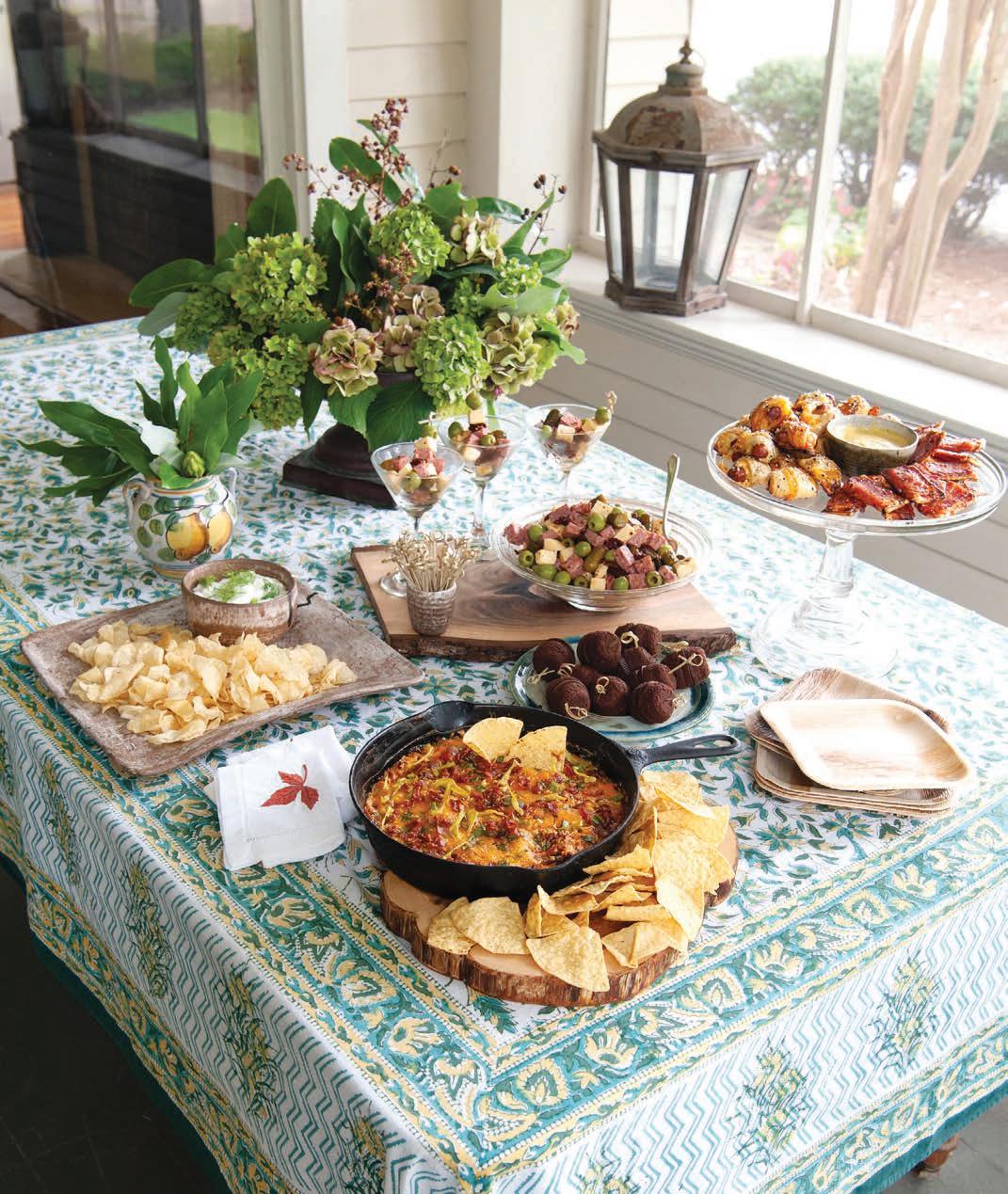
Along with fall, the other “season” that has commenced is football season. And whether it’s SEC, Friday night lights, or NFL, it’s time to tailgate— which no longer means on the back of your truck! From the Junction to the Grove to your porch to the
couch, appetizers reign supreme this time of year. You’ll love this menu which includes a dill pickle dip that’s a simple “blend and enjoy”, elevated pigs in a blanket, a hearty skillet barbecue chicken dip, and more.
This easy, marinated cheese appetizer combines the best of a charcuterie board and your favorite antipasto. Just toss in a bowl and enjoy!
1 cup Havarti cheese, cubed
½ cup sun-dried tomatoes
1 cup salami, diced into cubes
½ cup sweet gherkins, cut into chunks

½ cup Castelvetrano olives
2 tablespoons chopped basil
1 cup of your favorite garlicky vinaigrette
Mix all ingredients in a medium-sized bowl and stir. Cover with plastic wrap and keep chilled until ready to serve. May be served immediately or marinated in an airtight container in the fridge for up to a week
Set out cocktail picks and small serving dishes for guests to serve themselves—we used martini glasses!
The perfect combination of a sweet, smoky, cheesy dip packed with bacon, shredded chicken, red onions, and ranch.
2 tablespoons olive oil
1½ cups rotisserie chicken, shredded
6 strips bacon, diced
1 medium red onion, diced
1 red bell pepper, seeded and diced
⅓ cup mild banana peppers, diced (optional)
¼ cup green onions, diced
1 8-ounce block cream cheese, softened
½ cup sour cream
¼ cup ranch dressing
¼ cup barbecue sauce, plus more for topping
1½ cups cups cheddar cheese, shredded tortilla chips for dipping
Preheat oven to 375 degrees. In a skillet (preferably cast iron) over medium heat, cook diced bacon until crisp. Remove bacon, leaving rendered fat in skillet. Cook red pepper and diced onions until browned and partially caramelized, about 8 to 10 minutes.
In a large bowl, add the cream cheese, sour cream, ¼-cup of barbecue sauce, and ranch. Stir together until smooth and creamy. Add mixture to skillet.
Fold the banana peppers (if desired) shredded chicken, half of the green onions and half of the cheddar cheese into cream cheese mixture. Spread mixture out in skillet. Layer the top with enough barbecue sauce to evenly coat, or to taste.
Add remaining cheese on top and bake uncovered for about 20 to 25 minutes until it’s bubbly on the edges and cheese is melted. Halfway through the bake time, sprinkle the bacon pieces over the cheese.
Serve warm with tortilla chips.



These smoky-sweet bacon crackers are the season’s best pick-up appetizer.
An instant crowd pleaser, the caramelized brown sugar creates soft, chewycrunchy texture perfection!
1 pound thin-sliced bacon
1½ sleeves club crackers (about 44 crackers)
1 8-ounce Parmesan wedge
½ cup brown sugar
1 tablespoon red pepper flakes (optional)
Preheat oven to 300 degrees. Line a baking sheet with parchment paper and place a wire rack on top of the lined baking sheet.
Slice Parmesan wedge into thin slices, approximately the same width and length of the crackers. Similarly, slice the bacon into pieces that also match the crackers’ length.
Assemble by placing a piece of Parmesan onto each cracker, top with bacon, sprinkle with brown sugar, and finally, top with the red pepper flakes, adding a little heat if desired. Repeat with all crackers.

Place each cracker side by side on the wire rack. Bake in the oven for 35 to 45 minutes, rotating the pan halfway through. At 30 minutes, begin checking their doneness. Once the bacon is cooked through and the edges of the crackers begin to brown, they are ready.
Serve warm or at room temperature.
CHEESY, HONEY-MUSTARD PIGS IN A BLANKET
This go-to party recipe is elevated with sharp cheddar cheese and tangy honey mustard.
1 roll refrigerated crescent dough 24 cocktail smoked sausages
Honey mustard sauce of your choice
Slices of sharp cheddar cheese
1 egg plus 1 tablespoon water
Everything Bagel seasoning or poppy seeds
Heat oven to 350 degrees. Spray a sheet pan with baking spray or line with parchment paper.

On the pan, cut each crescent dough triangle into three small triangles or strips. Coat each strip of dough with honey mustard, top with sharp cheddar cheese, and place a sausage on each one before rolling up. Brush tops of dough with egg wash and sprinkle with Everything Bagel seasoning. Bake at 350 for about 30 minutes, until nicely browned.
Serve with extra honey mustard, and enjoy!
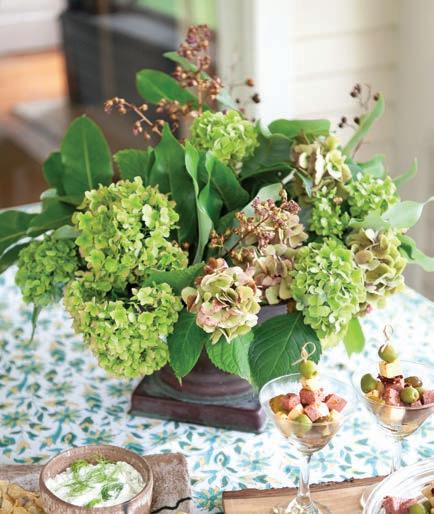
This cool dip is loaded with fresh dill and chunks of pickles in every bite. It’s perfect with veggies, chips, or crackers.
1 8-ounce package cream cheese, softened
½ cup sour cream
¼ cup pickle juice, or more as desired
¼ cup dill pickle, finely chopped
1 tablespoon fresh dill, chopped salt and pepper, to taste
In a medium bowl, stir cream cheese and sour cream until smooth. Gradually, add pickle juice to the cream cheese mixture, mixing well after each addition. Adjust the pickle juice to reach the desired consistency. Stir in chopped pickles and fresh dill. Adjust seasonings to taste. Refrigerate for at least 30 minutes before serving. DM
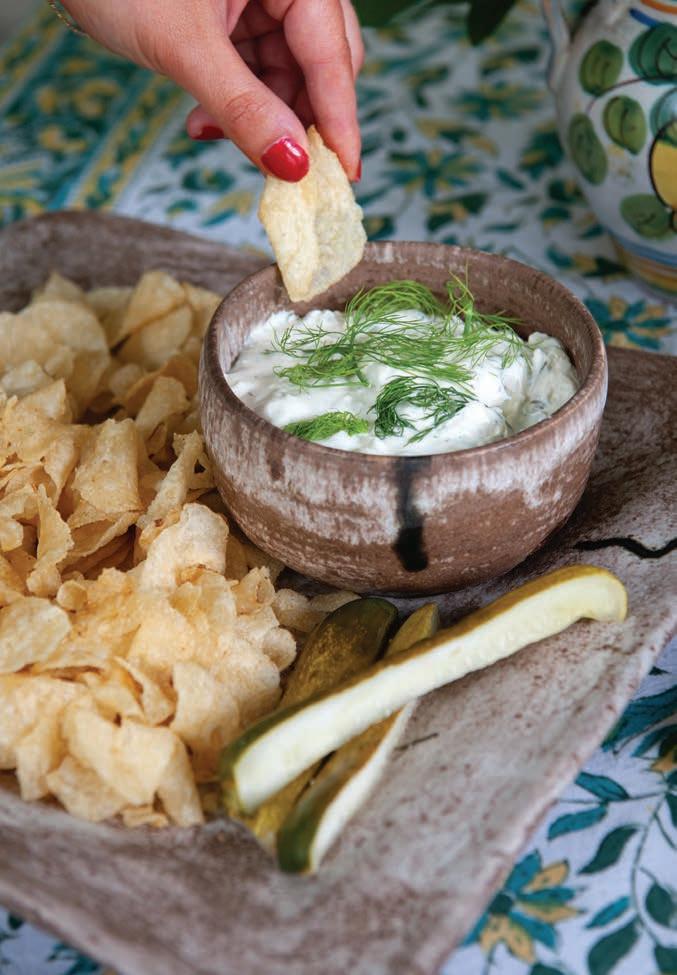
Tip: Feel free to add seasonings as desired, and if fresh dill is unavailable, you can substitute 1 teaspoon of dried dill.
Use a cocktail pick to assemble store-bought brownies and Reese’s peanut butter cups for a sweet treat!


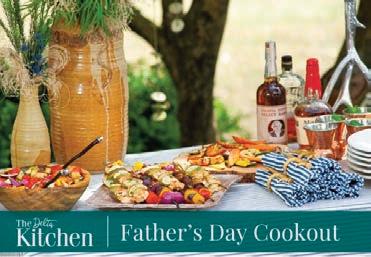

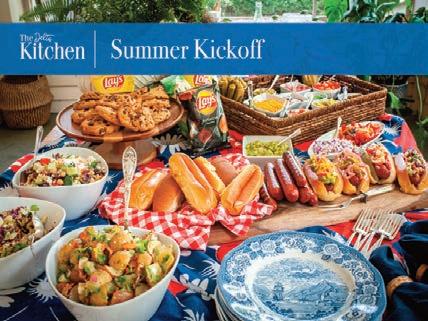


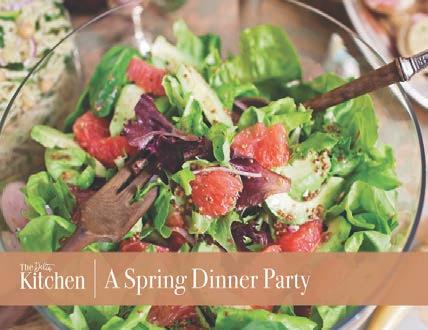



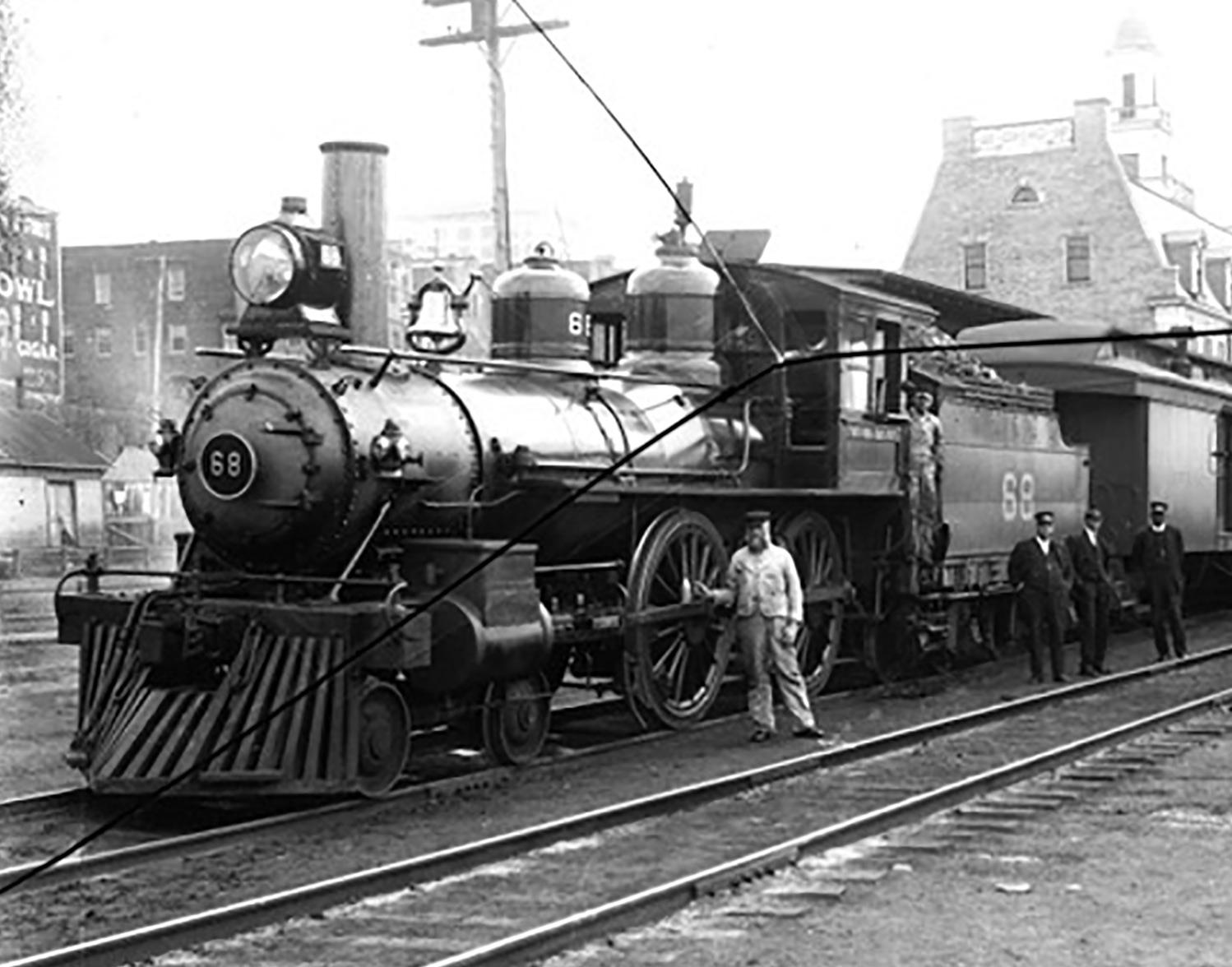

BY WADE S. WINEMAN, JR.
Is there another Mississippi industry more dominated by colorful nicknames than the railroads? In the Delta’s history alone, one can find train nicknames like Peavine, Yellow Dog, North Dog, Cannonball, Cotton Picker, and Bigleben.
Bigleben, you ask? More on that later.
The Peavine Railroad was a branch of the Yazoo & Mississippi Valley Railroad (Y&MV), an Illinois Central (IC) Railroad subsidiary. Originally known as the Kimball Lake Branch, the Peavine connected Rosedale, Boyle, and Dockery—home of Dockery Plantation, widely believed to be the birthplace of the blues. The line was popularized in a song of the same name by blues musician,
Charley Patton who lived at Dockery Plantation. The unique nickname was thought to be inspired by the railroad line’s numerous curves, which conjured up images of climbing pea plants.
The Yellow Dog’s nickname source is more obscure. The railroad’s actual name was the Yazoo Delta Railroad, a short line between Moorhead and Ruleville, later extending to Tutwiler, Mississippi. The company’s existence was brief, from 1897 to 1903, when it was bought out by the
Y&MV. The nickname was probably associated with the railroad’s initials— YD—painted on the sides of its yellow rail cars. Legend has it that, upon seeing the train pass, a plantation worker asked what YD meant. A co-worker responded, “Yaller Dog, I guess.” A less popular theory is that the name was inspired by frequent sightings of a yellow cur dog barking incessantly at passing trains.
“Gone where the Southern cross the Dog” appears as a lyric in W.C. Handy’s composition, “Yellow Dog Blues,” which he copyrighted in 1914, referring to the junction of two rail lines, the Southern R.R., and the Yazoo Delta R.R., in Moorhead, Mississippi.
The northern branch of the Yazoo

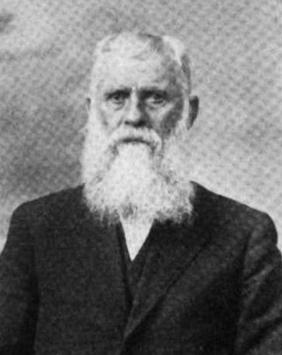
Delta later acquired the name North Dog. The railroad running between Clarksdale and Greenville, a relatively fast route, was given the nickname Cannonball.
Perhaps the most confusing nickname of the bunch was The Bigleben. Hopefully, a brief history of Delta railroading will clarify.
The earliest railroad lines in Mississippi were primarily dummy lines, short lines used in the logging industry. These lines derived their name from the type of steam engine they used, usually known as a steam dummy or dummy engine. According to historian James Fickle, as many as six hundred dummy lines may have been constructed in the entire state. Although dummy lines were used in the Delta, they
were more common in pine regions. The Delta’s swampy interior generally delayed railroad development, especially before the Civil War.
The first major railroad line in the Delta was the Louisville, New Orleans, & Texas (LNO&T), founded in 1882 by railroad magnate C. P. Huntington. Huntington consolidated several smaller lines while building a primary route between Memphis and Vicksburg. The line’s completion in 1884 encouraged the development of numerous small settlements along its tracks, many of which still exist.
These new towns, including Tunica, Clarksdale, Leland, and numerous smaller towns like Stovall, Gunnison, and Benoit, rapidly grew as commerce began shifting from the Mississippi riverfront to the interior. These lines were abandoned long ago, but their paths can still be followed today while driving Highways 1 and 61. Although much of the railroad’s original “dump,” or track bed, has been removed and converted to farm production, scattered remnants still exist alongside the highway.
In 1892, Huntington sold his railroad to the Y&MV, beginning a golden era of railroad construction in the Delta. During the next ten years, Delta railroad mileage increased nearly fourfold, to over eight hundred miles, increasing even more in succeeding years.
Historians would likely agree that Casey Jones was Mississippi’s most famous locomotive engineer. He died in a spectacular train wreck at Vaughan, Mississippi, while attempting to save his passengers from a larger catastrophe because of a stalled locomotive blocking the track.
However, among engineers who operated in the Delta, the choice would likely be the legendary Adam R. Bigleben, who worked much of his career on the Greenville-Vicksburg accommodation of the Y&MV’s Riverside Division. The name Bigleben is of German extraction and is pronounced Big-Lee-Ben, as in Piggly-Ben. Less educated Delta residents often referred to the engineer as Mr. Biggety Ben.
Bigleben’s train ran two routes: daily round trips from Greenville to Vicksburg and returning. One route was by way of Leland, then south to Vicksburg, generally following the route of present-day US
Highway 61. The second line went south from Greenville, generally alongside the route of modern State Highway 1. This second line turned east, the route of closely following today’s MS Highway 16 route to Riverside Junction, two miles north of Rolling Fork. At Riverside Junction, both routes merged, with a single track continuing to Vicksburg. On Y&MV timetables, Bigleben’s train was listed as No. 35 & 36, or No. 135 & 136 (northbound routes were usually assigned even numbers; southbound routes were given odd numbers). His actual locomotive number is thought to have been No. 68.
Before Bigleben joined the Riverside Division, his train was nicknamed the Cotton Picker, appropriately so since one of its routes closely followed the premier band of cotton soils paralleling Deer Creek. After Bigleben took over, however, the train became eponymous with its engineer, becoming widely known as, the Bigleben Train, the Bigleben, or simply the Ben. It would come to be known as the most famous train in the history of the south Delta, if not the entire Delta.
From the Bigleben’s inaugural run in 1894 until its final run in the 1930s— nearly twenty years after its engineer’s retirement—the line was known by no other name than that of its first engineer.

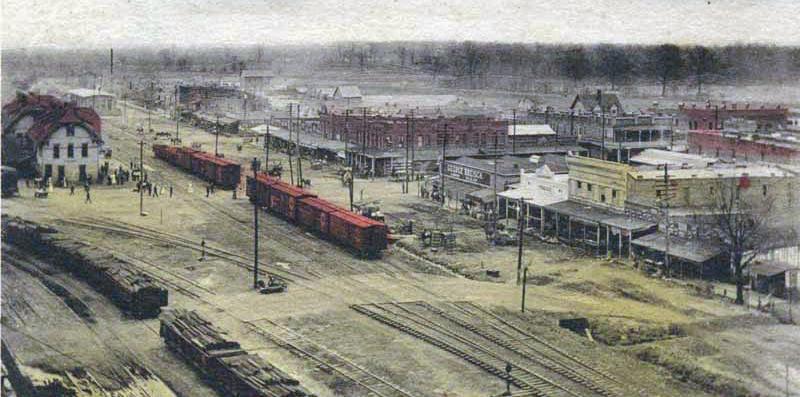
Engineer Bigleben became so famous that a hotel near the Y&MV depot in downtown Greenville—the Avenue Hotel—was commonly called the Bigleben Hotel. The name of the Y&MV Railroad itself faded over time, and the company became widely known as, the Bigleben Railroad.
A trademark of Mr. Bigleben was his Santa Claus-like beard, which could be spotted through his locomotive’s open window, flowing in the wind. He was also known for his perfectionism and dependability, keeping his trains meticulously on schedule and rarely arriving late. It was a common belief that timepieces could be set by the sound of the approaching Ben’s whistle.
A 1922 article in the Illinois Central Magazine, six years after Bigleben’s retirement, read, “As an engineer, Mr. Bigleben was painstaking and exact. He always wanted his engine to be well-kept, and woe to the fireman who did not cooperate in keeping it spic and span!” A
1916 article in the same magazine mentioned that, during one period of his career, Bigleben made 993 continuous round trips between Greenville and Vicksburg without losing a single day.
A letter in 1915 from a Y&MV superintendent to his superior in Memphis said this about Bigleben: “We have engineers on the Vicksburg Division who are very much interested in fuel economy. A number of gratifying records have been made. The most efficient performance, however, was made by Engineer A. R. Bigleben, trains 35 and 36, 135 and 136, between Greenville and Vicksburg; June 18th to 20th, inclusive. Actual miles, 460, including fire maintained during layover periods at Greenville and Vicksburg. Total amount of coal consumed nine (9) tons. This is the most remarkable record for fuel efficiency which has come to our notice since we have been connected with the system; especially when the fact is taken into consideration that this train performs local service exclusively and made 153
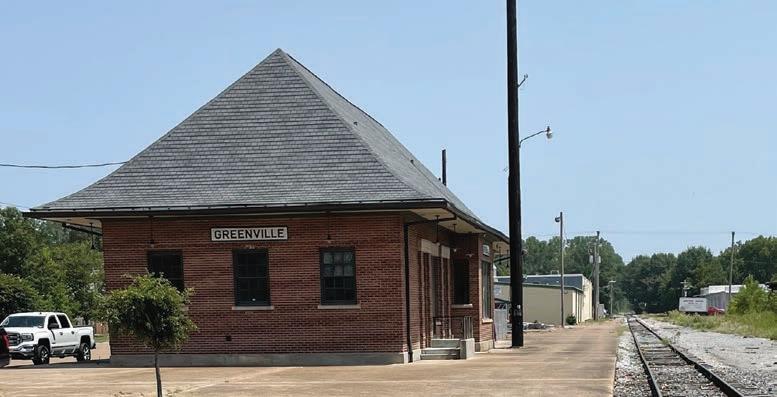
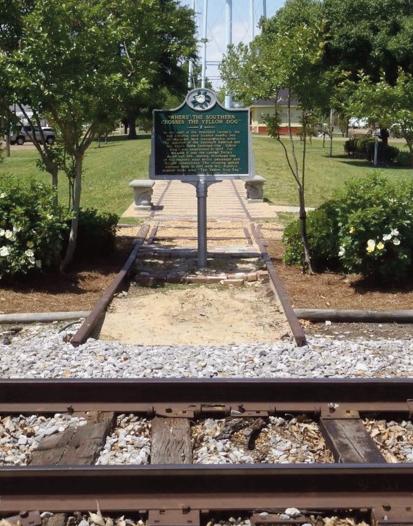
stops during the period referred to.”
One of Bigleben’s greatest exploits occurred on the way to Vicksburg during the major flood of 1903. When suddenly trapped by rising water between Rolling Fork and the Yazoo River, he feared his train might become stranded indefinitely in the backwater. Not easily defeated, he brazenly inched his train forward, water lapping almost to his locomotive’s firebox. Somehow, he managed to get through without damage. Although he experienced a rare late arrival in Vicksburg, Bigleben’s fame spread throughout the state when the Jackson Daily News described the event.
Born in Pittsburgh in 1848, Bigleben began his career in 1869 as a brakeman on the Louisville & Nashville RR (L&N) at
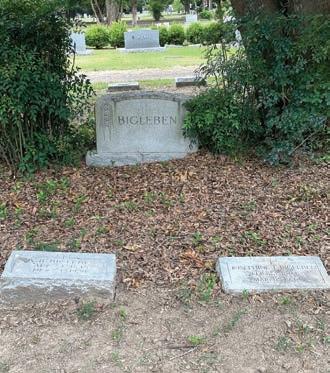
Bowling Green, Kentucky. He became a fireman in 1873, and in 1879, he was promoted to engineer in charge of track laying. Following L&N’s purchase of the Mobile & New Orleans RR (M&NO) in 1881, he became a freight engineer with M&NO. After a consolidation of lines by C.P. Huntington in 1883, he was assigned to the Louisville, New Orleans & Texas RR and moved to Memphis. In 1887, Bigleben was named first engineer on the LNO&T’s passenger route between Memphis and Vicksburg.
Following the Y&MV’s purchase of the LNO&T in 1894, Bigleben was assigned to the Greenville-Vicksburg accommodation of its Riverside Division, operating the train that eventually bore his name. Before his arrival, locals had facetiously used the railroad’s initials as an acronym for “Late and Never On Time.” With Bigleben’s arrival, however, the railroad’s dubious reputation soon faded. He quickly transformed the routes into models of punctuality, consistently making round trips within nine hours, including forty stops each way, and with a four-hour layover in Vicksburg.
Before moving to Greenville, Bigleben lived briefly in Vicksburg, working as an engineer, while his wife managed the Washington Hotel near the railroad tracks. Later that year, the couple was transferred to Leland, where she managed the Railroad Hotel, occupying the upper floors of Leland’s Y&MV depot. After a brief stay in Leland, the Biglebens moved to Greenville, where they spent the rest of their lives.
The Biglebens had ten children, only five surviving to adulthood. One of the five was a daughter named Christine, who would later marry and become Christine Henry, mother of Bobby Henry, Greenville’s greatest hero, who posthumously received the Medal of Honor for his actions in Germany during World War II.
Adam Bigleben enjoyed a life of prosperity in his later years. He had received a good salary as a first engineer, but much of his affluence resulted from wise real estate investments. In addition to owning property in Memphis, in 1898, he purchased four hundred acres of land west of Wilmot, Mississippi, from the railroad for only four dollars an acre, selling it twenty years later for $66.50 an acre. In the meantime, he had built a sawmill and

cut $1,900 worth of timber from the property, which exceeded his original investment by three hundred dollars. It appears Bigleben was as careful with his finances as he was with his train.
No other engineer in Delta history achieved the legendary status of Adam R. Bigleben. After experiencing health problems, he retired from the Y&MV on June 1, 1916, at age 68. Bigleben died in Greenville on December 4, 1929, and was buried at Greenville Cemetery. In 1943, his heroic grandson was buried nearby. DM
(Thanks to Daryl Lewis, Leland, Mississippi; Clinton Bagley (MDAH); Jordan Rushing and George Bolm of Vicksburg’s Old Courthouse Museum; and David Price and Tony Howe of msrailroads.com. for contributing to this article).
I think I heard the pea vine when it blowed
I think I heard the pea vine when it blowed
It blow just like my rider gettin’ on board…
Well, the levee sinkin’, you know I... (Baby, you know I can’t stay)
The levee is sinkin’, Lord, you know I gotta go
I’m goin’ up the country, mama, in a few more days ...














Moulin Rouge! The Muscial, October 29– November 3

MJ, September 17–22

Paw Patrol Live!, September 17–18
September 1, 5 pm Memphis
Tom Segura: Come Together Orpheum Theatre orpheum-memphis.com
September 1, 8 pm Tunica
Justin Hinson Band
Sam’s Town Casino Resort samstowntunica.com
September 6, 7:30 pm Memphis
Nick Black-The Mad Album Halloran Centre orpheum-memphis.com
September 6–7, 5 pm Cleveland
38th Annual Pig Pickin’ Statesmen Park dsupigpickin.com
September 7 Olive Branch
Bucking in the Branch 2
George M. Harrison Municipal Soccer Complex visitdesotocounty.com
September 10, 7:30 pm Southaven
The Smashing Pumpkins
BankPlus Amphitheater at Snowden Grove visitdesotocounty.com
September 12, 7 pm Memphis
Memphis Songwriters Series Halloran Centre orpheum-memphis.com

Tom Segura: Come Together, September 1
September 12, 8 pm Memphis
Patti Labelle Orpheum Theatre orpheum-memphis.com
September 12, 5:30 pm Starkville
Hardy
Duby Noble Field starkville.org
September 13 Southaven
Tamia & Joe Landers Center visitdesotocounty.com
September 13–14, 5 pm Clarksdale
Mighty Roots Festival Stovall Farms mightyrootsfestival.com
September 13–14, 5 pm Horn Lake
2nd Annual Cowboy Up Rodeo Latimer Lakes Park visitdesotocounty.com
September 13–14 Oxford Oxford Blues Fest
Lafayette County Multipurpose Arena visitoxford.com
September 14, 6 pm Vicksburg Line Dance Party
Southern Culture Heritage Foundation visitvicksburg.com

Roots Festival, September 13–14
September 14 Jackson Mississippi Book Festival Mississippi State Capitol msbookfestival.com
September 14, 9 am Grenada Grenada’s Downtown Jubilee Downtown Grenada visitgrenadams.com
September 15, 3 pm
Disco Detective Halloran Centre orpheum-memphis.com
September 16, 6:30 pm
Memphis
Brandon Creed
Brandon Amphitheater brandonamphitheater.com
September 17–18
Jackson Paw Patrol Live!
Mississippi Coliseum visitjackson.com
September 17–22 Memphis MJ
Orpheum Theatre orpheum-memphis.com
September 19, 7 pm Brandon Cody Jinks
Brandon Amphitheater brandonamphitheater.com
September 19, 6 pm Vicksburg Supper on the Sip
Old Mississippi River Bridge unitedwayvicksburg.org/sip
September 19–20
Cleveland LeAnn Rimes
Bologna Performing Arts Center bolognapac.com

September 19–29 Southaven Mid-South Fair Landers Center visitdesotocounty.com
September 20, 7 pm Starkville unTapped Downtown Downtown Starkville starkville.org
September 20-21, 5:30 pm Yazoo City
The Blue Front Cafe
76th Anniversary Party Blue Front Cafe visityazoo.org
September 21 Greenville
47th Annual Delta Blues & Heritage Festival Washington County Convention Center and Fairgrounds deltabluesms.org
September 22 Jackson Kevin Hart
Thalia Mara Hall thaliamarahall.net
September 25, 7:30 pm Memphis Avatar: The Last Airbender Orpheum Theatre orpheum-memphis.com
September 26 Greenville 18th Annual Gumbo Nationals Greenville Speedway greenvillespeedway.net
September 27, 5 pm Olive Branch Oktoberfest 2024 Mississippi Alehouse & Brew Pub visitdesotocounty.com

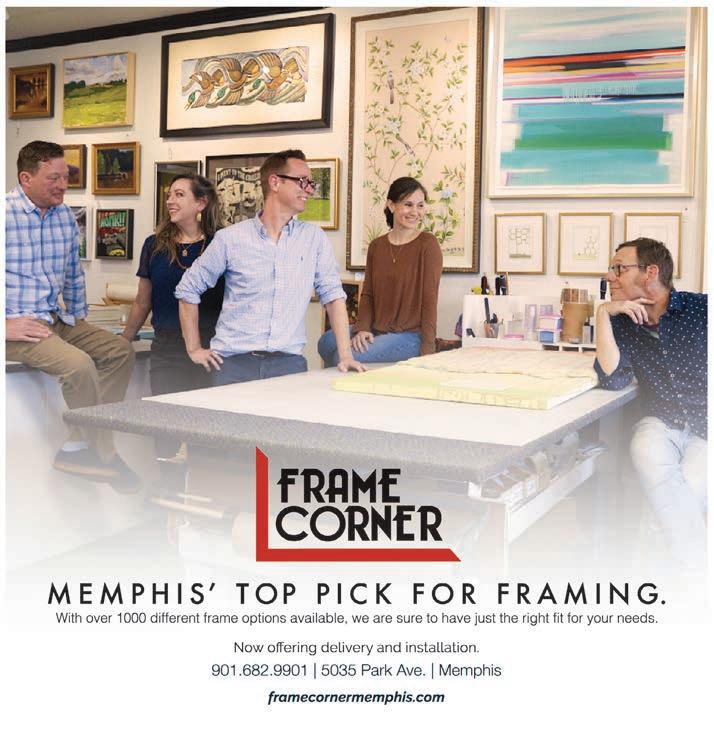






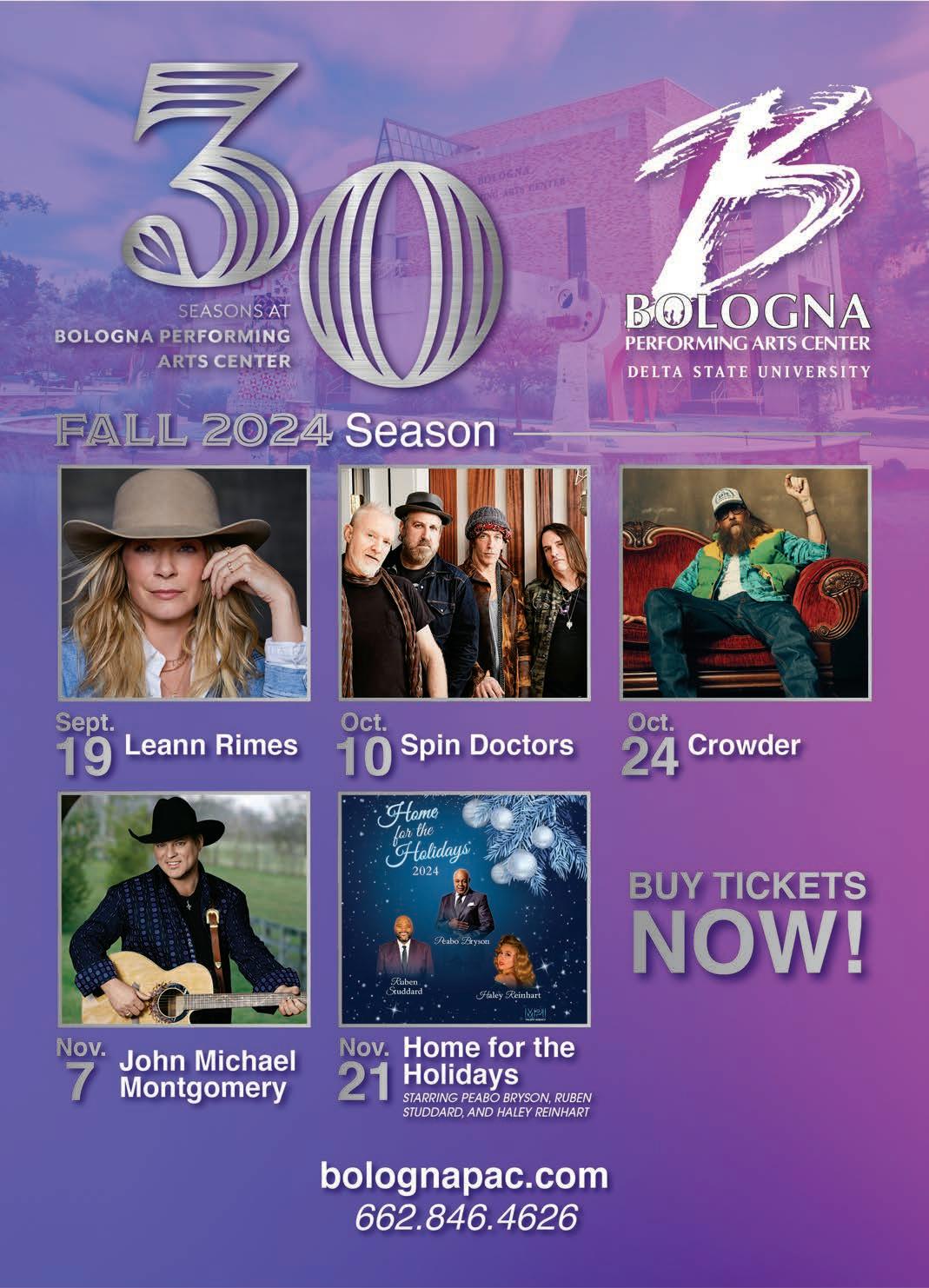
September 27, 7:30 pm
Southaven Megadeth BankPlus Amphitheater at Snowden Grove visitdesotocounty.com
September 28, 7 pm Memphis Miranda Lambert AutoZone Park ticketmaster.com
Septemeber 28, 8 pm Tunica Marshall Tucker Band Horseshoe Tunica Hotel & Casino caesars.com/horseshoe-tunica
September 28, 9:30 am Jackson 40th Annual Wellsfest Jamie Fowler Boyll Park visitjackson.com
September 28, 9 am Hernando Water Tower Festival DeSoto County Courthouse visitdesotocounty.com
September 28, 5 pm Hernando Craft Beer & Flower Festival Cedar Hill Farm visitdesotocounty.com
September 28, 8 pm Memphis Bill Maher Orpheum Theatre orpheum-memphis.com


October 2, 6 pm
Southaven Disney Junior Live! Landers Center visitdesotocounty.com
October 3, 7 pm
Memphis Joe Gatto Orpheum Theatre orpheum-memphis.com
October 3–14
Mississippi State Fair MS State Fairgrounds msstatefair.com
October 4, 8 pm
Sturgill Simpson Brandon Amphitheater brandonamphitheater.com
Jackson
October 4–5, 7:30 pm Carrollton Carrollton Pilgrimage & Pioneer Day Festival Lexington Street carrollcountyms.org
October 5, 11 am Horn Lake Bullfrog Festival Latimer Lakes Park visitdesotocounty.com
October 5, 10 am Clarksdale Hopson Pumpkin Pickin’ Festival Hopson Hospitality hopsonhospitality.com
Brandon
October 5, 8 am Vicksburg 41st Old Court House Museum Fall Flea Market Old Court House Museum visitvicksburg.com

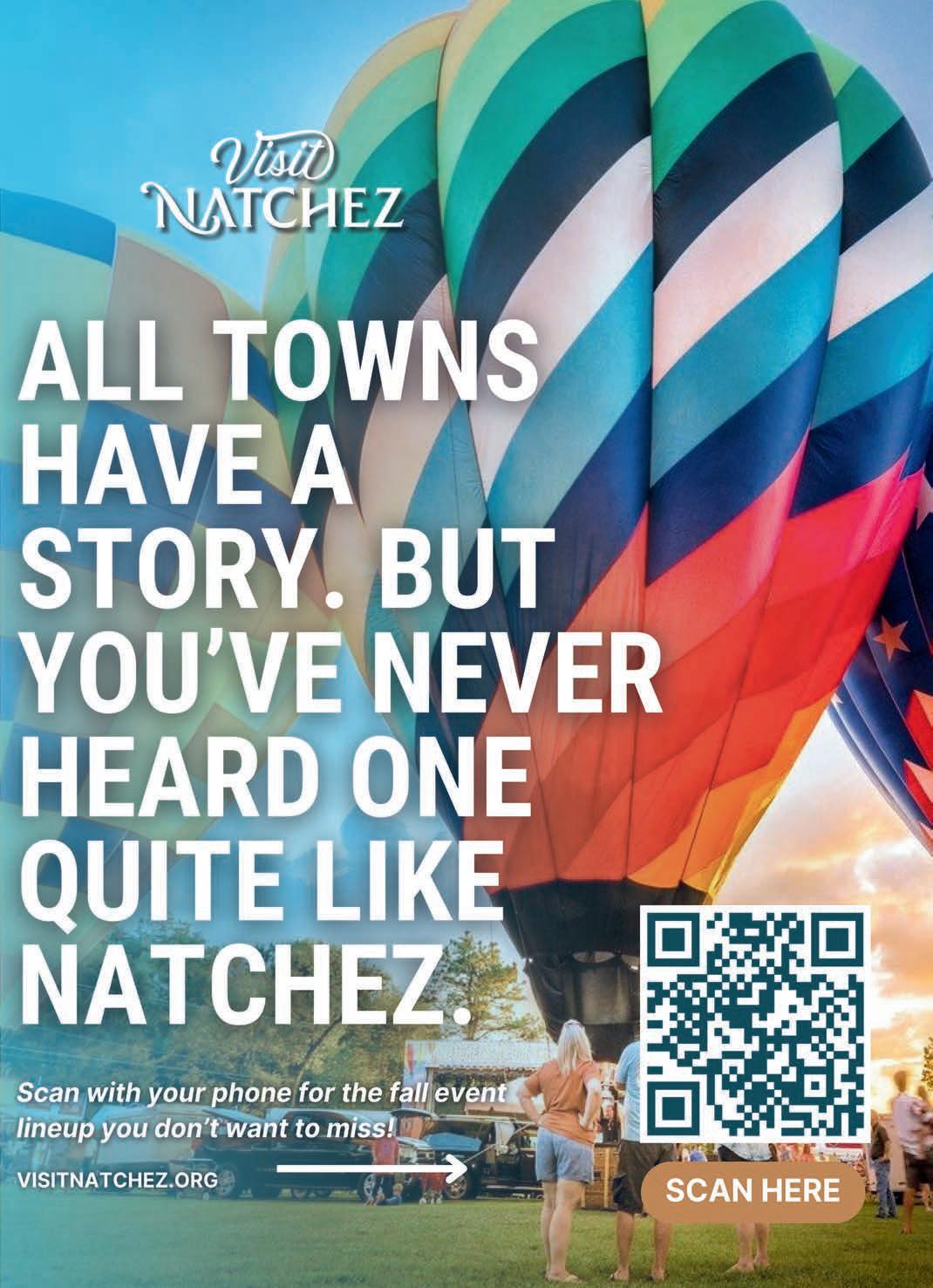
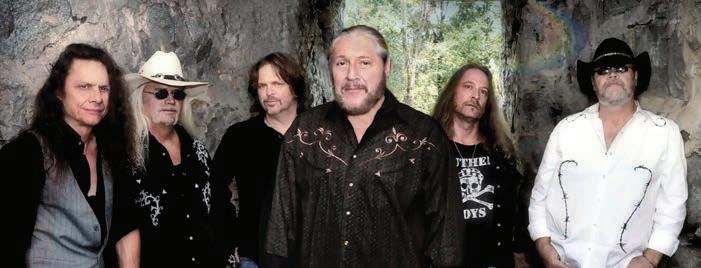
October 5, 1 pm Leland 23rd Annual Highway 61 Blues Festival Downtown Leland highway61blues.com
October 5, 11 am Vicksburg Oktoberfest 2024 Key City Brewing Co. visitvicksburg.com
October 5, 8 am Vicksburg
14th Annual Bricks and Spokes Downtown Vicksburg raceroster.com
October 5, 2 pm Memphis Sesame Street Live! Orpheum Theatre orpheum-memphis.com
October 8–13 Memphis Girl From The North Country Orpheum Theatre orpheum-memphis.com
October 10, 7:30 pm Southaven Boys II Men with Robin Thicke BankPlus Amphitheater at Snowden Grove visitdesotocounty.com
October 10, 7 pm Brandon Jon Pardi
Brandon Amphitheater brandonamphitheater.com
October 10, 7:30 pm Cleveland Spin Doctors
Bologna Performing Arts Center bolognapac.com
October 10–12, 6 pm Helena King Biscuit Blues Festival Downtown Helena kingbiscuitfestival.com
October 11, 10:30 am Cleveland 6th Annual EXTRA TABLE Empty Bowls Delta Arts Alliance extratable.org
October 11, 7 pm Tupelo Brantley Gilbert
Cadence Bank Arena cb-arena.com
October 11–12, 1 pm Cleveland Octoberfest Downtown Cleveland octoberfestms.com
October 12, 8 am Vicksburg 36th Annual Over the River Run Old Mississippi River Bridge visitvicksburg.com
October 12, 9 am Hernando
Fall Art Festival
DeSoto Arts Council visitdesotocounty.com
October 12, 7 pm Southaven 85 South Comedy Show Landers Center visitdesotocounty.com
October 12, 2 pm Cleveland 2nd Annual Busch Classic Luxe Day Party Lyric Hotel West End eventbrite.com
October 13, 9 am Clarksdale Cat Head Mini Blues Festival/ Super Blues Sunday Downtown Clarksdale cathead.biz
October 13, 10 am Clarksdale Bluesberry’s October Fest Bluesberry Cafe facebook.com/BluesberryCafe/
October 17–19, 11 am Clarksdale 32nd Mississippi Delta Tennessee Williams Festival Downtown Clarksdale deltawilliamsfestival.com
October 15, 7:30 pm
The Black Crowes
Southaven
BankPlus Amphitheater at Snowden Grove visitdesotocounty.com
October 16, 7 pm Memphis
A Hard Day’s Night Halloran Centre orpheum-memphis.com
October 17, 7 pm
National Civil Rights Museum’s 33rd Freedom Award Orpheum Theatre orpheum-memphis.com
October 17–19
Delta Hot Tamale Festival
Downtown Greenville mainstreetgreenville.com
Greenville
Memphis
October 17–20, 5:30 pm Clarksdale
Deep Blues Festival
New Roxy Theater/Shack Up Inn deepbluesfest.com
October 18, 7:30 pm Jackson Kansas
Thalia Mara Hall thaliamarahall.net
October 18, 5:30 pm Starkville Fall unWINE Downtown Downtown Starkville starkville.org
October 19, 7:30 pm Brandon Dwight Yoakam
Brandon Amphitheater brandonamphitheater.com
October 19, 7 pm
Ali Siddiq
Thalia Mara Hall thaliamarahall.net
October 19, 6 pm
Kidz Bop Live 2024
Jackson
Southaven
BankPlus Amphitheater at Snowden Grove visitdesotocounty.com
October 19, 7:30 pm
Memphis
The Second City: 65th Anniversary Show Halloran Centre orpheum-memphis.com
October 19 Merigold Other Fest
Downtown Merigold facebook.com/OtherfestMississippi
October 20, 4 pm
Kidz Bop Live 2024
Brandon Amphitheater brandonamphitheater.com
October 24, 6 pm
Brandon
Cleveland
Ducks Unlimited Bolivar County Dinner
The Warehouse fieldpost.com
October 24, 7:30 pm
Cleveland Crowder
Bologna Performing Arts Center bolognapac.com
October 24–27, 7 pm Clarksdale Hambone Festival & Related Events
Downtown Clarksdale stanstreet.com/hambone-festival/
October 25–26, 5 pm Clarksdale
Cruz’n the Crossroads Cars & Truck Show
The Stage visitclarksdale.com

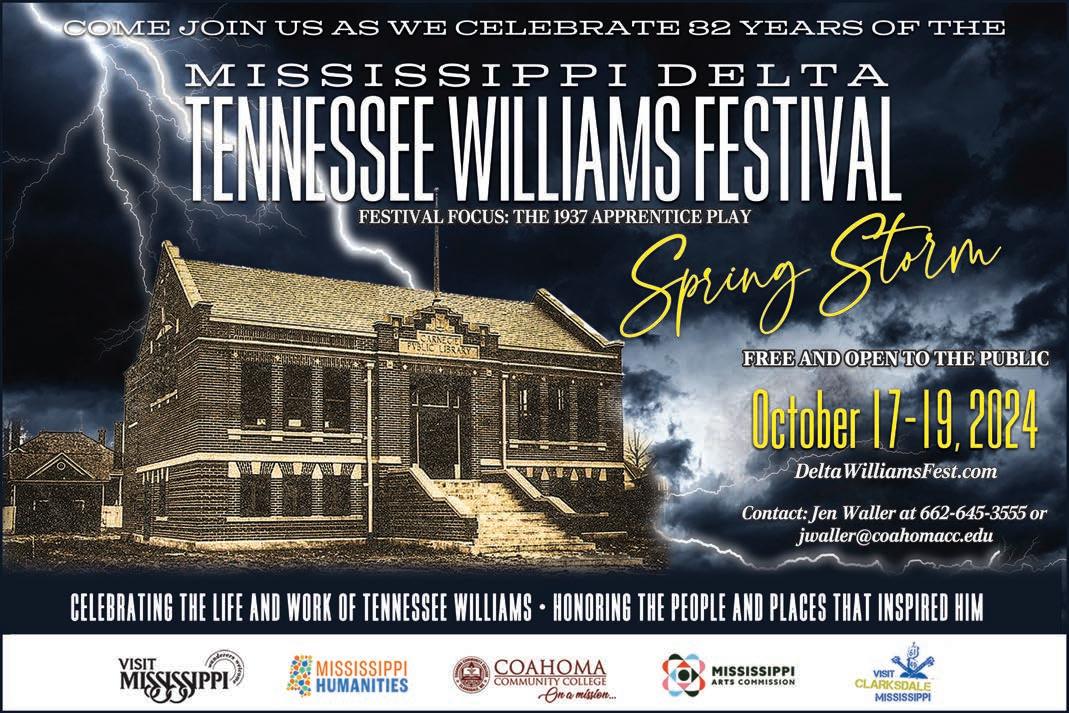
October 26, 11 am Jackson BankPlus Red Beans & BBQ Festival Belhaven Town Center stewpot.org
October 26, 7:30 pm Jackson
Mississippi Symphony Orchestra’s Pops 1 Thalia Mara Hall thaliamarahall.net
October 26 Vicksburg
Spooky Spirit Vicksburg Catholic School Stadium visitvicksburg.com
October 26, 6 pm Vicksburg Tunnel of Terror Haunted House
Southern Culture Heritage Center eventbrite.com
October 27, 3 pm Memphis
The Queen’s Regency Ball Halloran Centre orpheum-memphis.com
October 29–November 3 Memphis Moulin Rouge! The Musical Orpheum Theatre orpheum-memphis.com
October 30, 9:30 am Cleveland Dino-Light Bologna Performing Arts Center bolognapac.com
Scott Phillips with Ace Atkins The Devil Raises His Own
September 1, 6 pm: Off Square Books
Anthony Thaxton with Amy Bryant Thaxton & Robert St. John Eudora

September 5th, 4:30 pm: Lemuria Books
Brad & Kristi Montague Fail-A-BrationSpecialStoryTime!
September 8, 2 pm: Novel, Memphis
Richard Grant
RaceToTheBottomOfCrazy
September 10, 4:30 pm: Cathead Distillery
Anne Byrn BakingintheAmericanSouth
September 10, 6 pm with Kat Gordan: Novel, Memphis
September 11, 5:30 pm with Mary
Beth Lasseter: Off Square Books
September 12, 5 pm: The Eudora Welty House, Jackson


Coinneach Macleod
At Home: Flavors & Folklore from the Scottish Islands
September 11, 6 pm: Novel, Memphis
Minrose Gwin with Jamie Quatro

SquareBooksPresents:AConversationwith MinroseGwin&JamieQuatro
September 16, 5:30 pm: Off Square Books
Marion Barnwell with Lovejoy Boteler AllTheThingsWeDidn’tSay
September 19th, 5 pm: Lemuria Books
Wright Thompson The Barn
September 24, 5:30 pm: Off Square Books
David Magee ALittleCrazy
September 24th, 5 pm: Lemuria Books
Sophie Hudson AFineSighttoSee
October 1, 6 pm: Novel, Memphis
Austen Abbott SmallTownLiving
October 3rd, 5 pm: Lemuria Books
Marshall Ramsey SavingSam
October 5th, 10 am: Lemuria Books DM
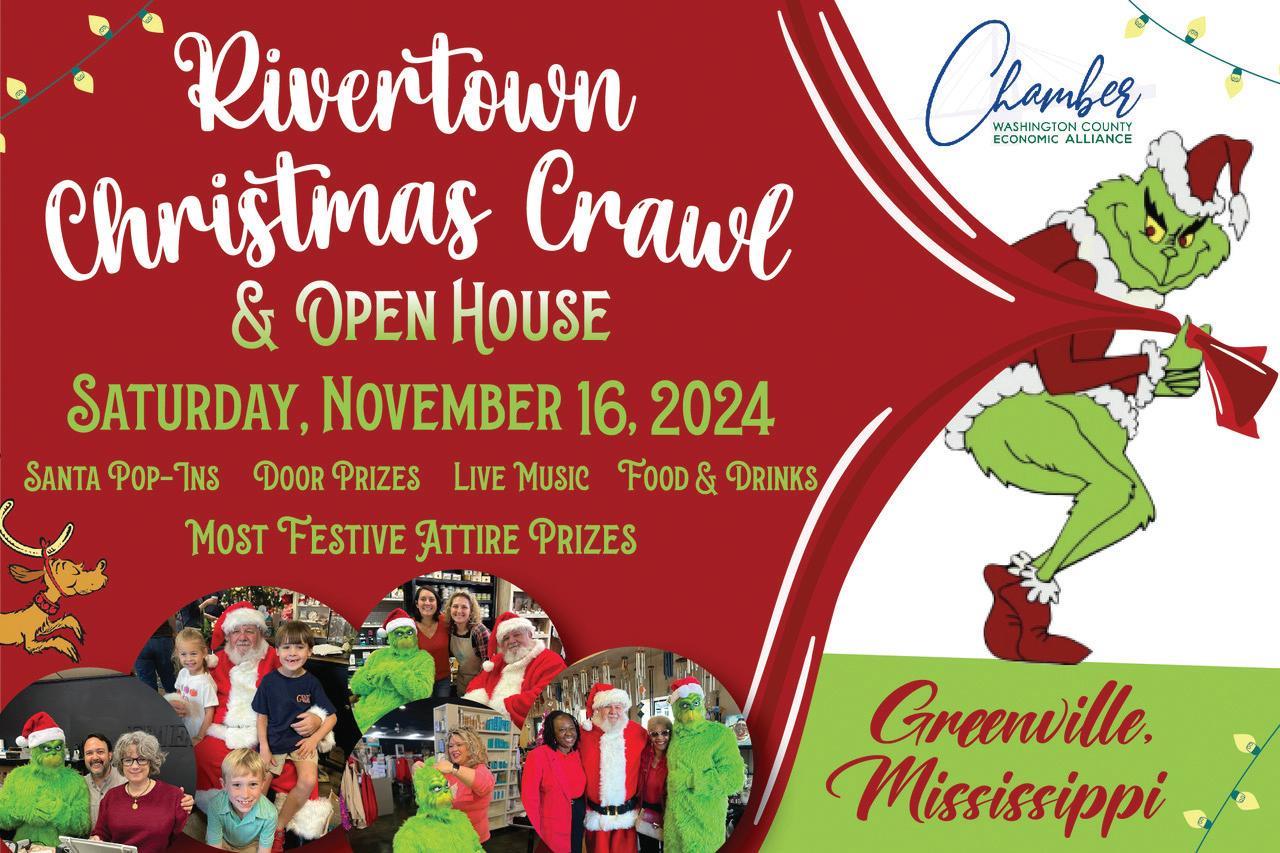



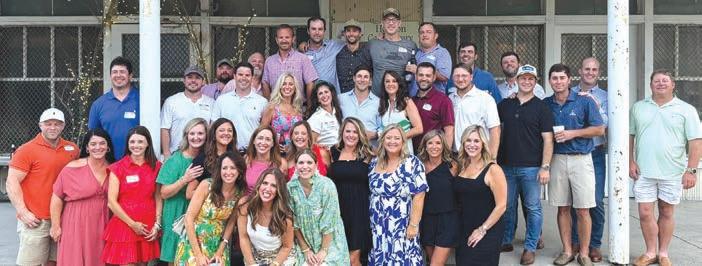
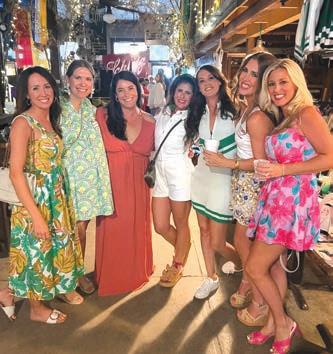
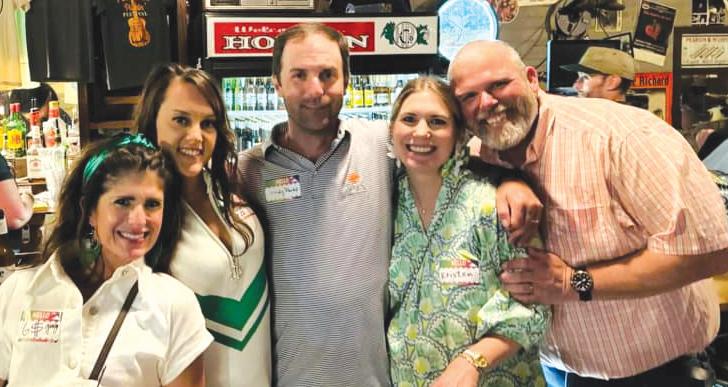

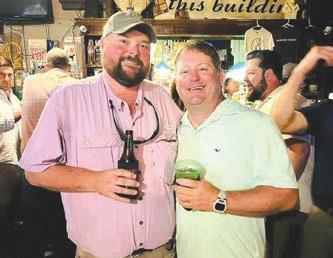



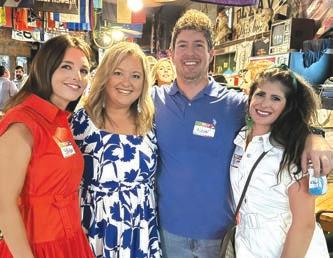
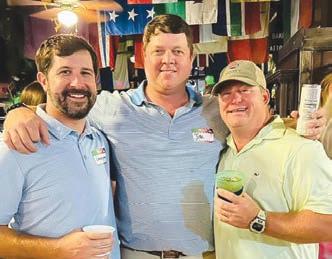
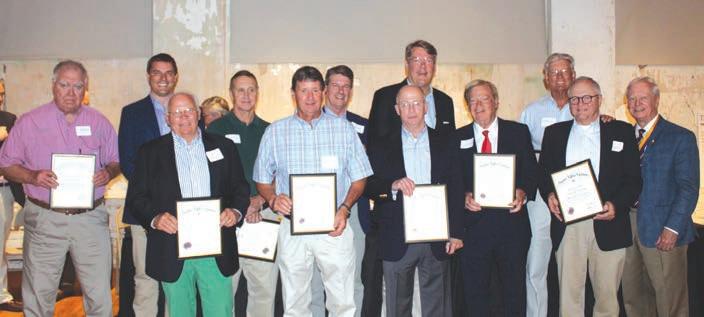
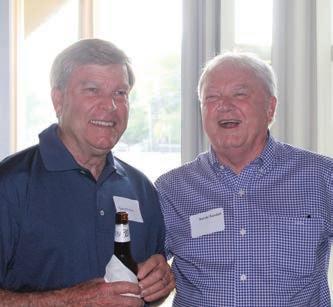
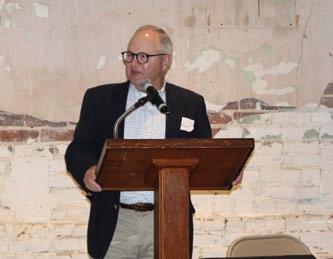


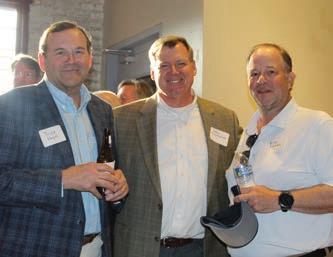
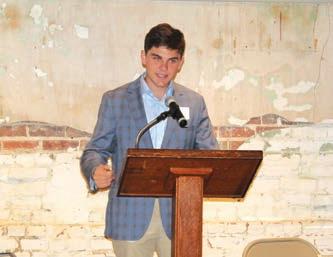



The 2024 Bikes Blues & Bayous Race in Greenwood on August 3
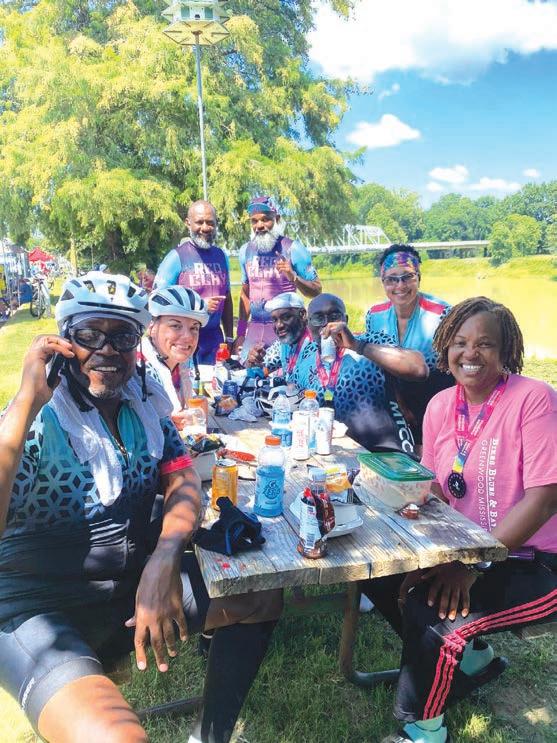

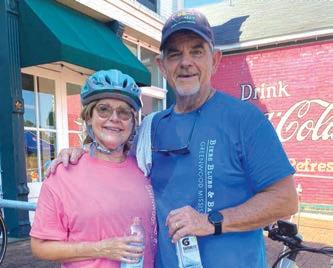
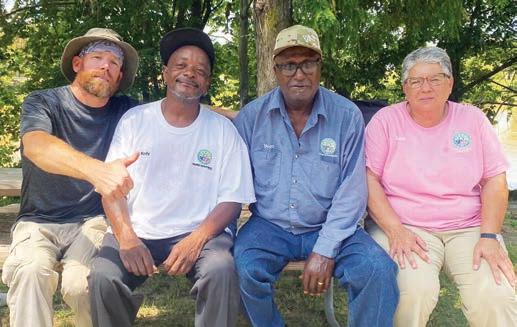





Greenville Chamber of Commerce Business After Hours event at E. E. Bass
Cultural Arts Center in Greenville on July 25.
Region’s Foundation check presentation to Delta Compass reception at
Mississippi Delta Community College Greenville campus on July 9
Greenville Chamber Business After Hours at The Belmont 1857 on June 24
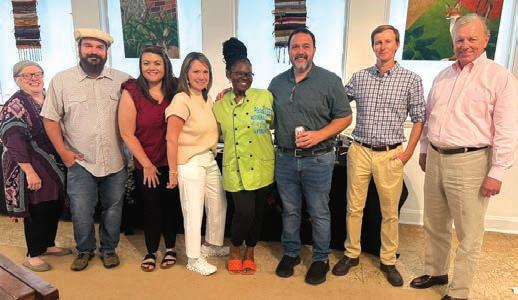

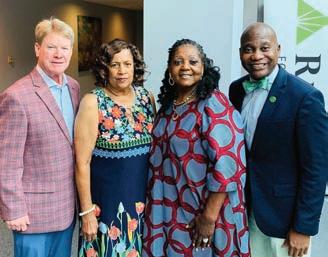

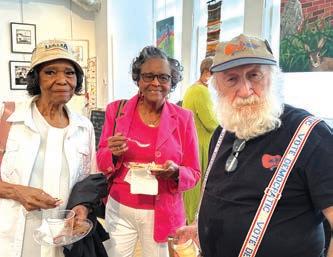
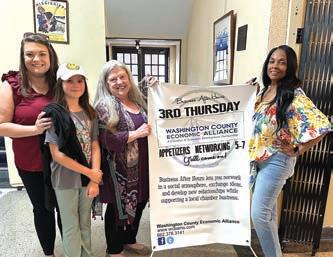



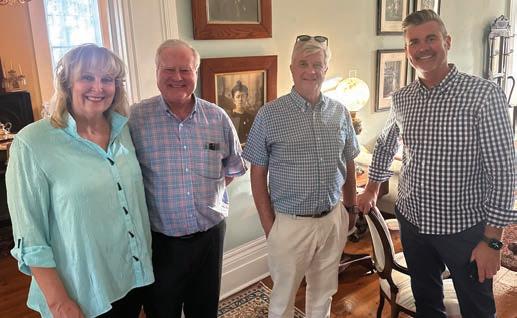
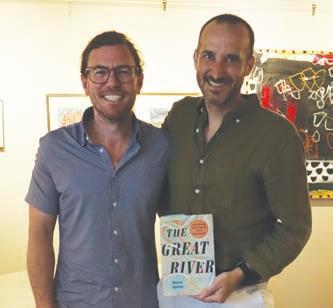
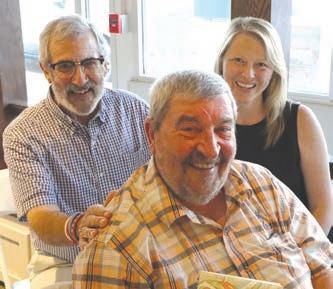
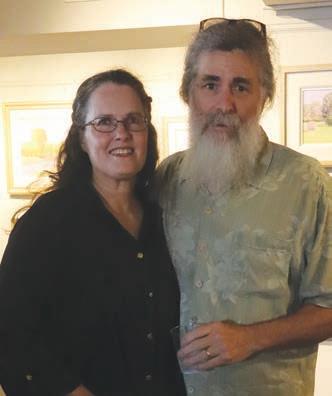
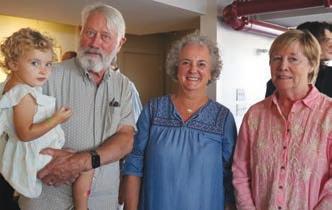
Book signing of The Great River by Boyce Upholt at Delta Arts Alliance in the Ellis Theater in Cleveland on July 2
“Chasing the Light” art exhibit for Bill Abel at the Delta Arts Alliance on August 9
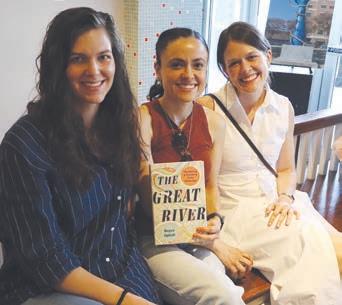
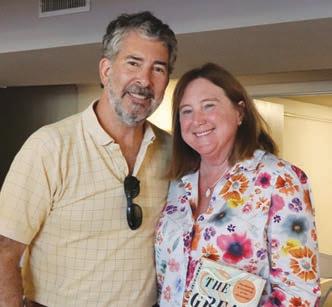
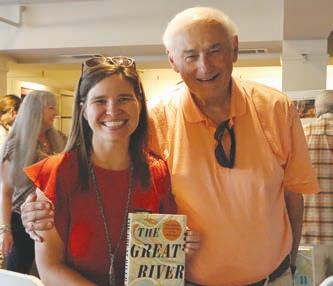

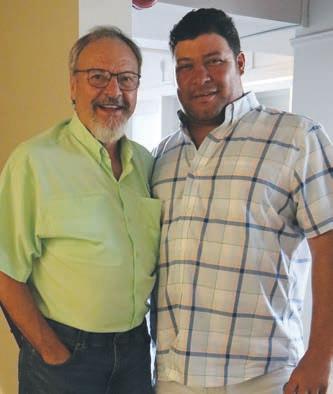
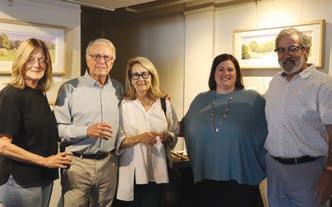


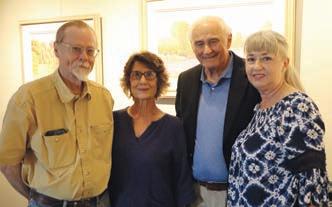
Mississippi Country Music Trail Marker unveiling at Grammy Museum Mississippi in Cleveland on July 16. Photos by Jack
A selection of photos by Delta Magazine readers
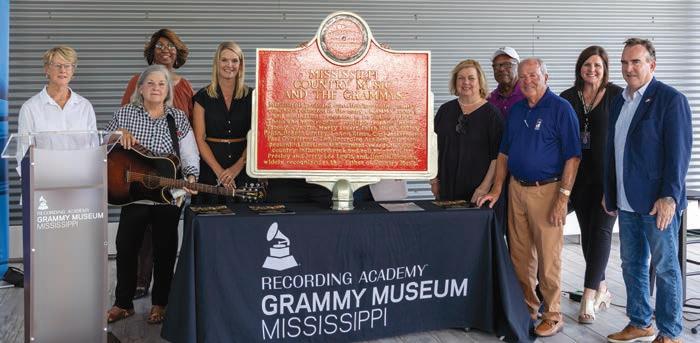
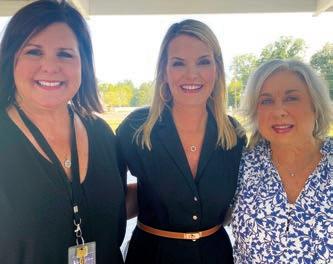
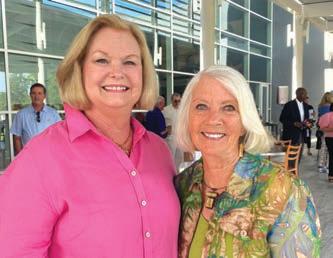


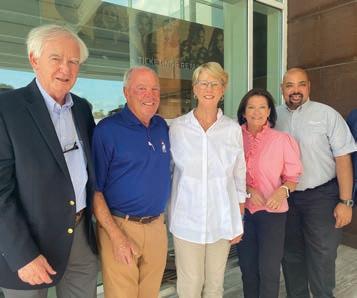
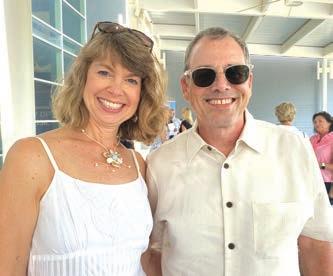
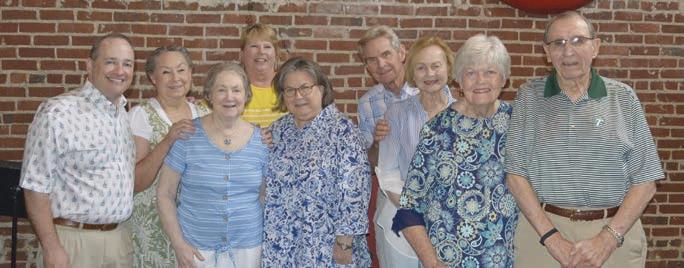
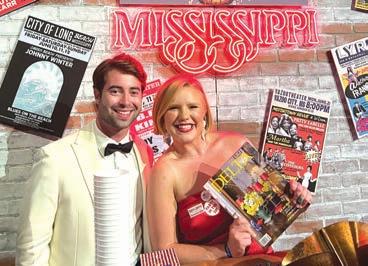



There were locust husks covering a giant tree trunk, which had a white bench seat wrapped around its great base in the open backyard of the planter’s home. We had our luncheon there while people gathered in loose groups while we kids played freely. And later, in the early darkness of evening, we kids poled around a small lake in a leaky, old wooden Jon boat by the glow of a giant bonfire where, again, the grownups were in loose groups with refreshing drinks and the camaraderie of friends that gather year after year.
The shoot had been between luncheon and sundown beverages; our post was my favorite log in the rough edge of the field. I was just a retriever then, though I wore a pair of chrome six-shooter cap guns like Audie Murphy. Soon enough came the year I carried the harmless .410, followed soon thereafter by the 20-gauge pump with which I learned to wing shoot, though I would have learned more quickly with a single shot.
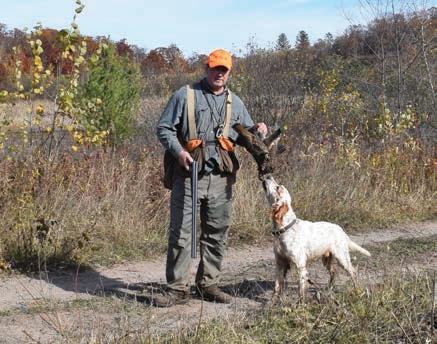
Where I was born and raised, our dove shoots marked the end of the planting season, the beginning of Ole Miss football, the harvest, and all the good hunting to come. It was how we learned to wing shoot when young and how we brushed up before duck season for the rest of our lives. The best dove shoots were usually hot and dry, but back in the Delta, we’re known for our refreshments,
BY JAMES TAYLOR WEBB
so it all worked out. These were gentle people, and in my mind, it seemed an easy life.
Dad, with his old pump, was always the best shot on the field, but that good fella didn’t want anyone to miss their chance. I remember him calling to others, “Over ya, Fred, over ya!” while I sat thinking, “Why don’t you hold it down, and maybe I’ll get a little shooting.” About then, I’d hear that telltale sound of wingbeats, that distinctive whistle of dove wings when wheeling away behind you.
I learned young the sound of wingbeats. There were the ducks of December while I tried not to look up at them but usually did, and later in life, I was amazed that in our winter sky, it seemed that at any time of night, you might step out, there were wingbeats, flights of geese against winter stars. They never came near our duck blinds, though, always landing out on the Mississippi River sandbars I presumed, where Nash Buckingham once dug his sandpits and shot them up high with Bo Whoop!
I knew the blur of quail rising in covey and later the ripping, uncoiling spring that was the partridge of The Northwoods, usually followed by two quick shots through tangles and golden aspen leaves. But I’ll never forget the whistle of dove wings that left a sick feeling inside, of something lost, of a chance not taken. For they stole away while I whirled around, looking behind me, trying to spot the bird, always just a bit too late.
“Over ya, Fred, over ya!” It was all for fun, and we had fun. DM




